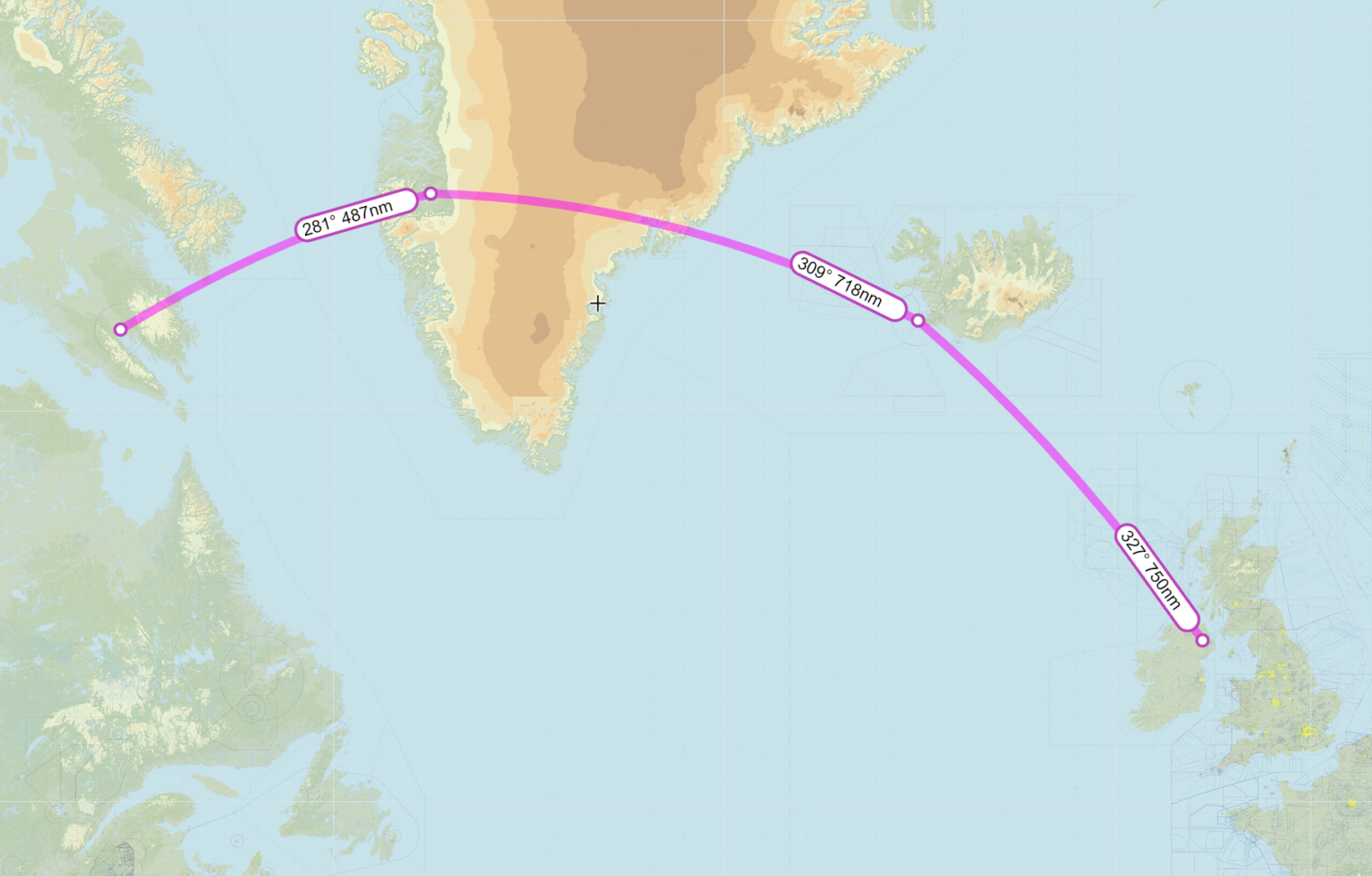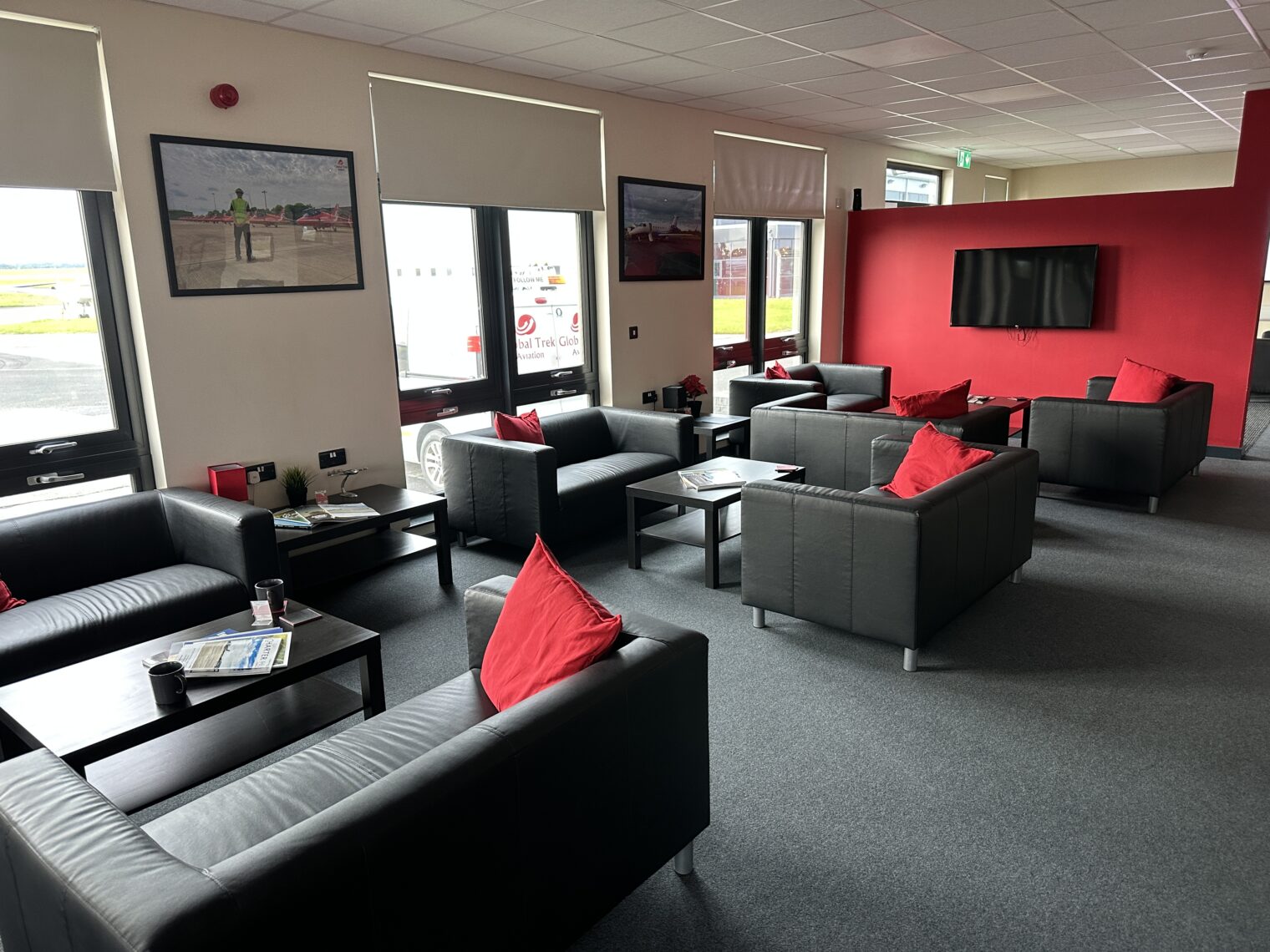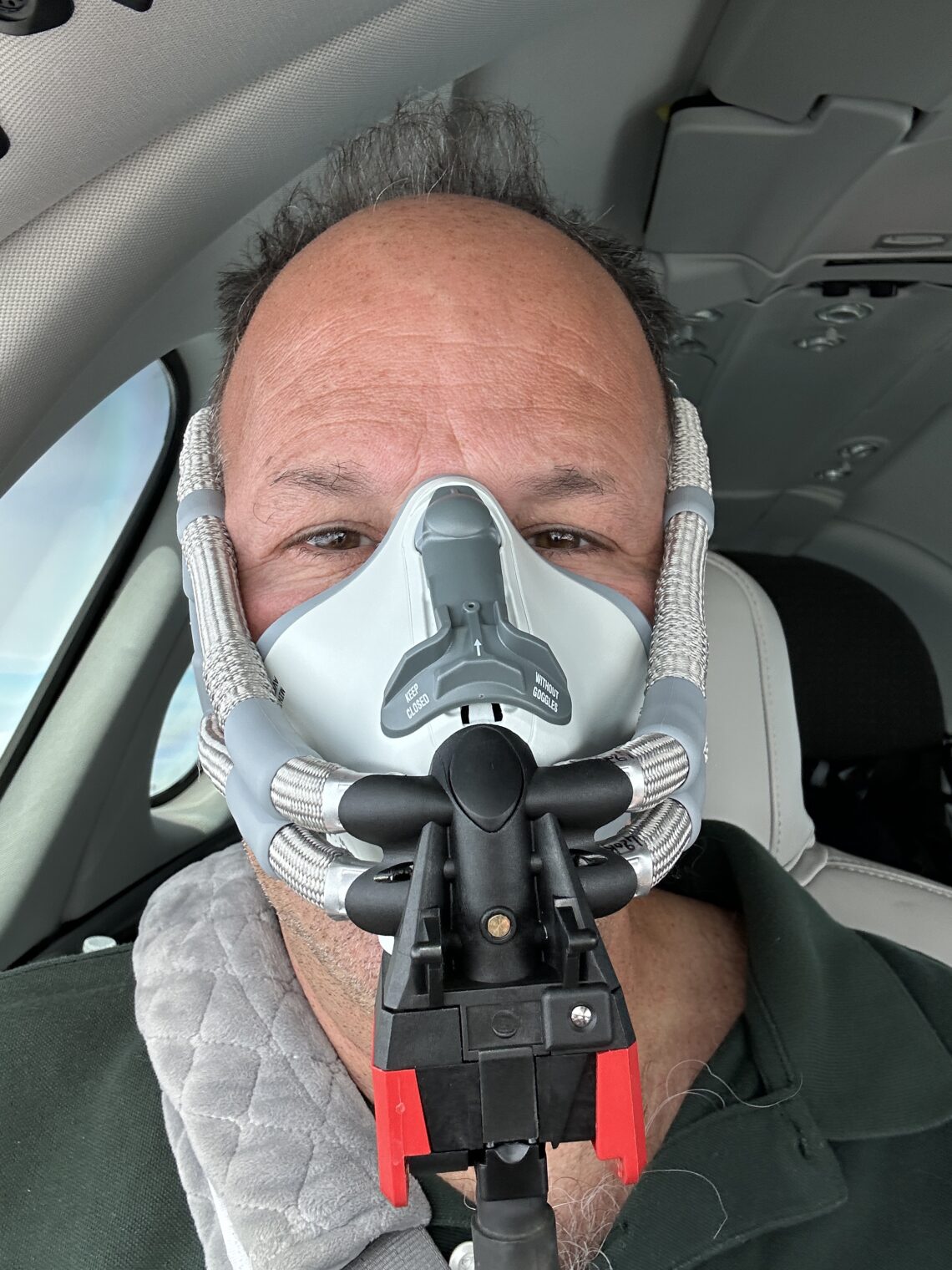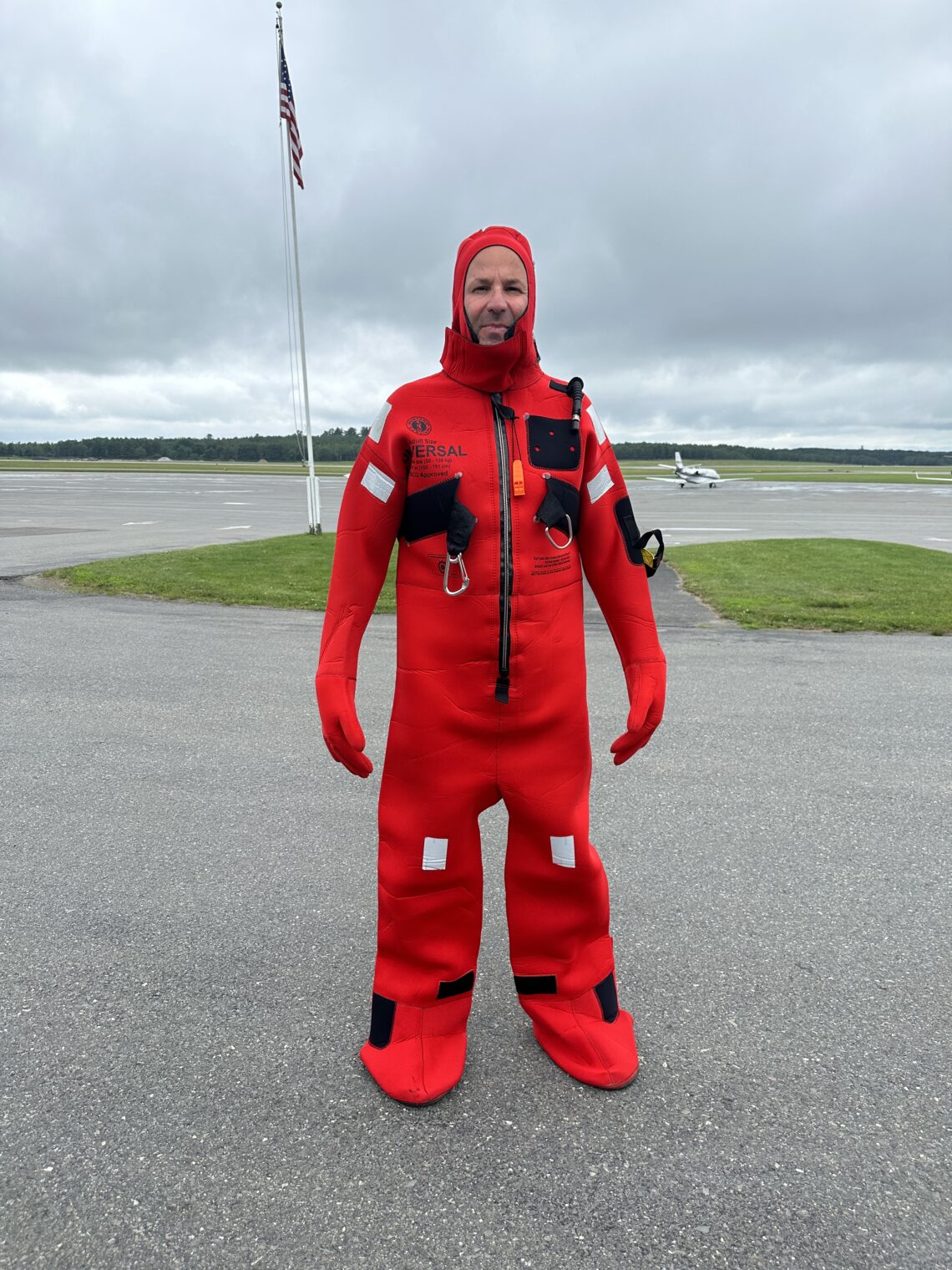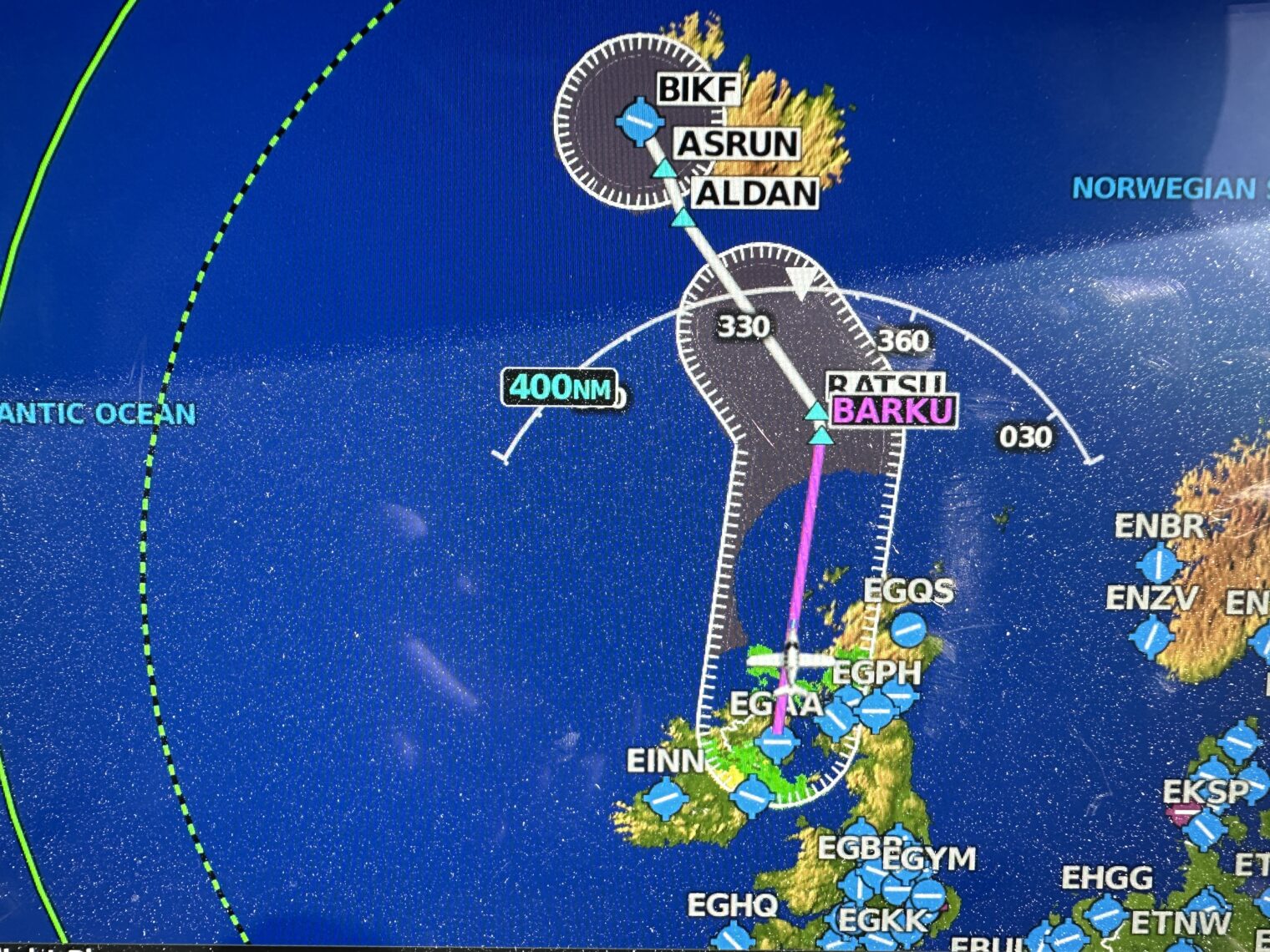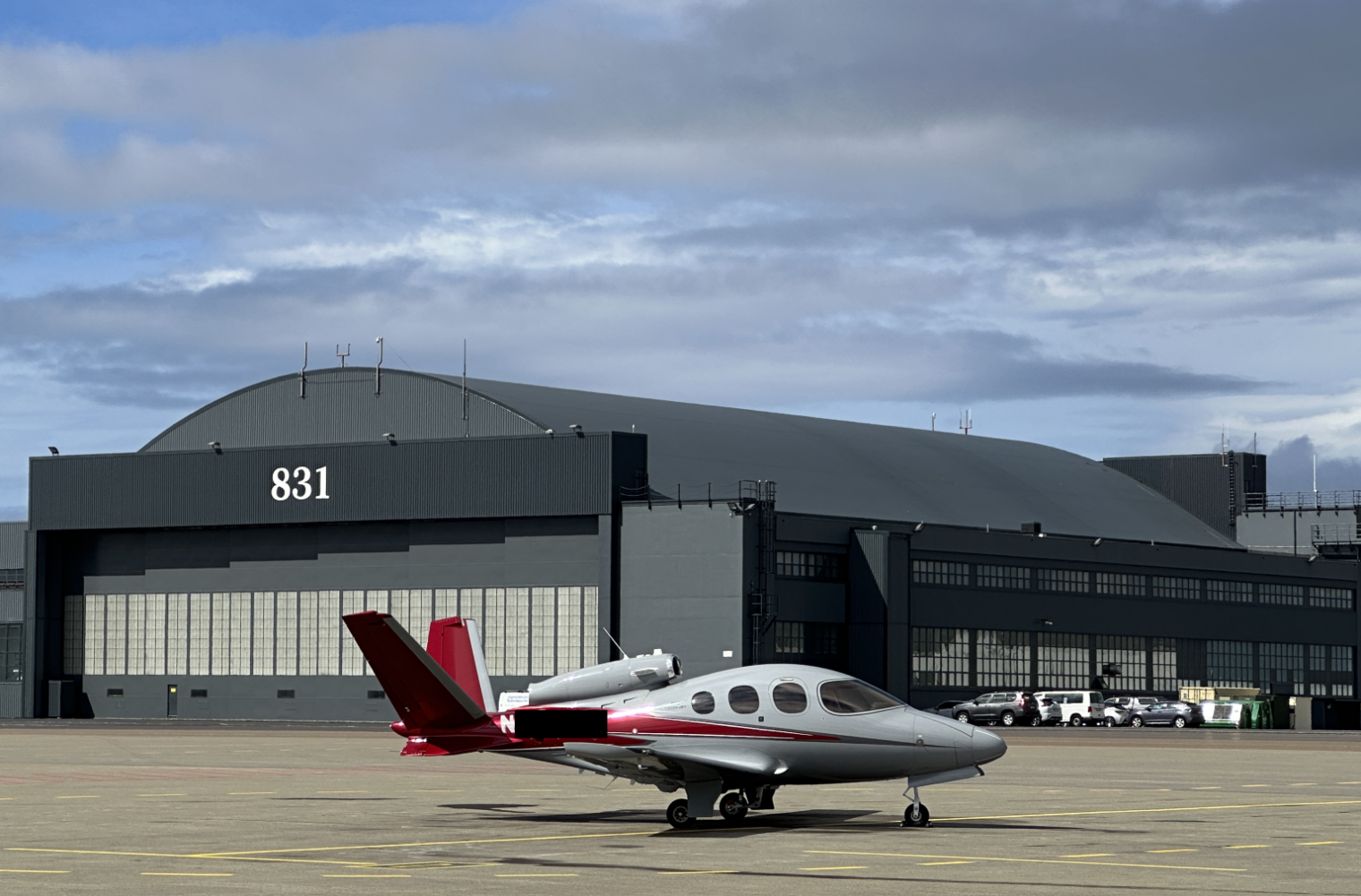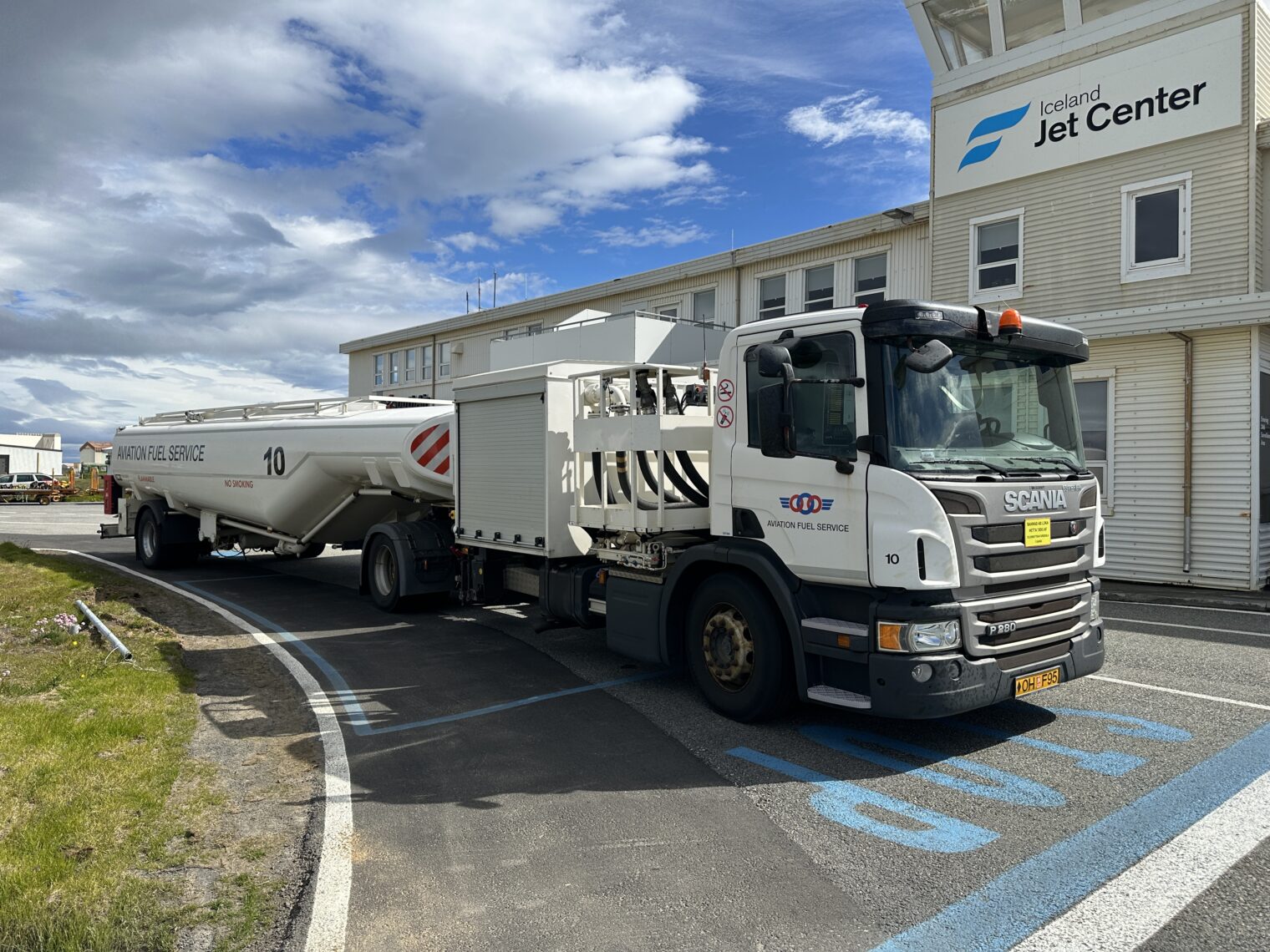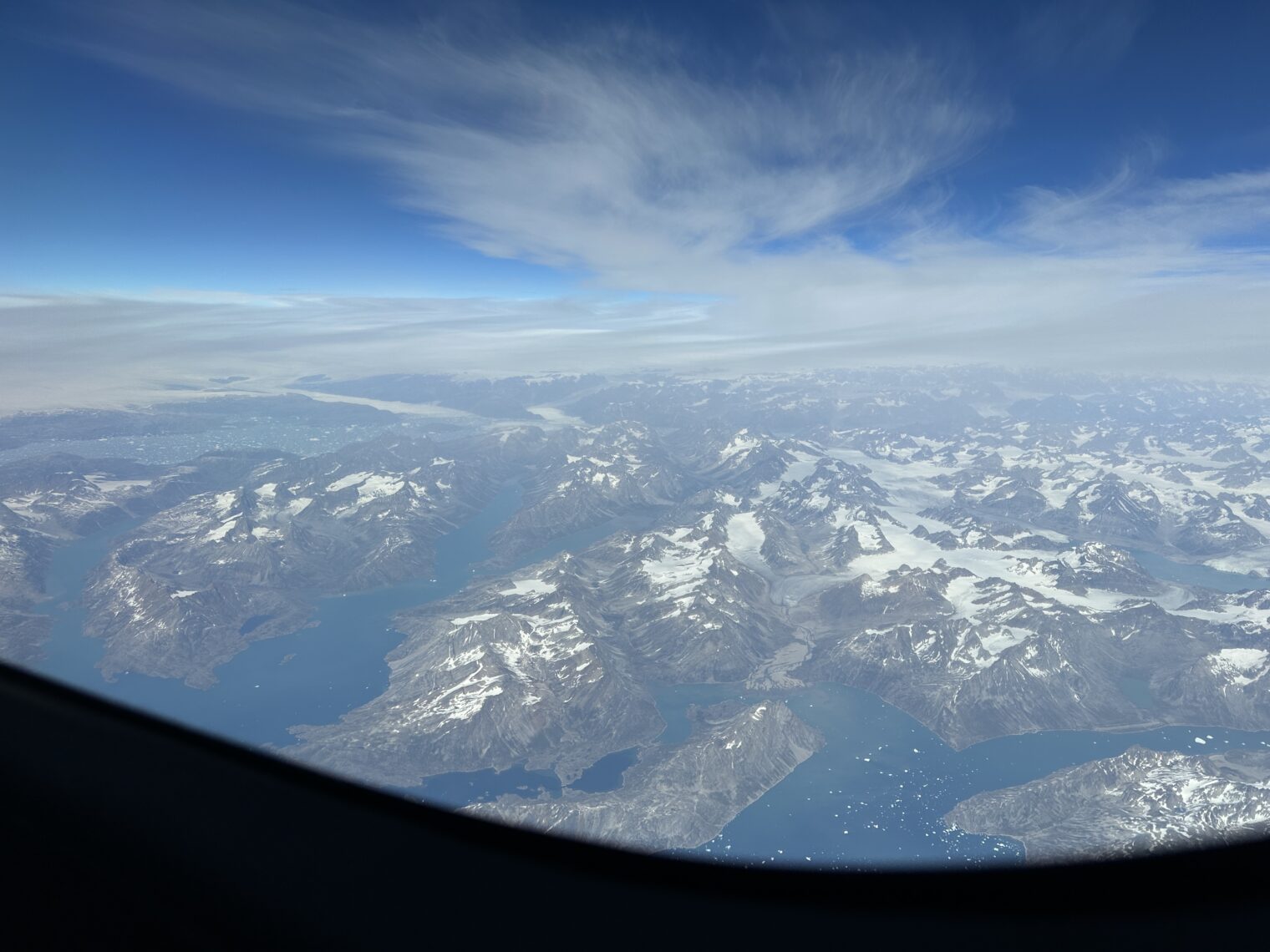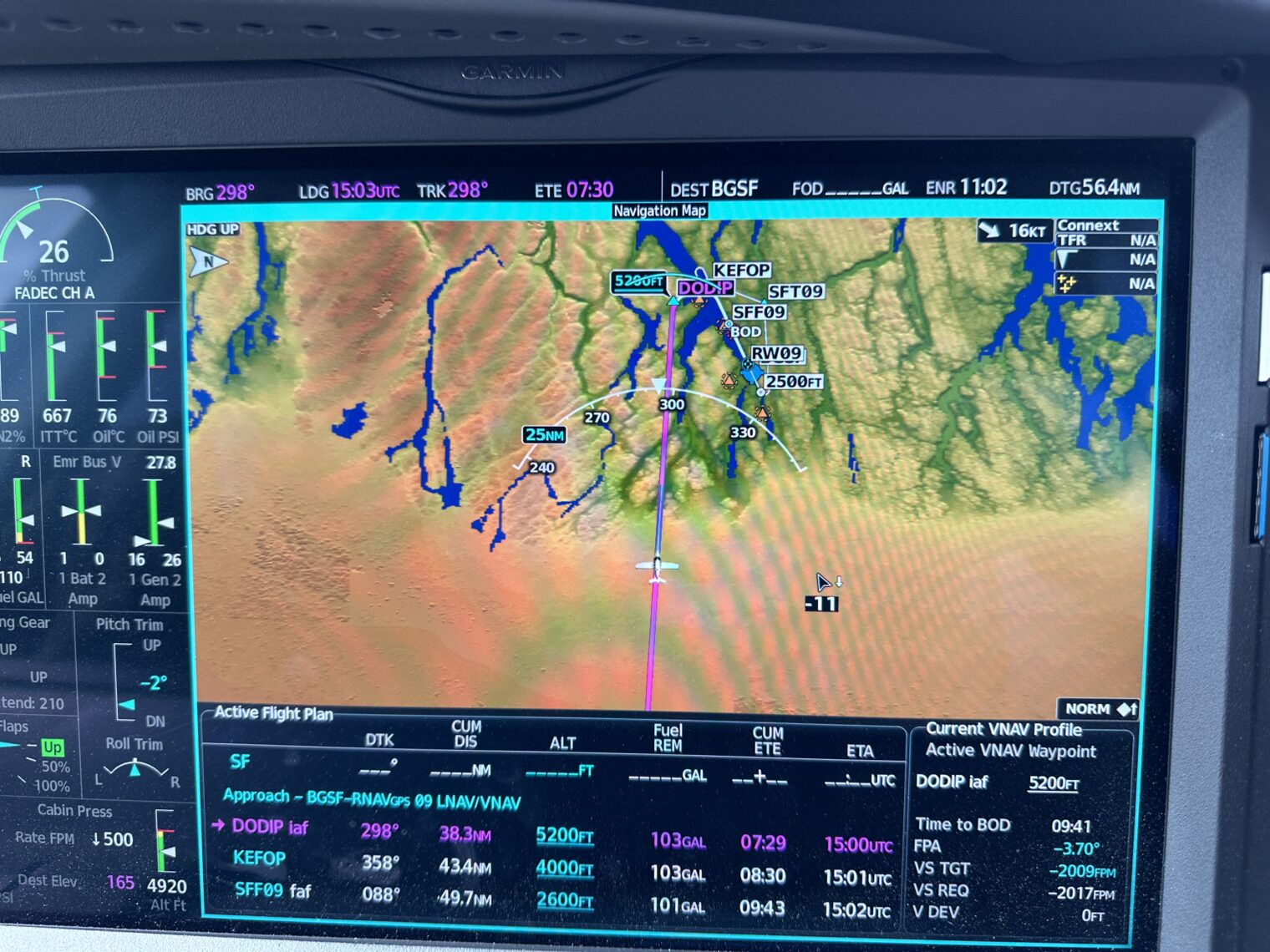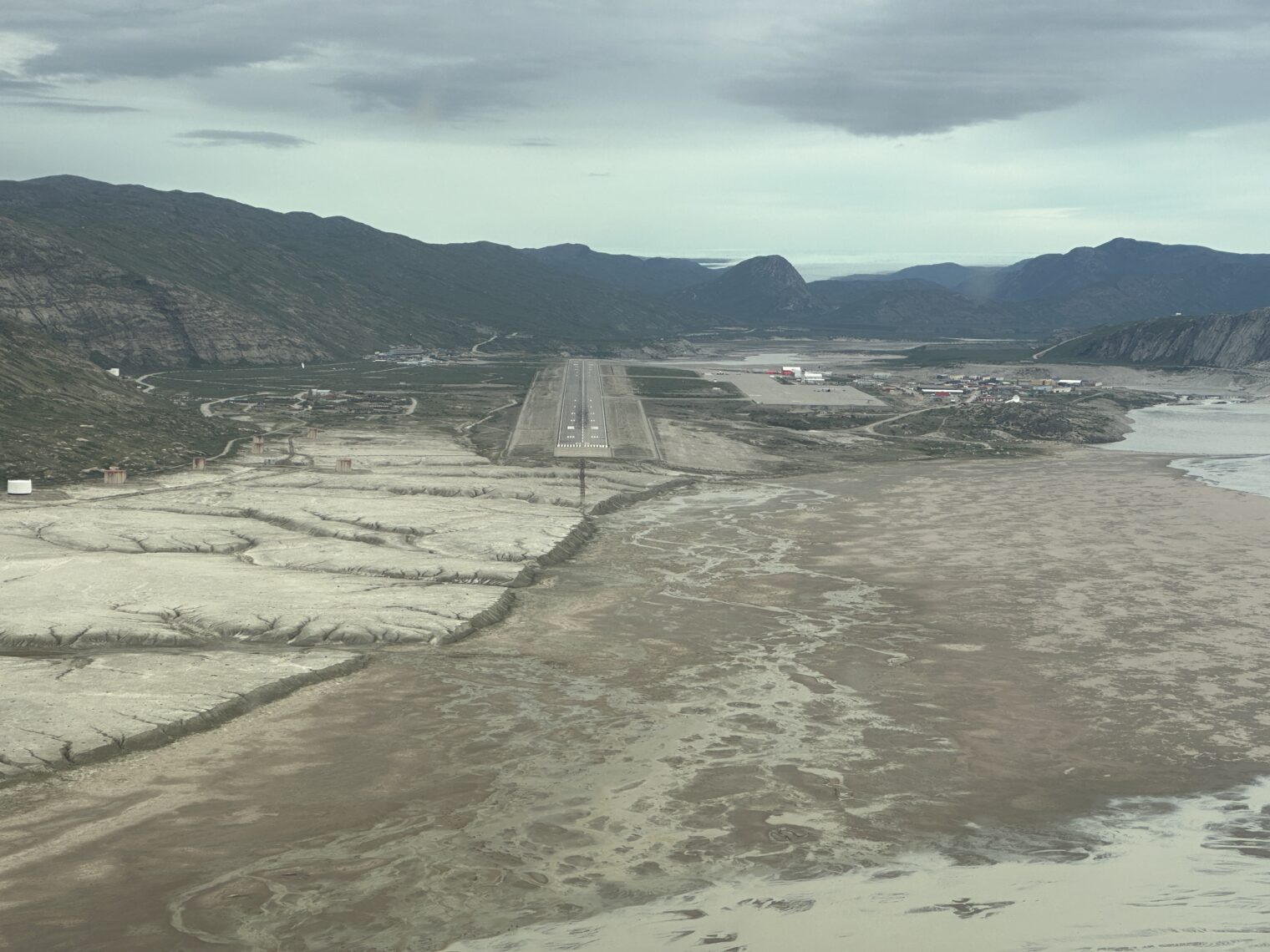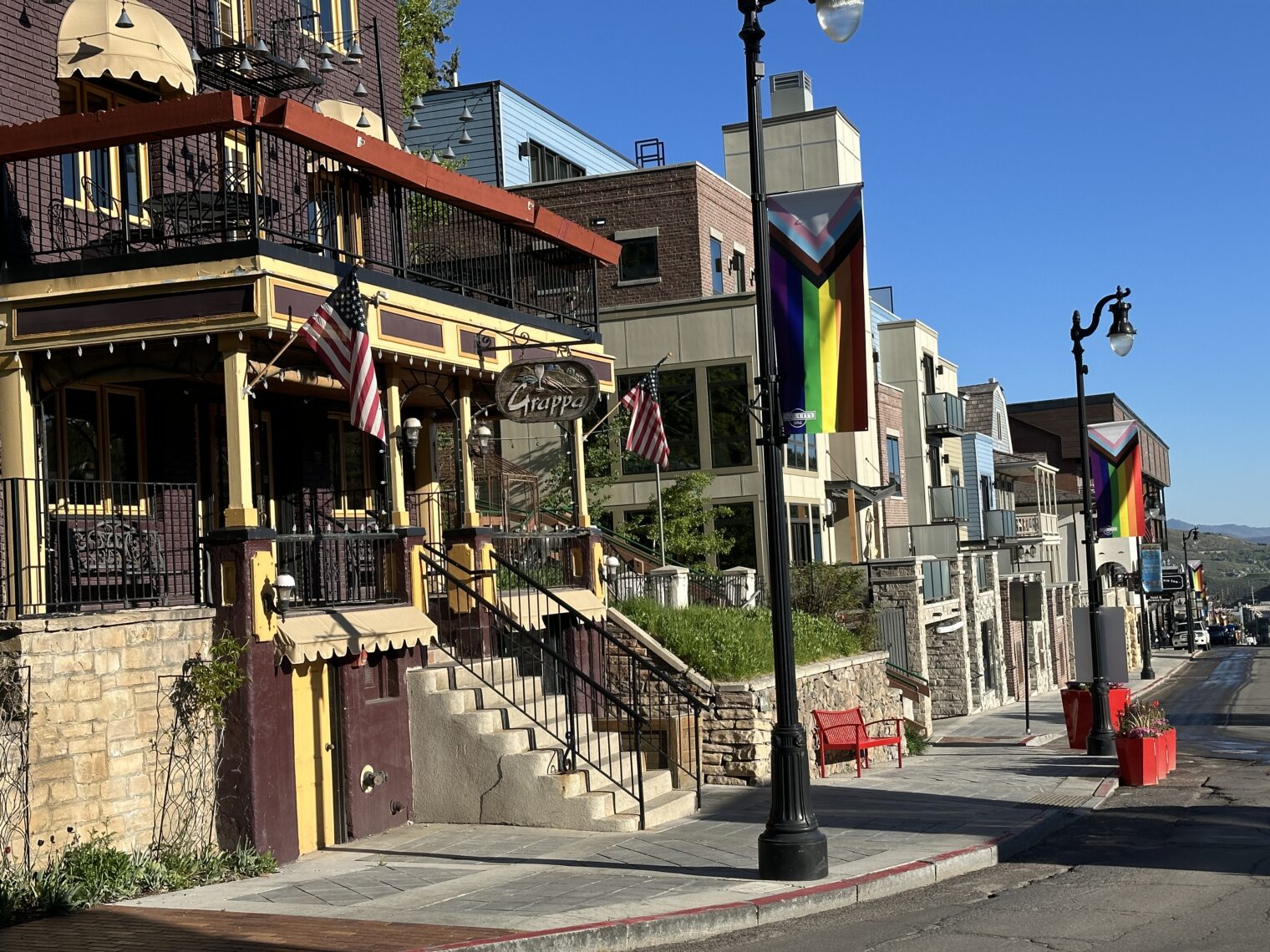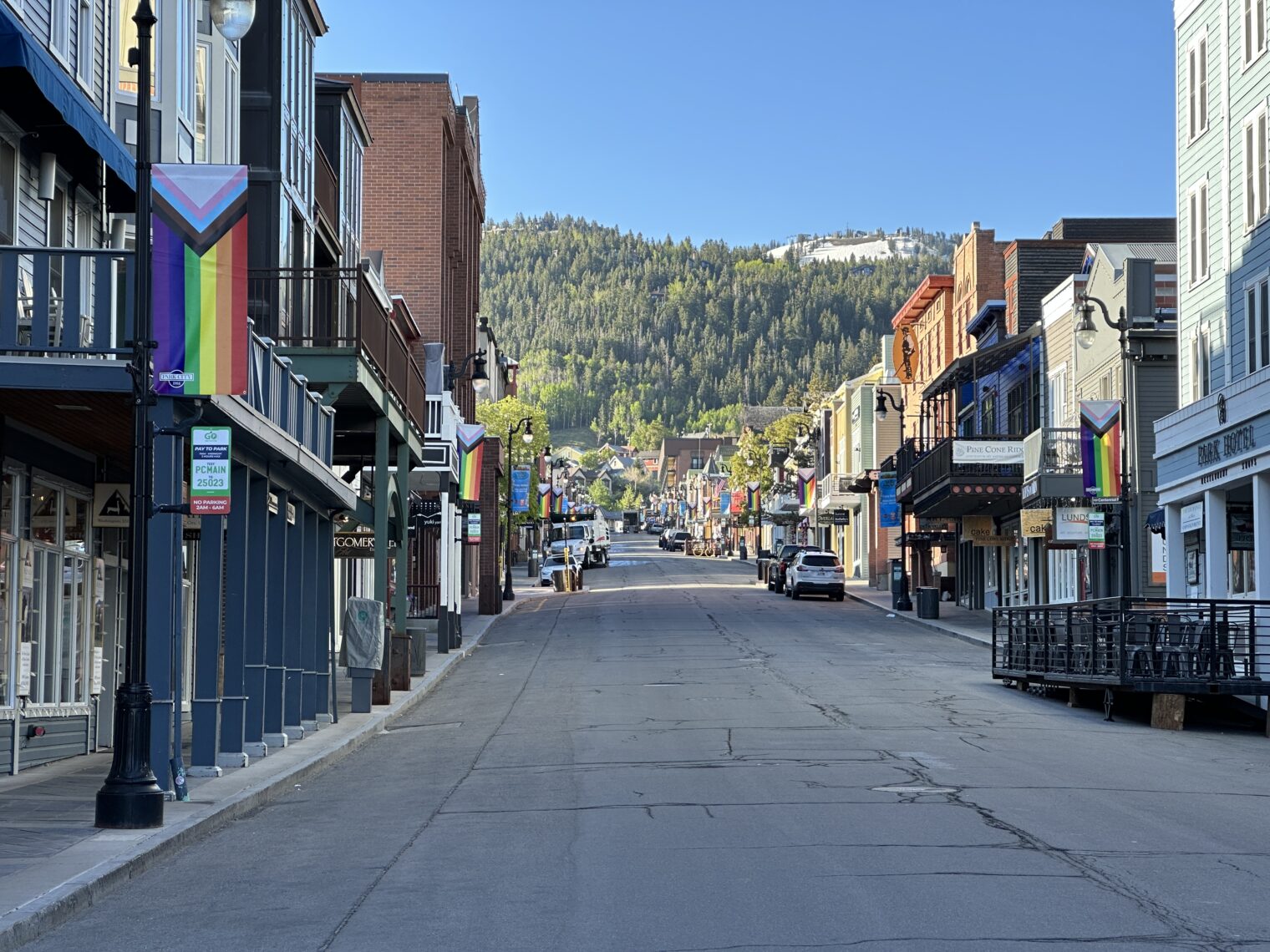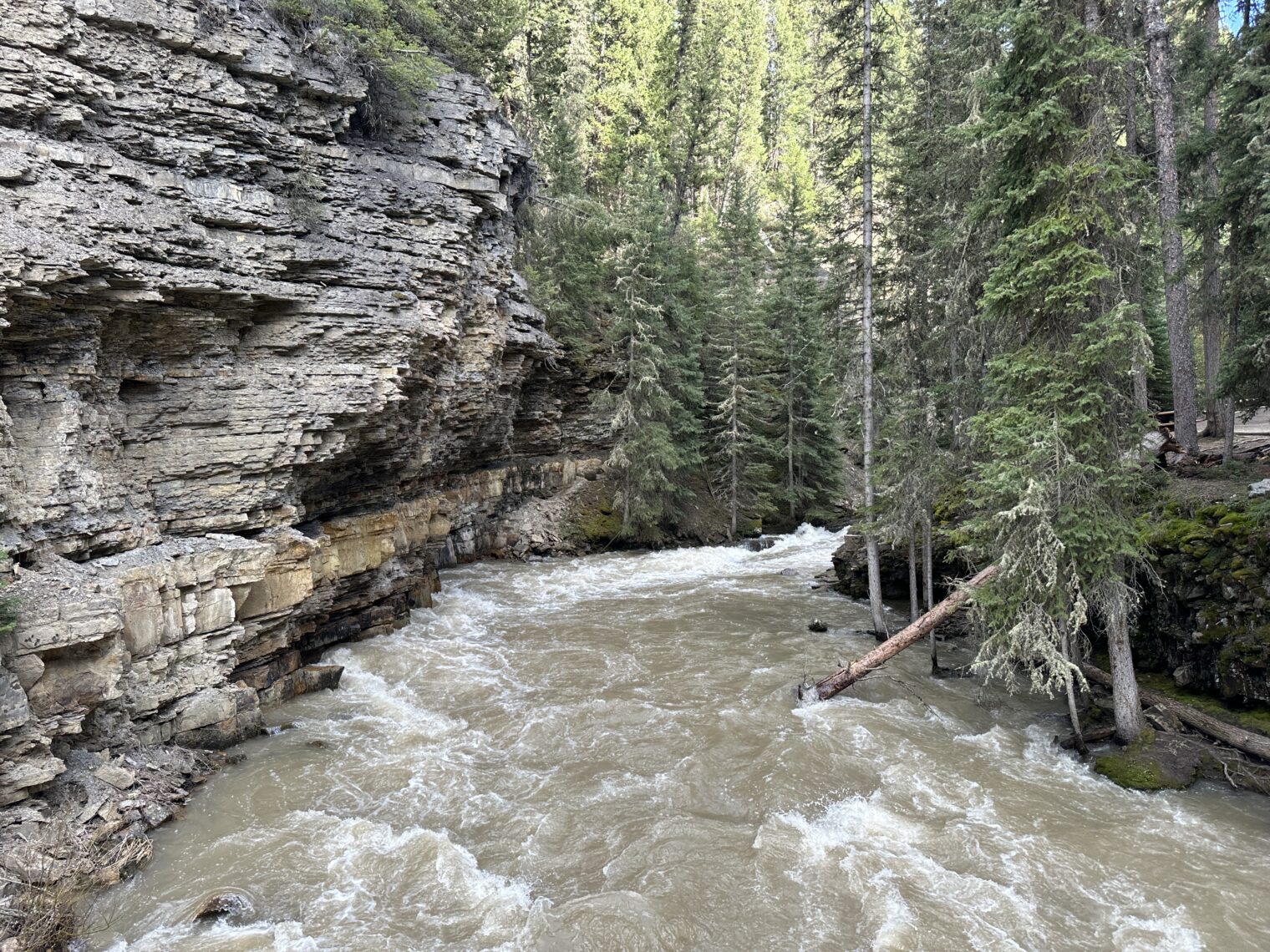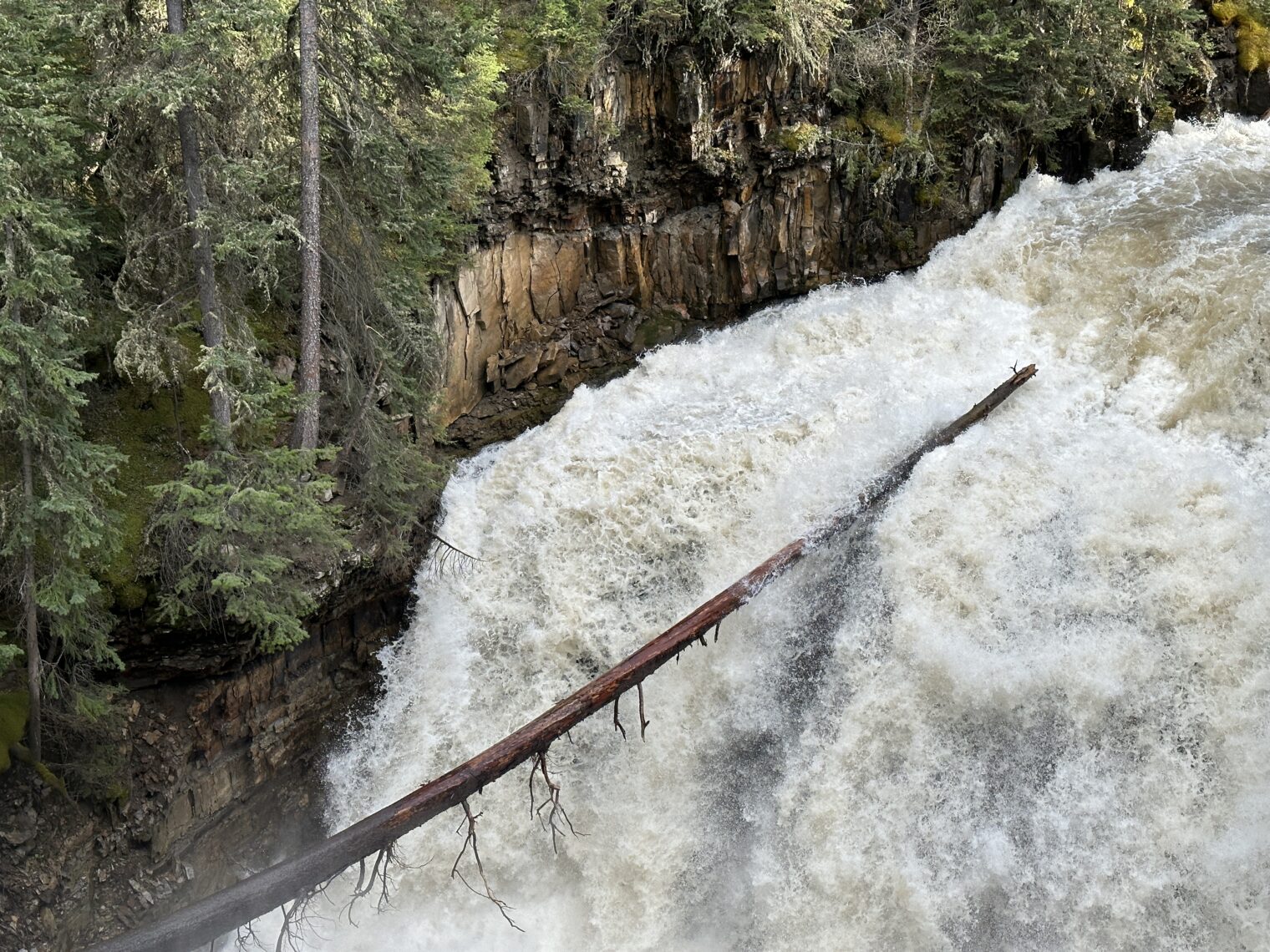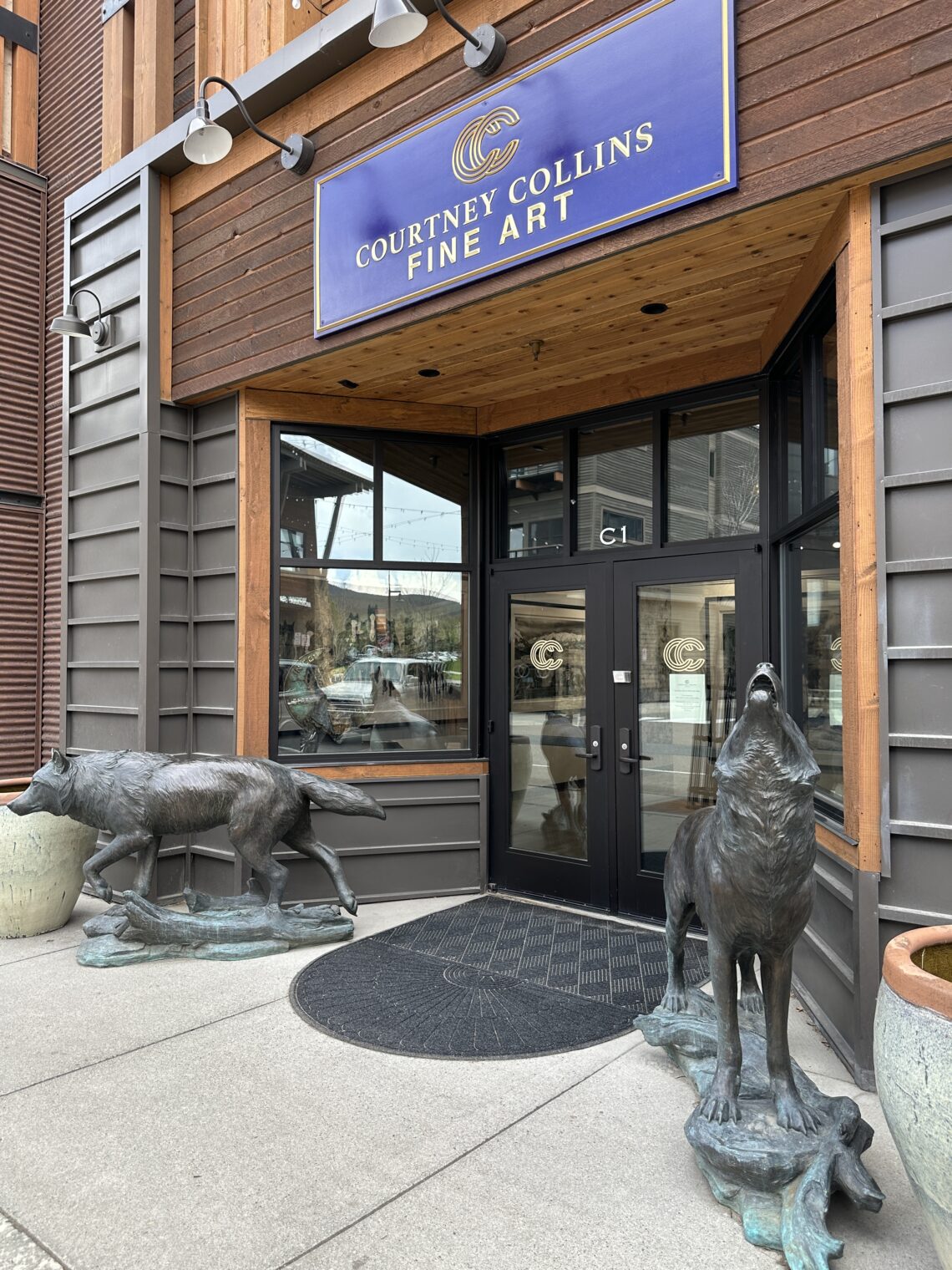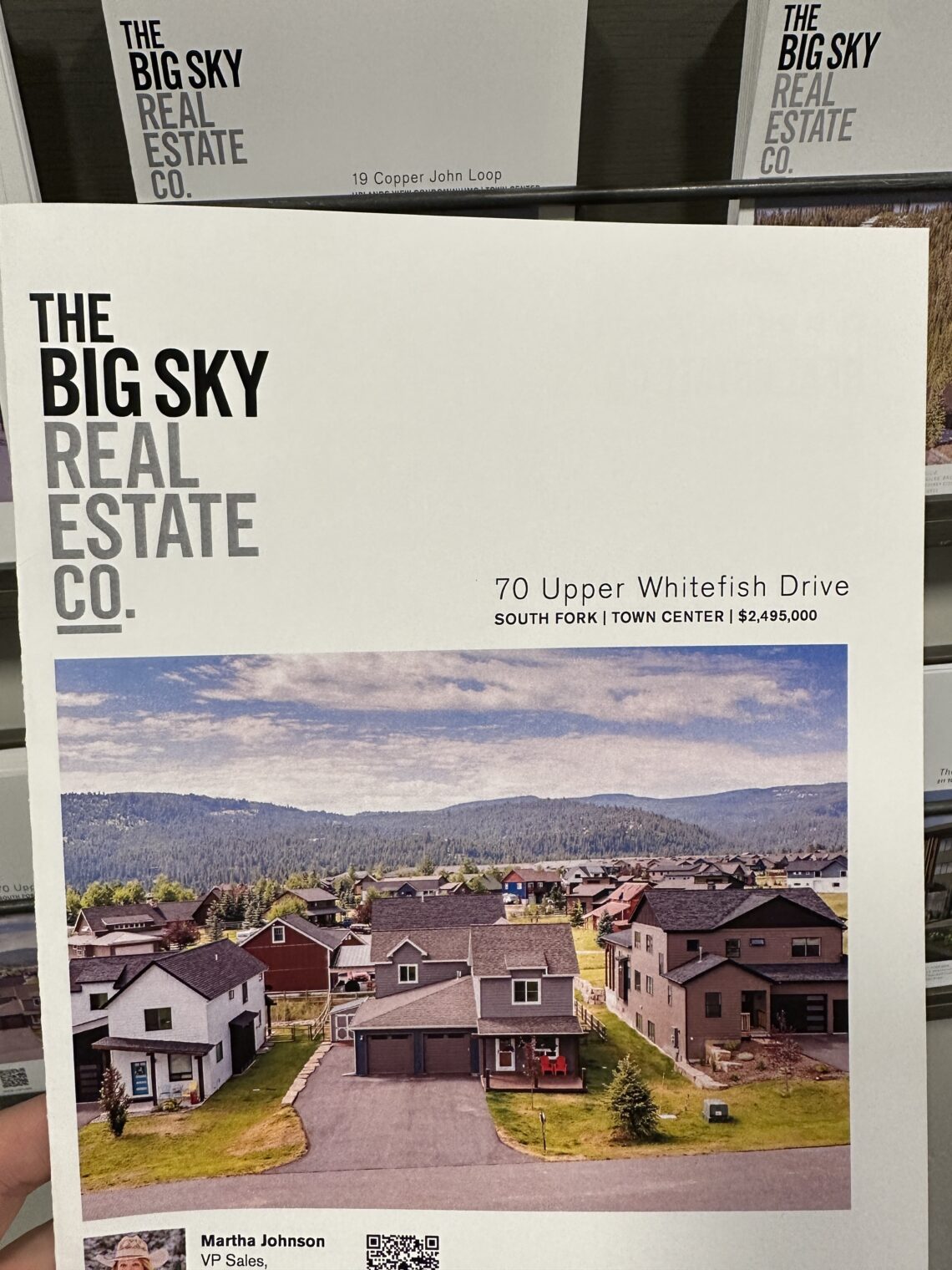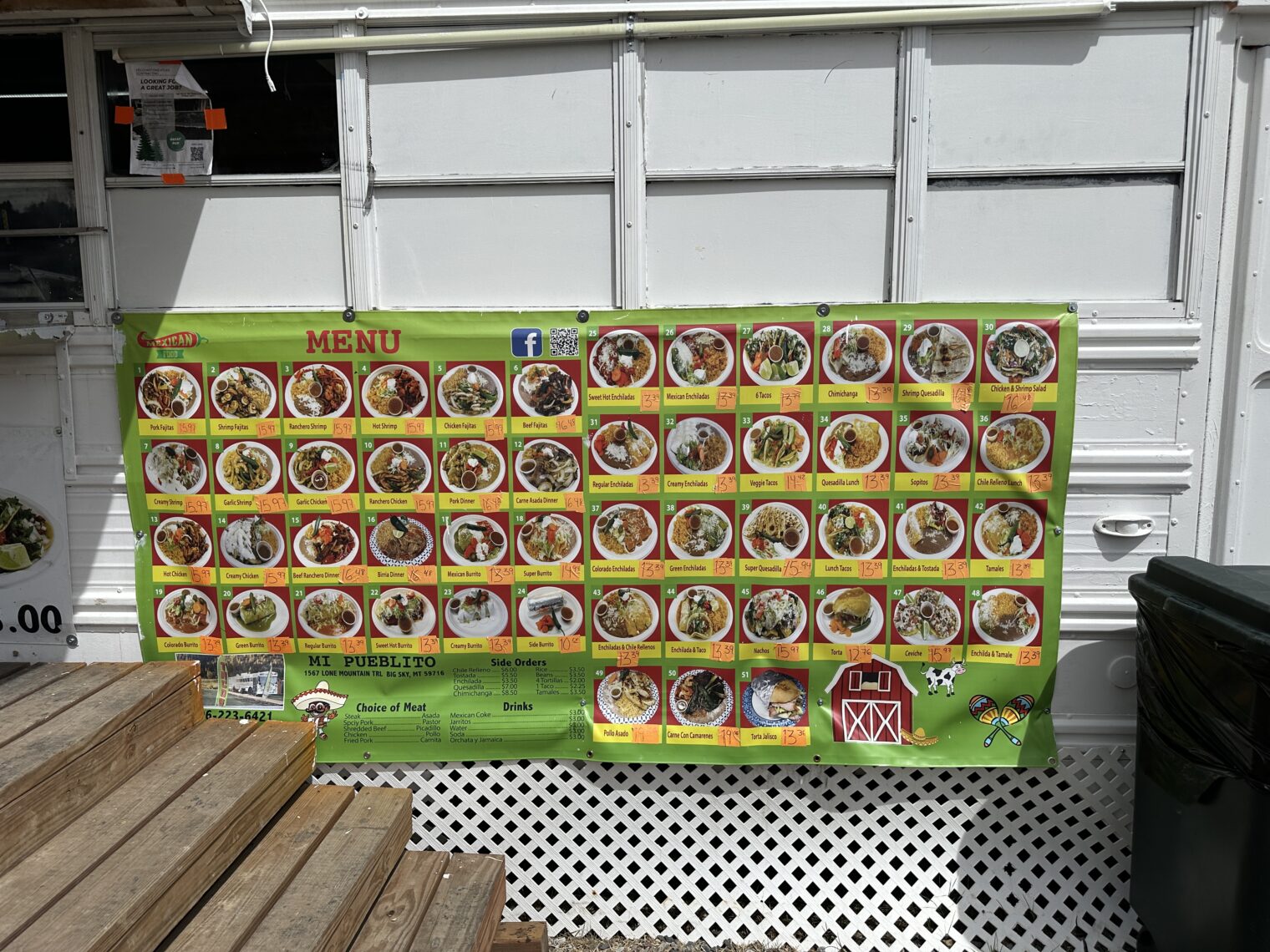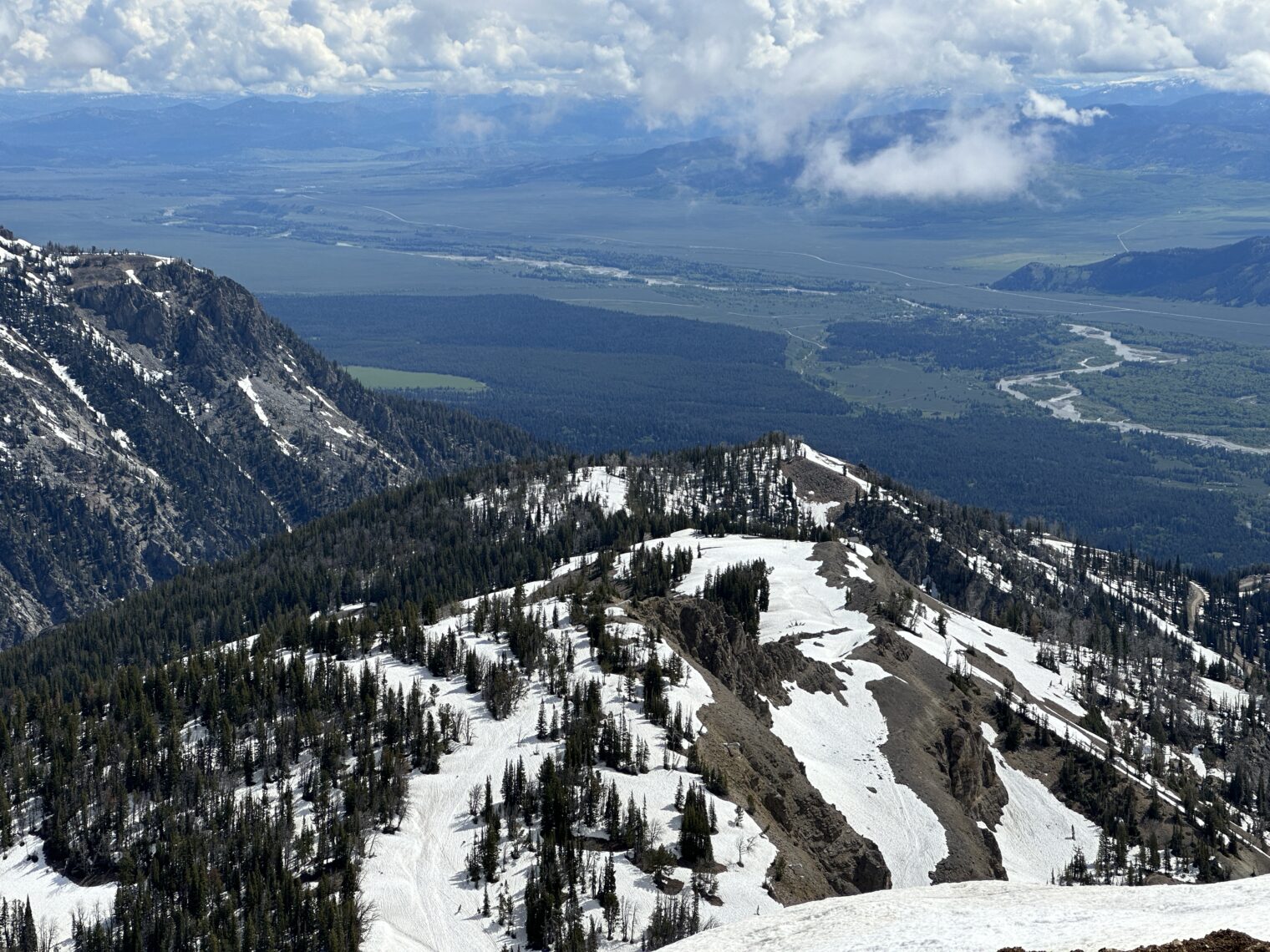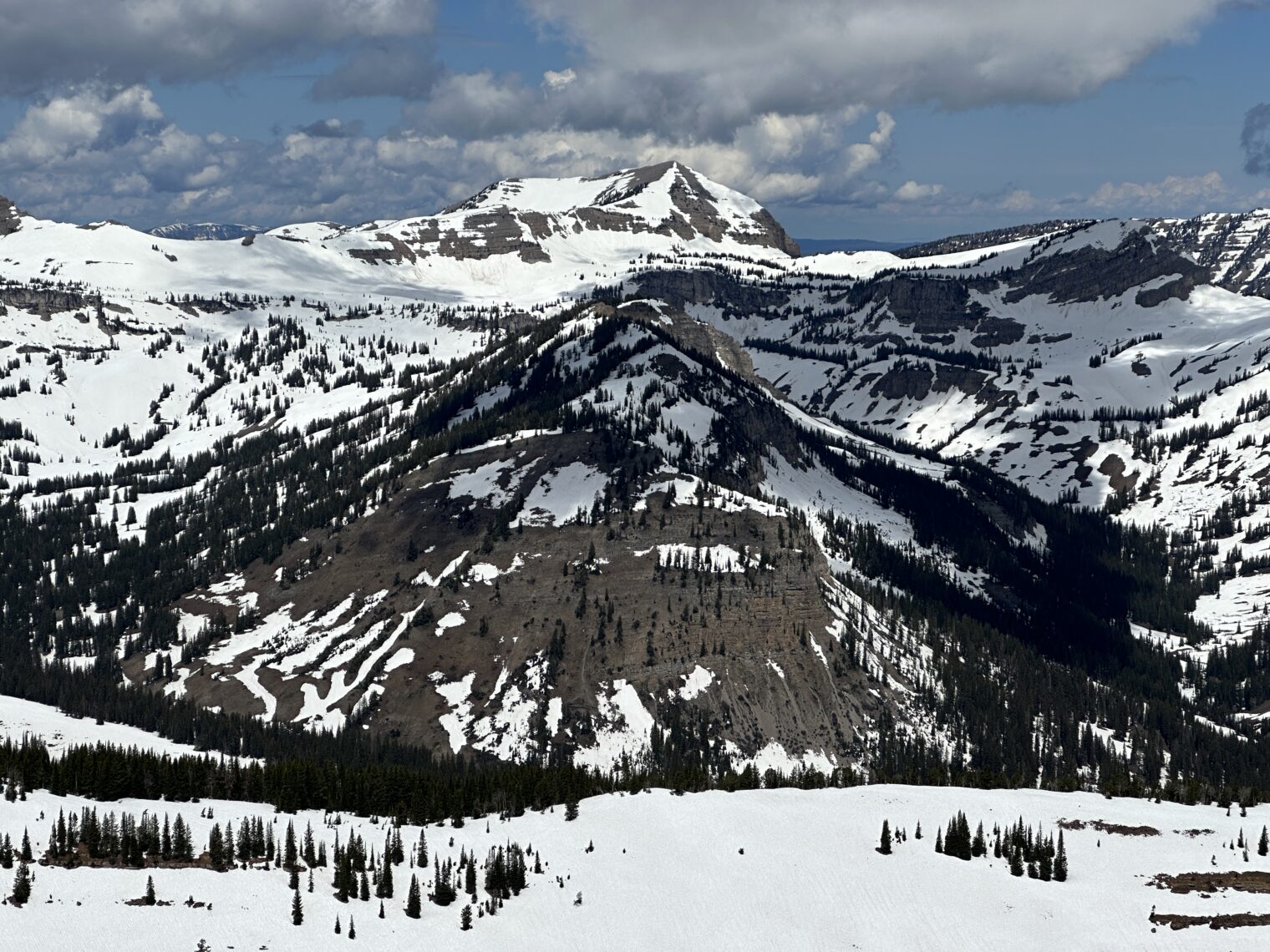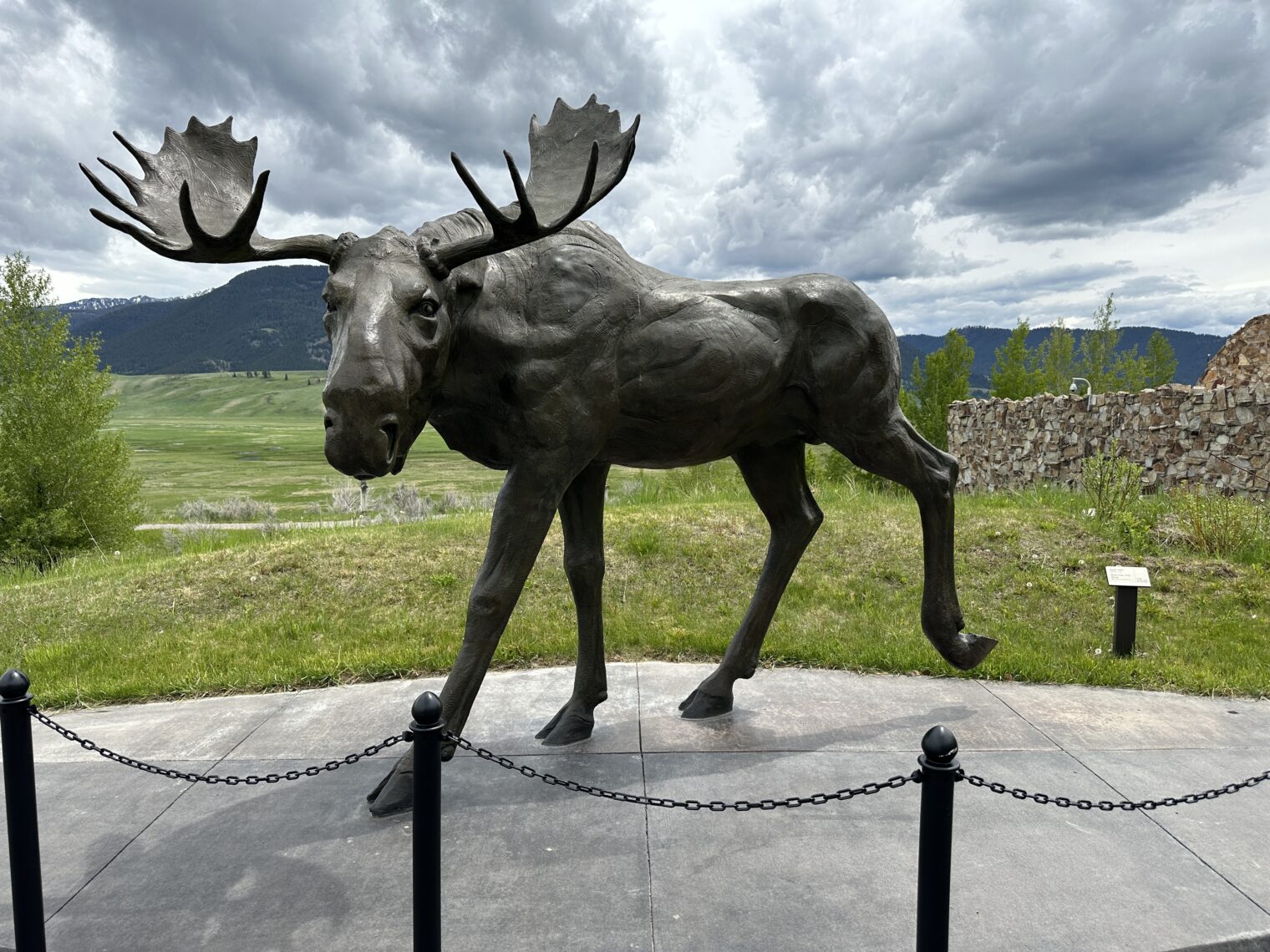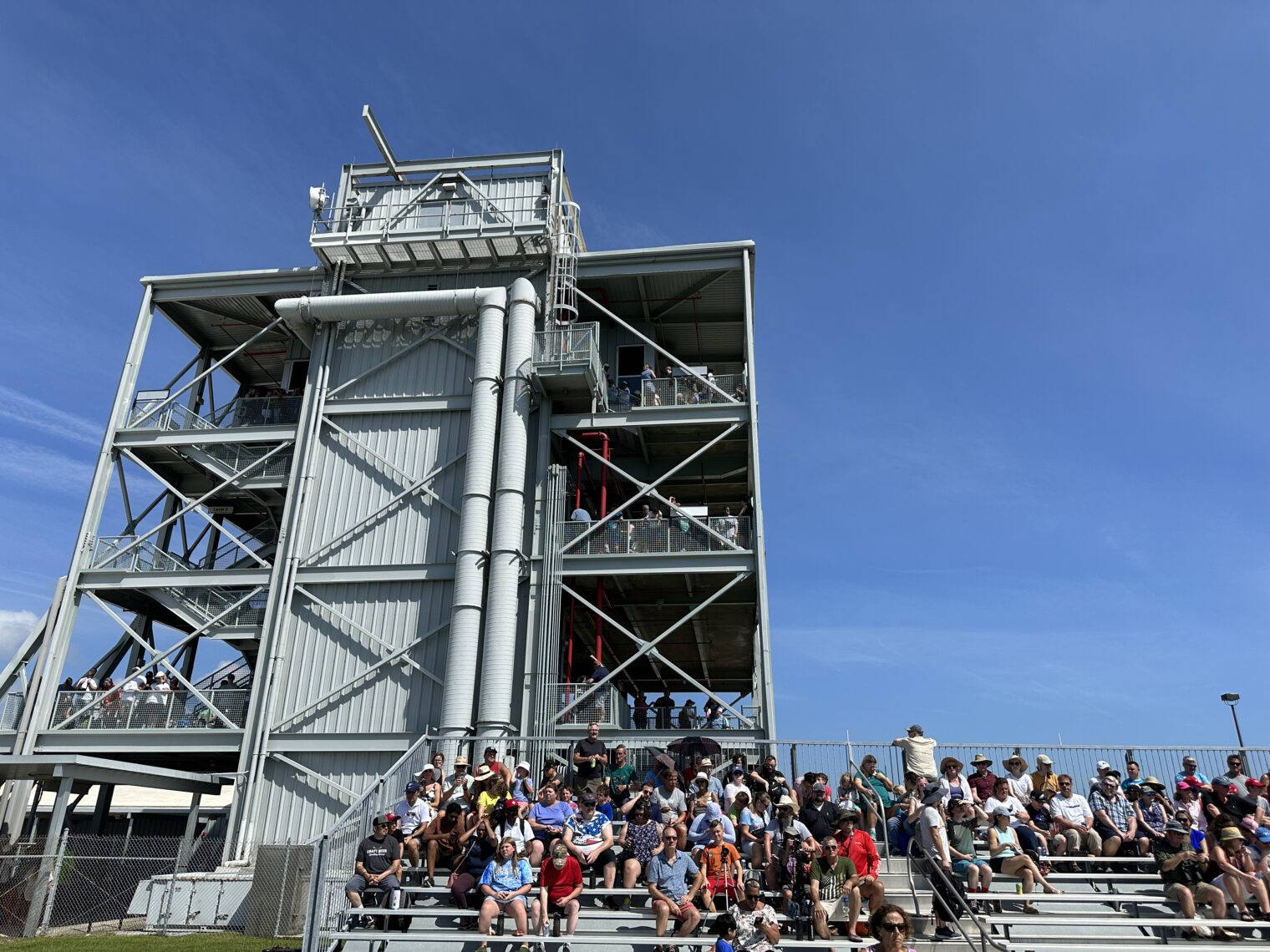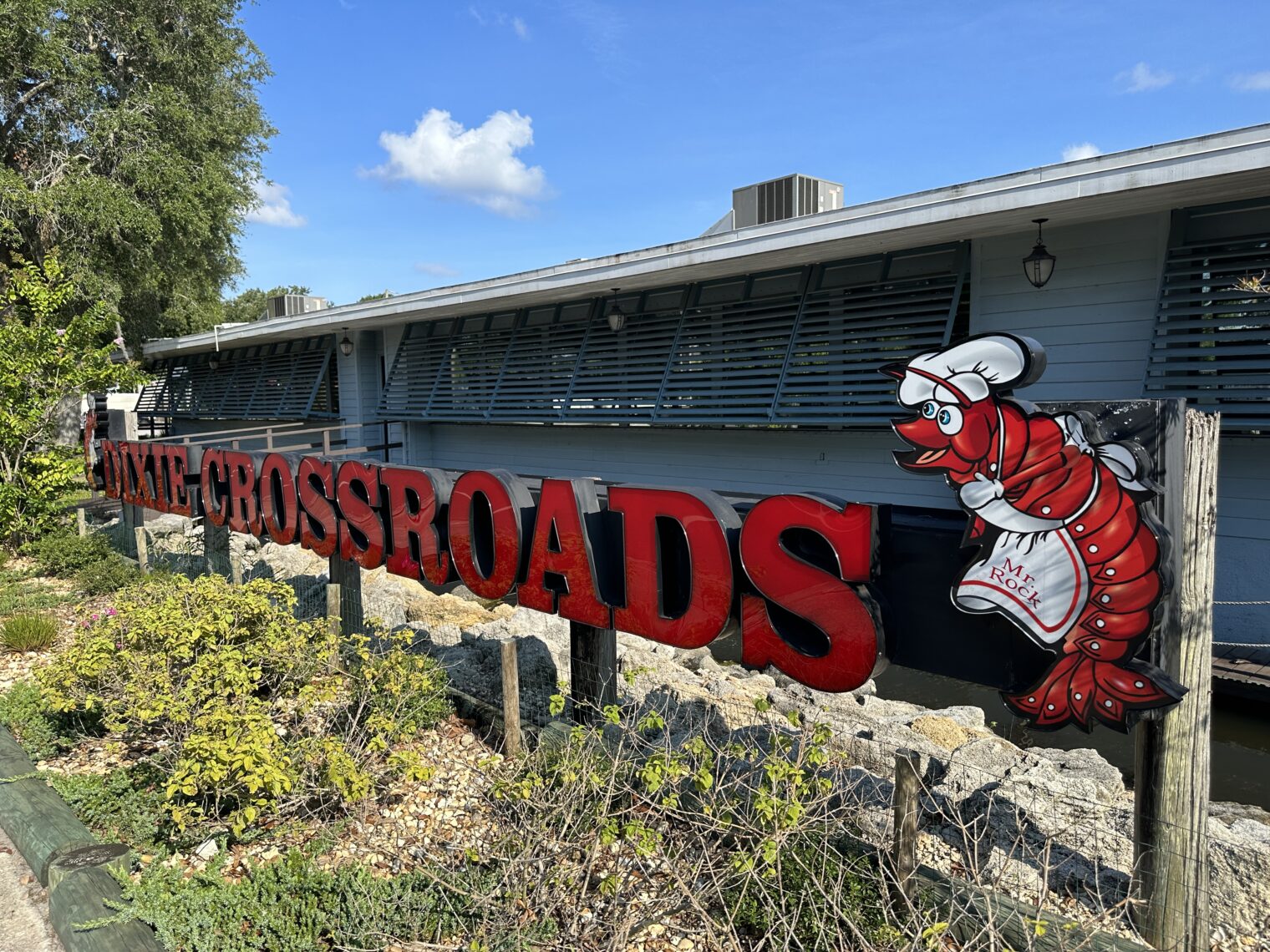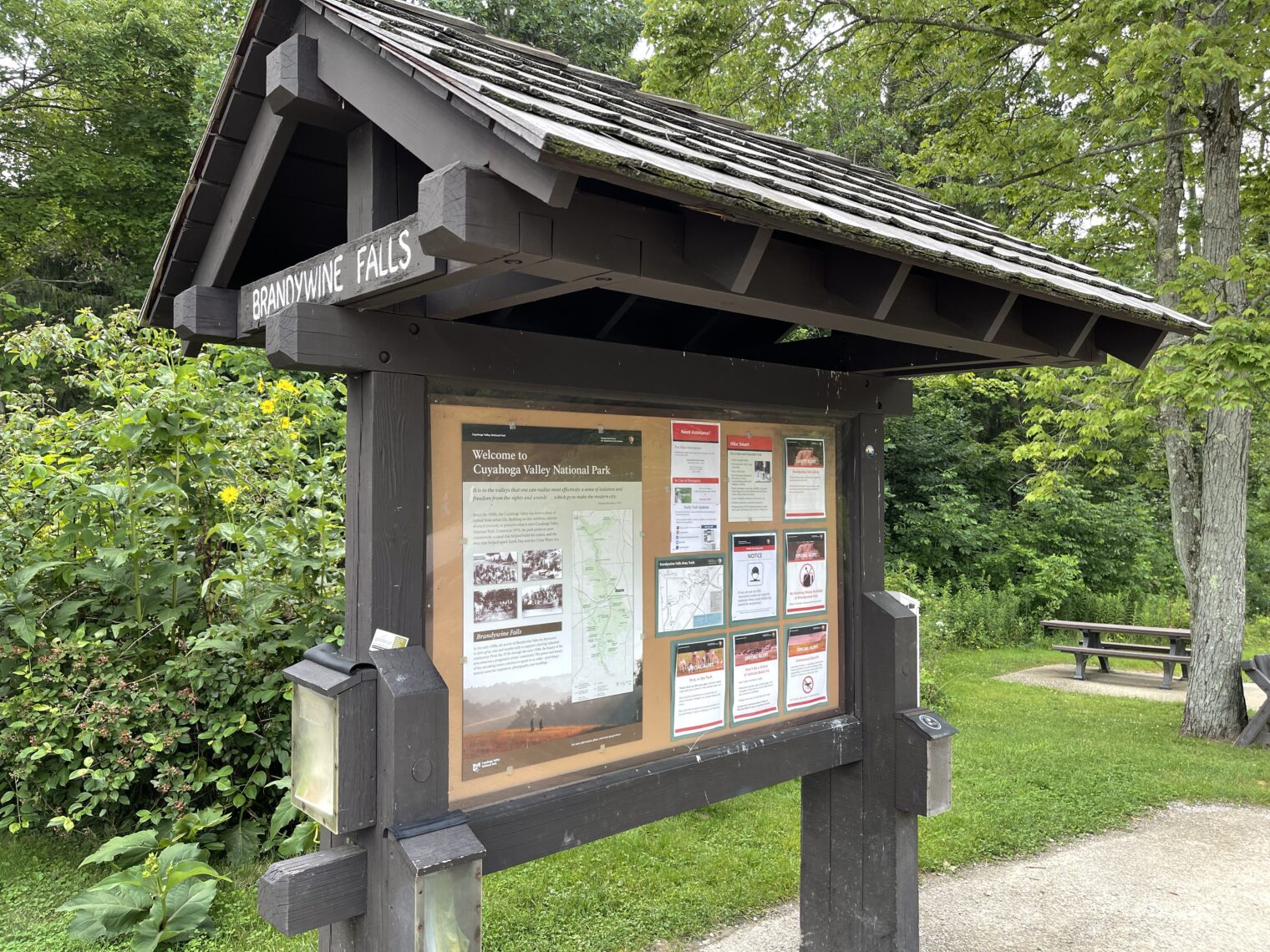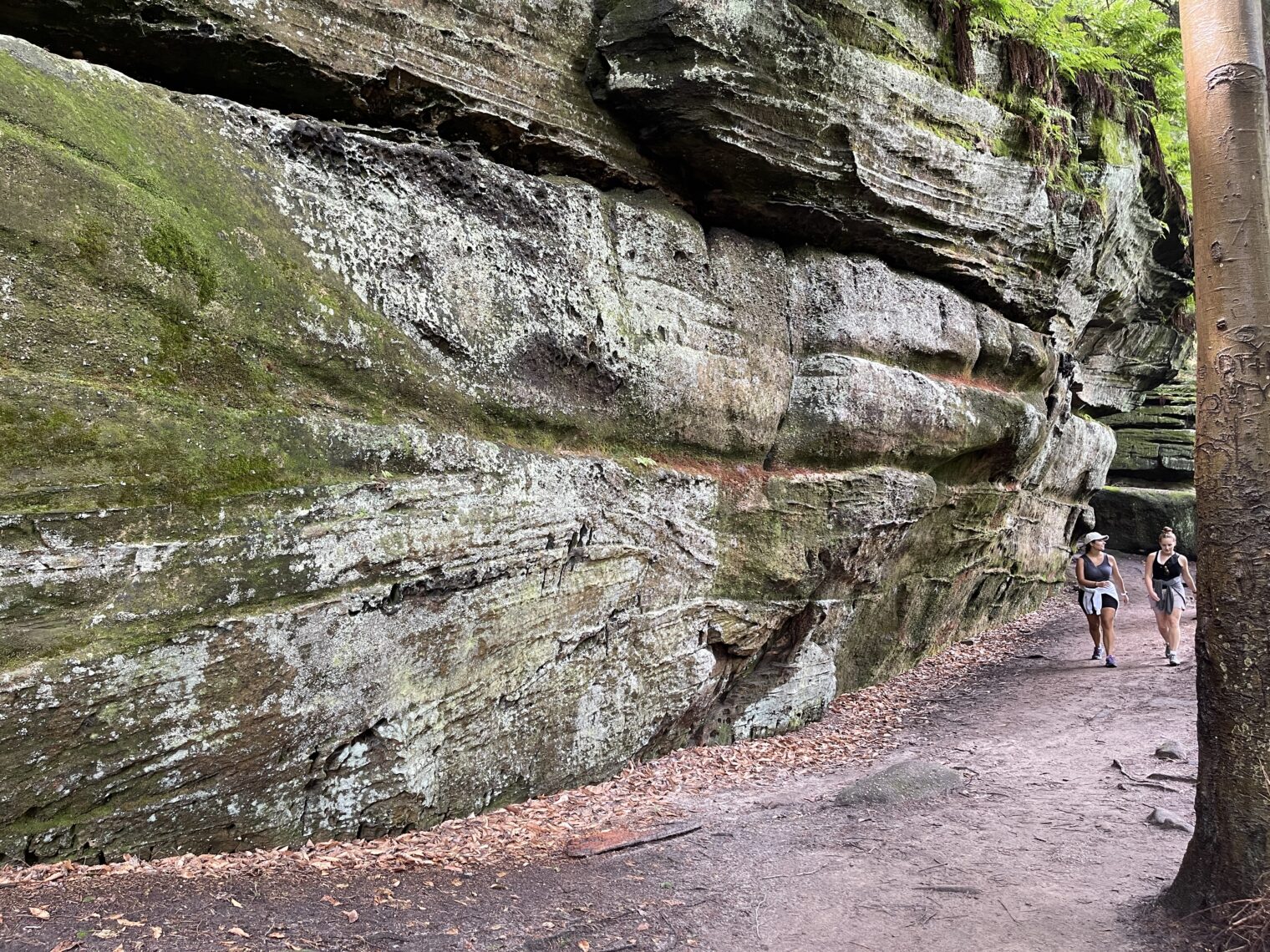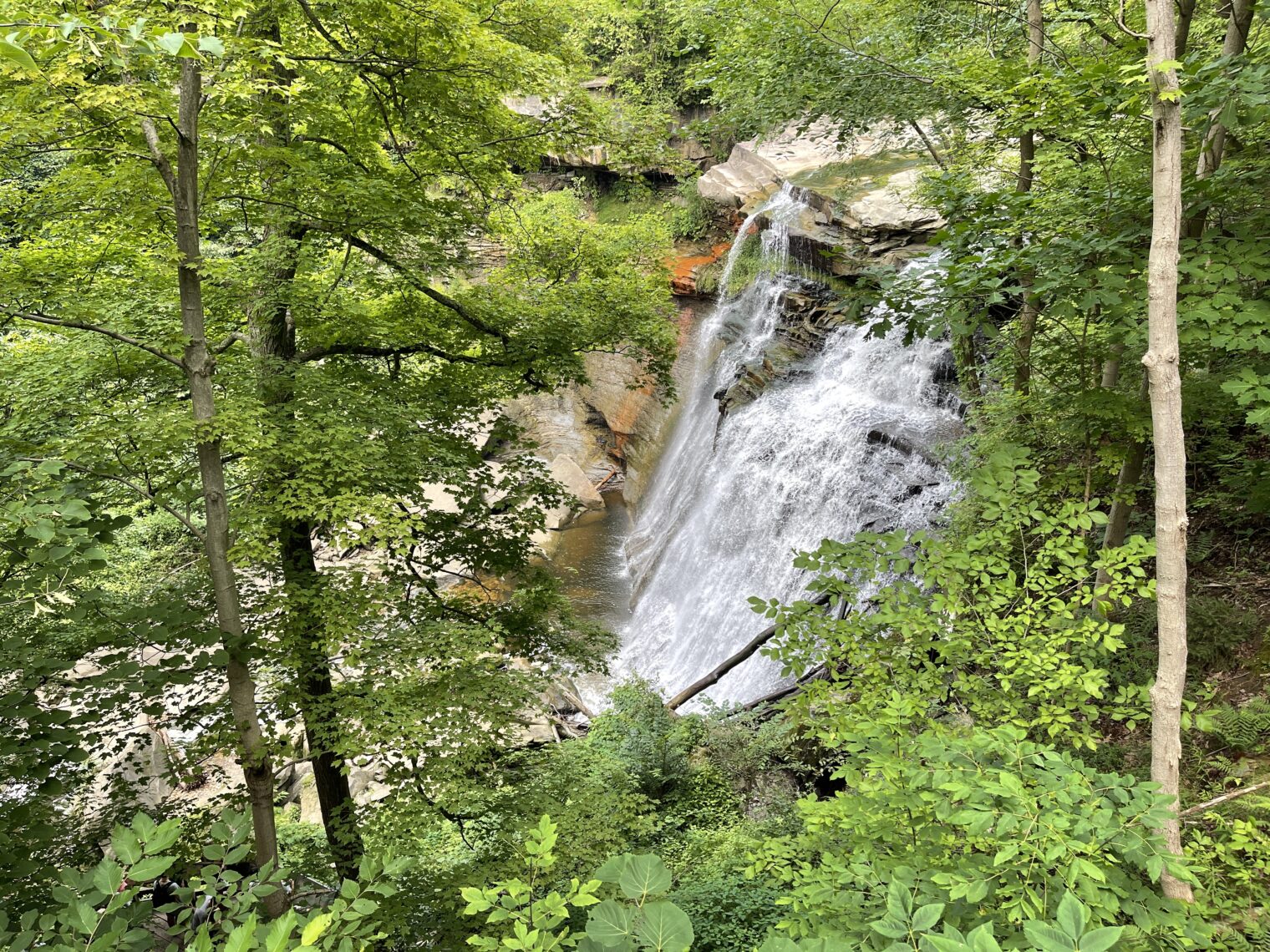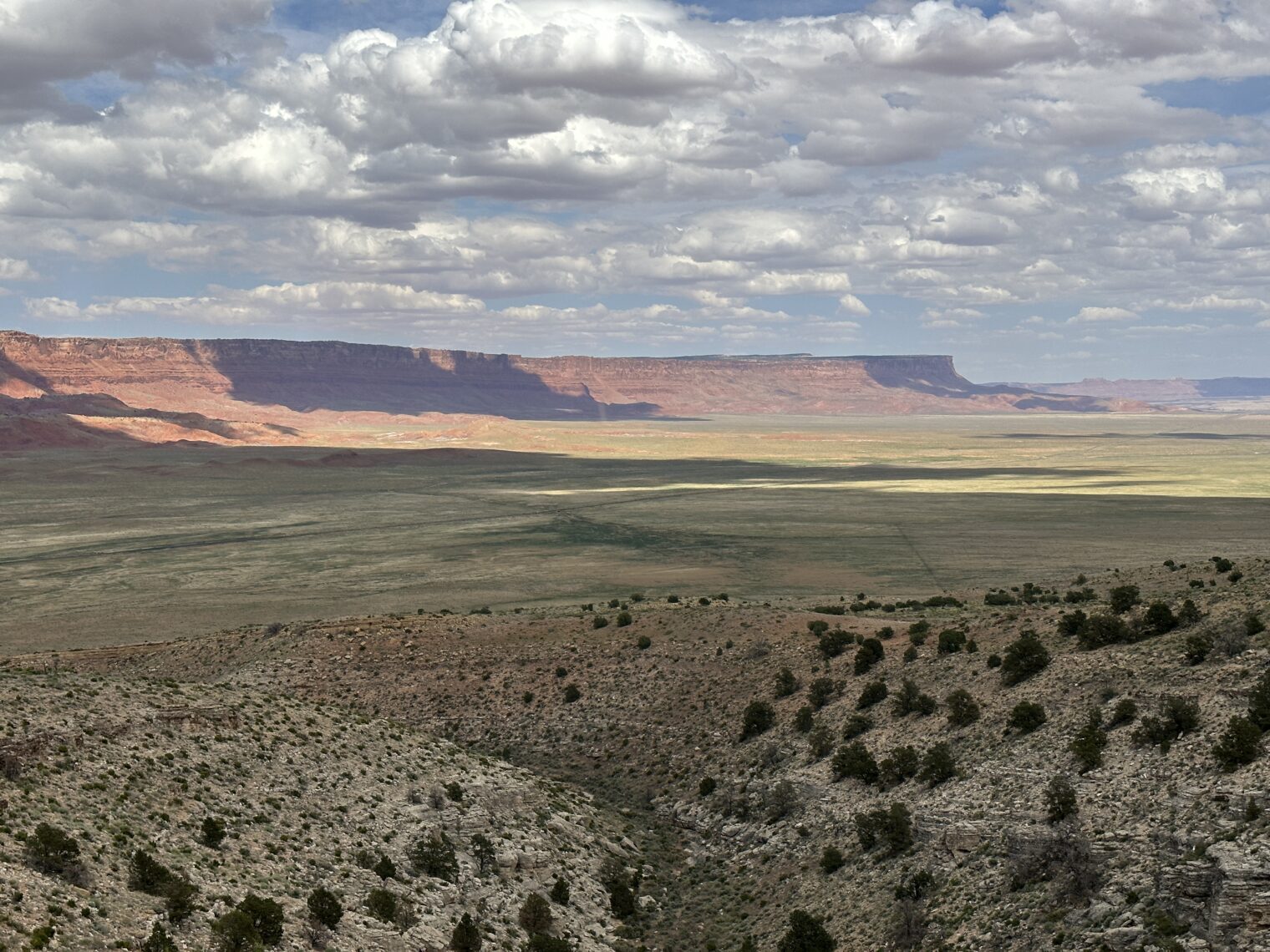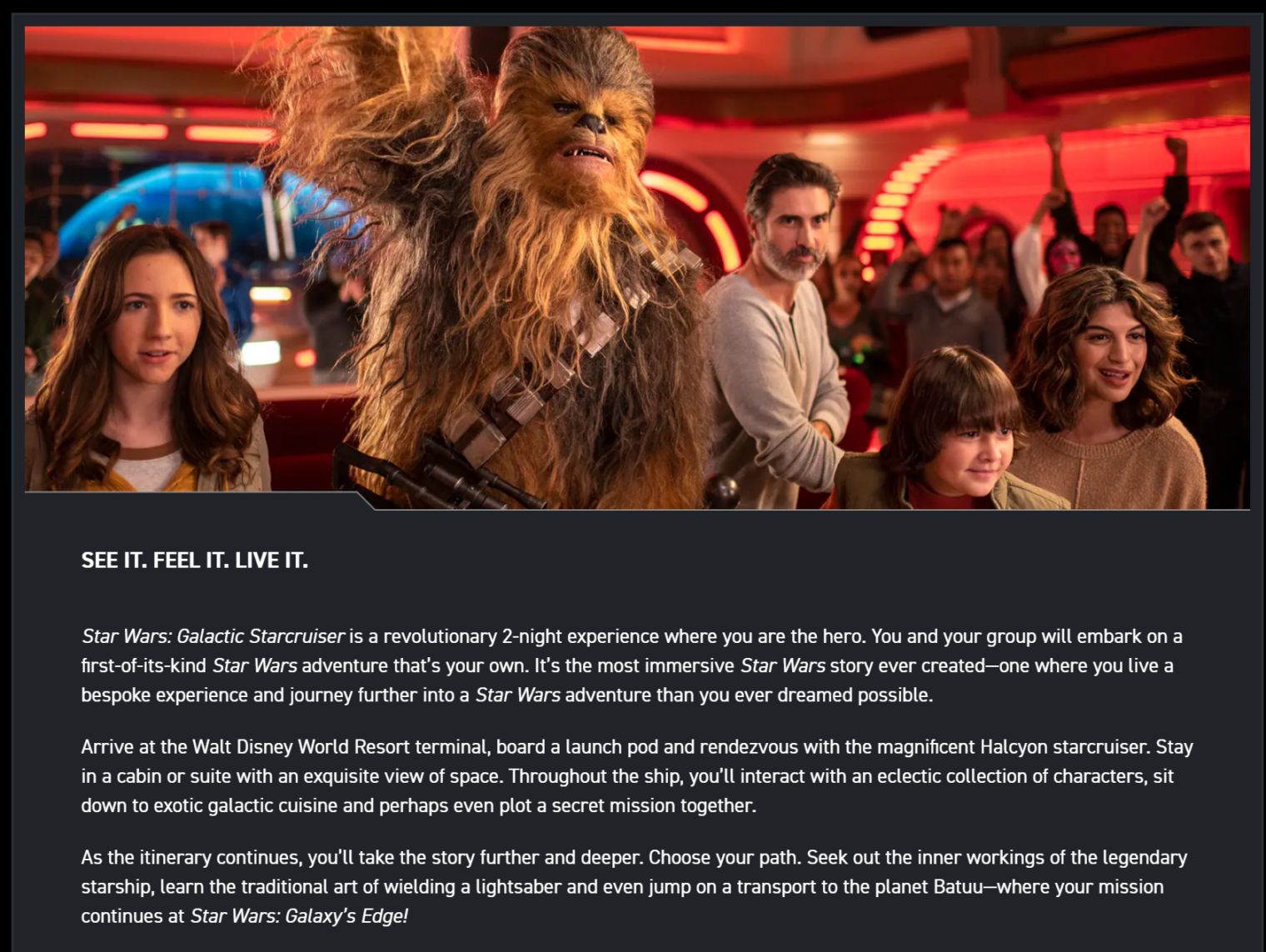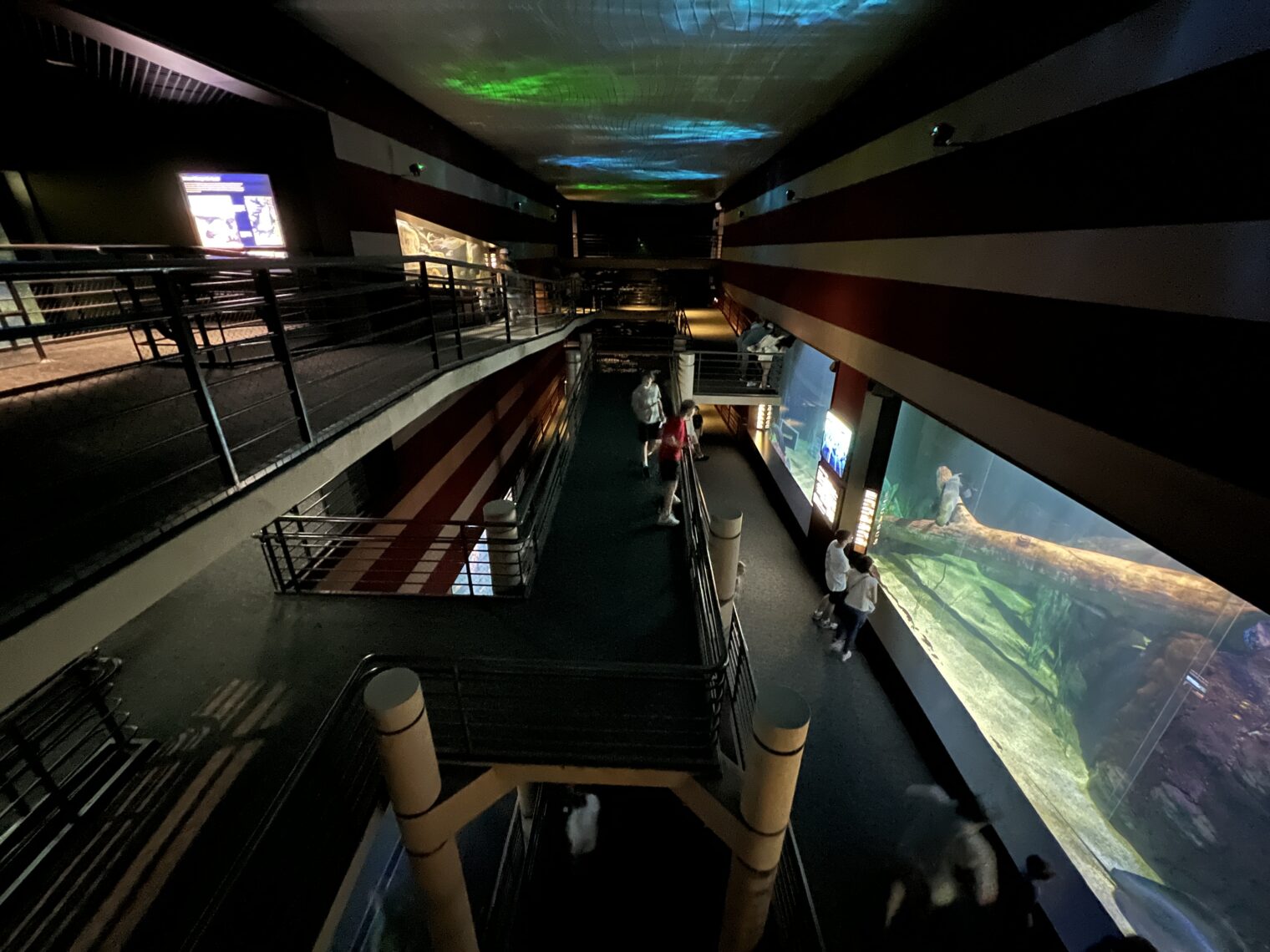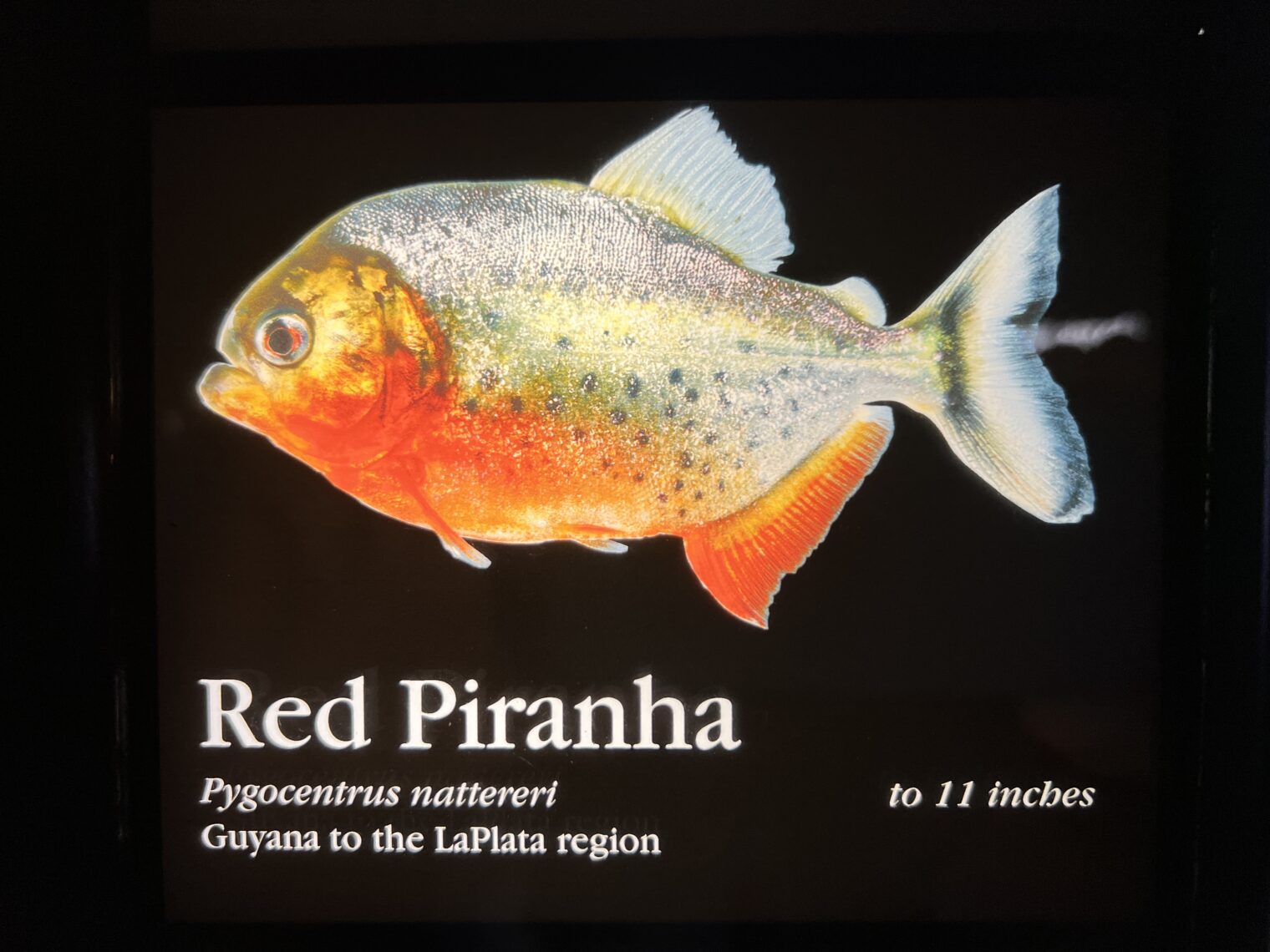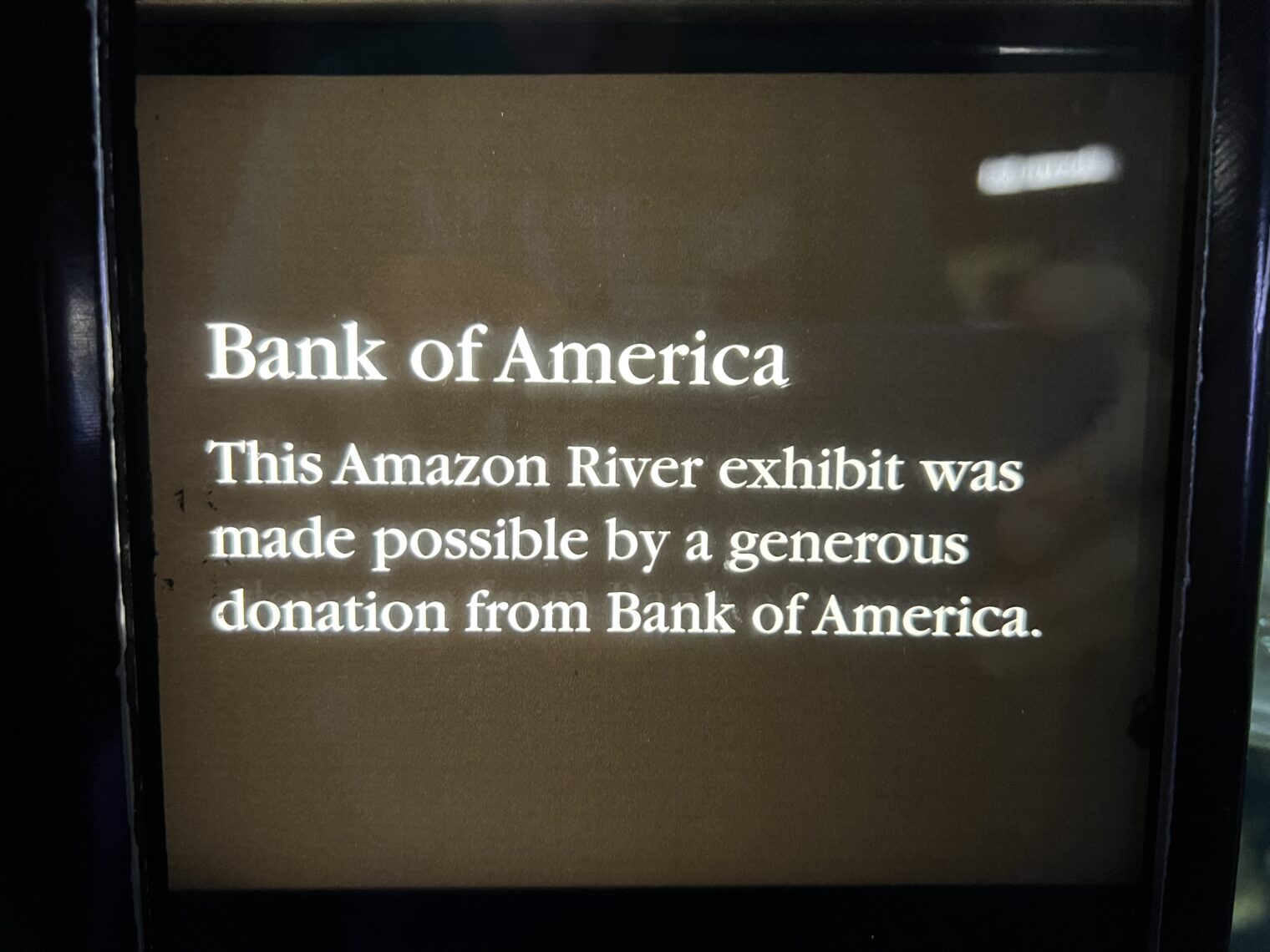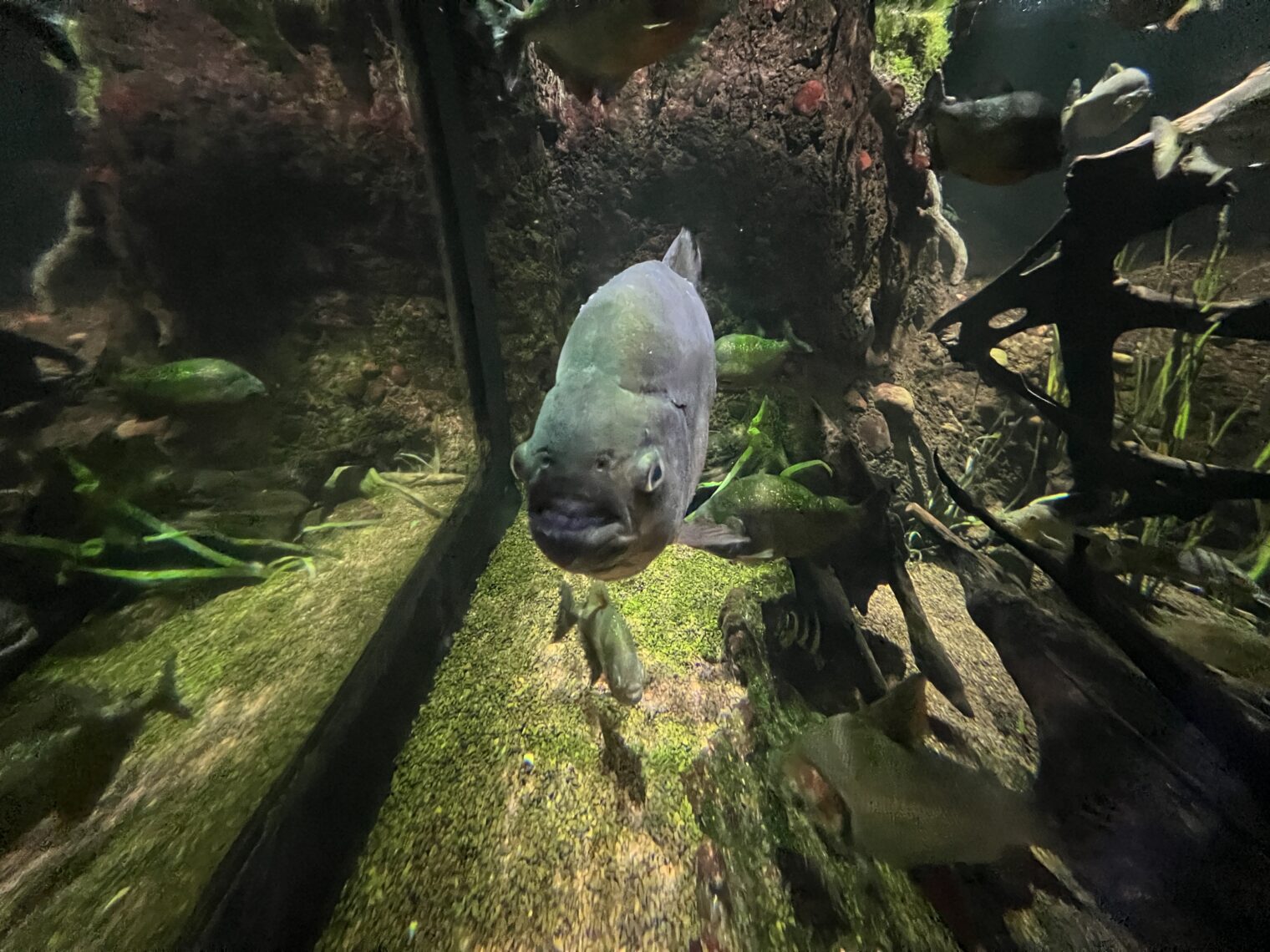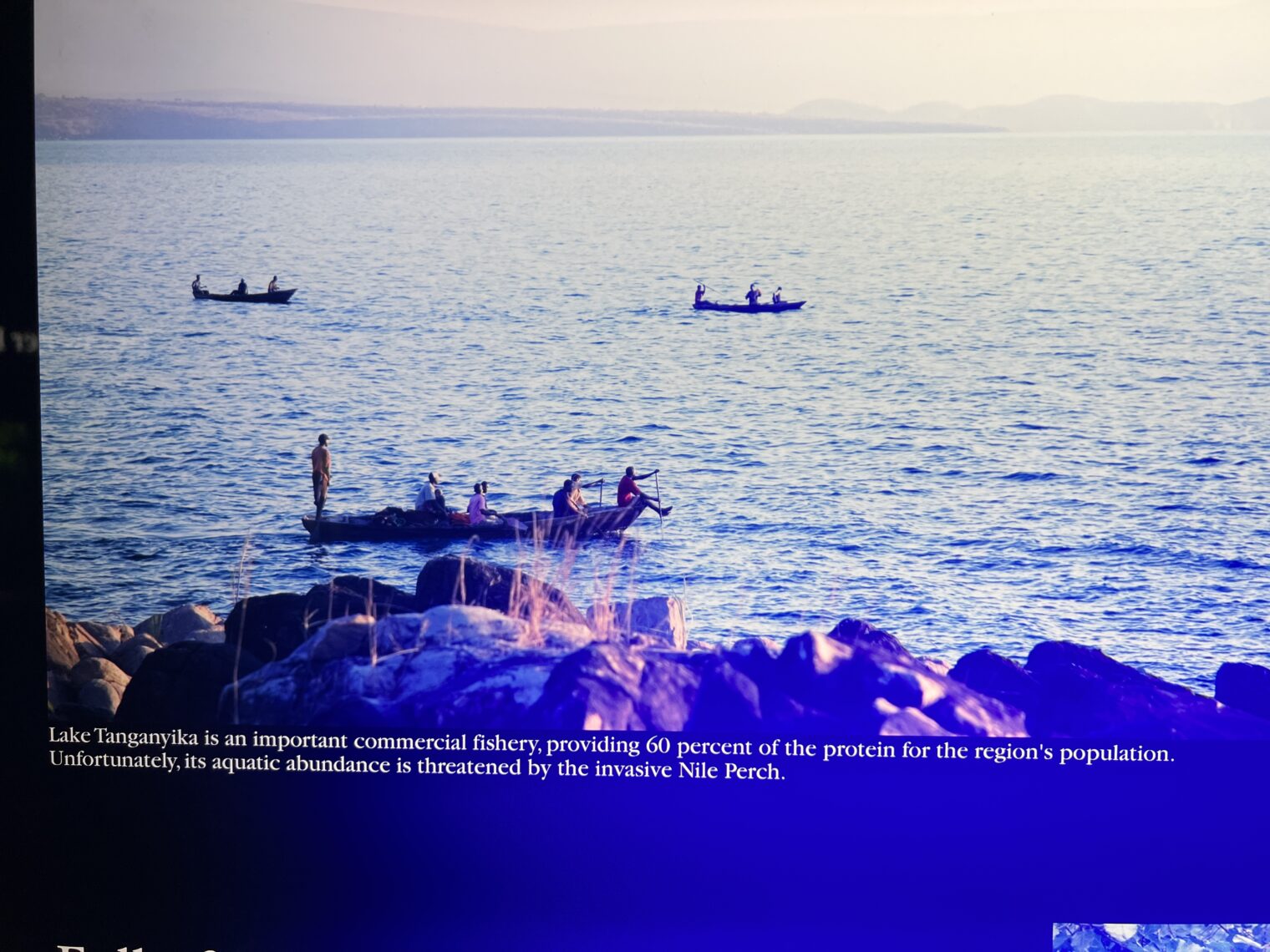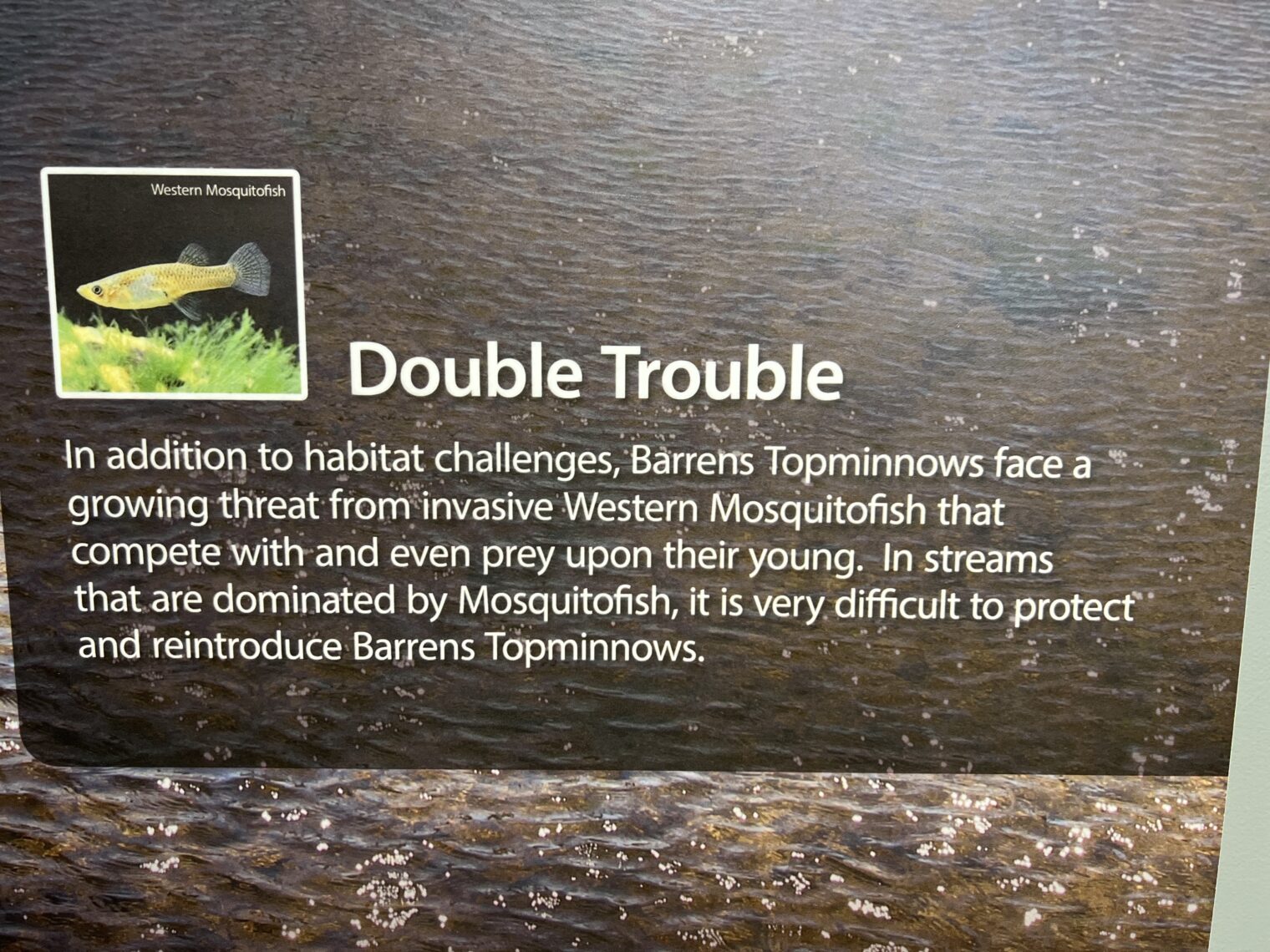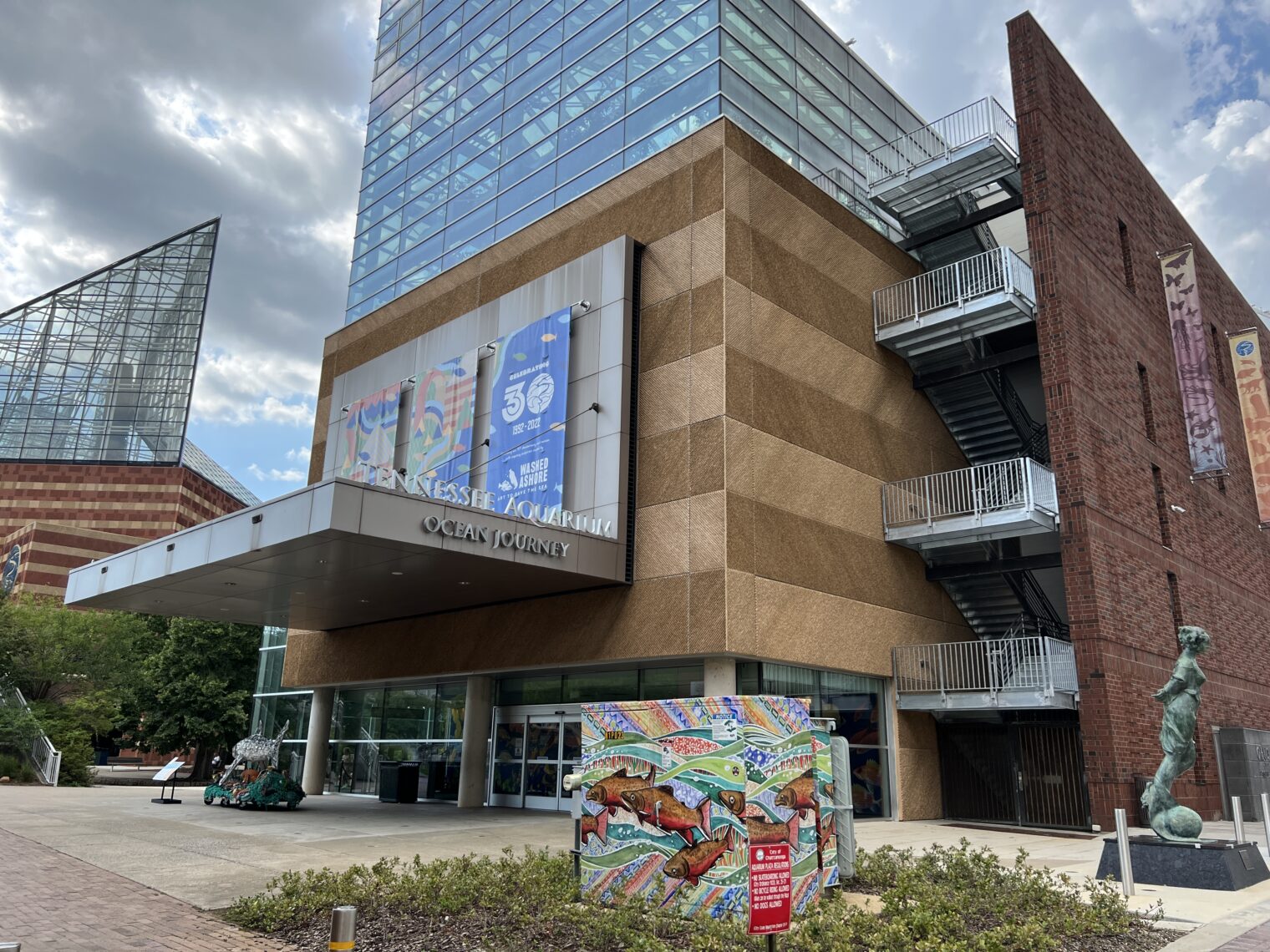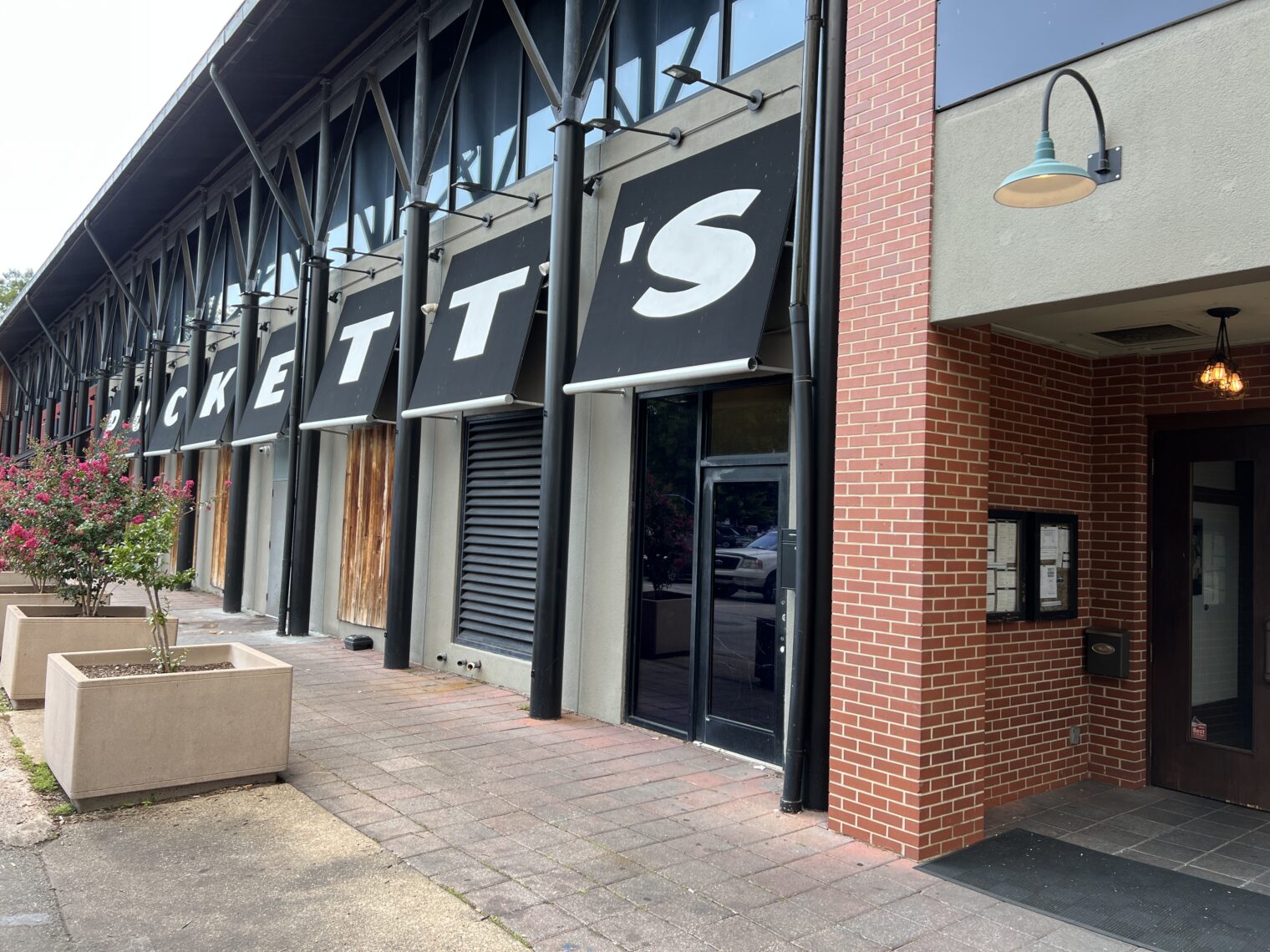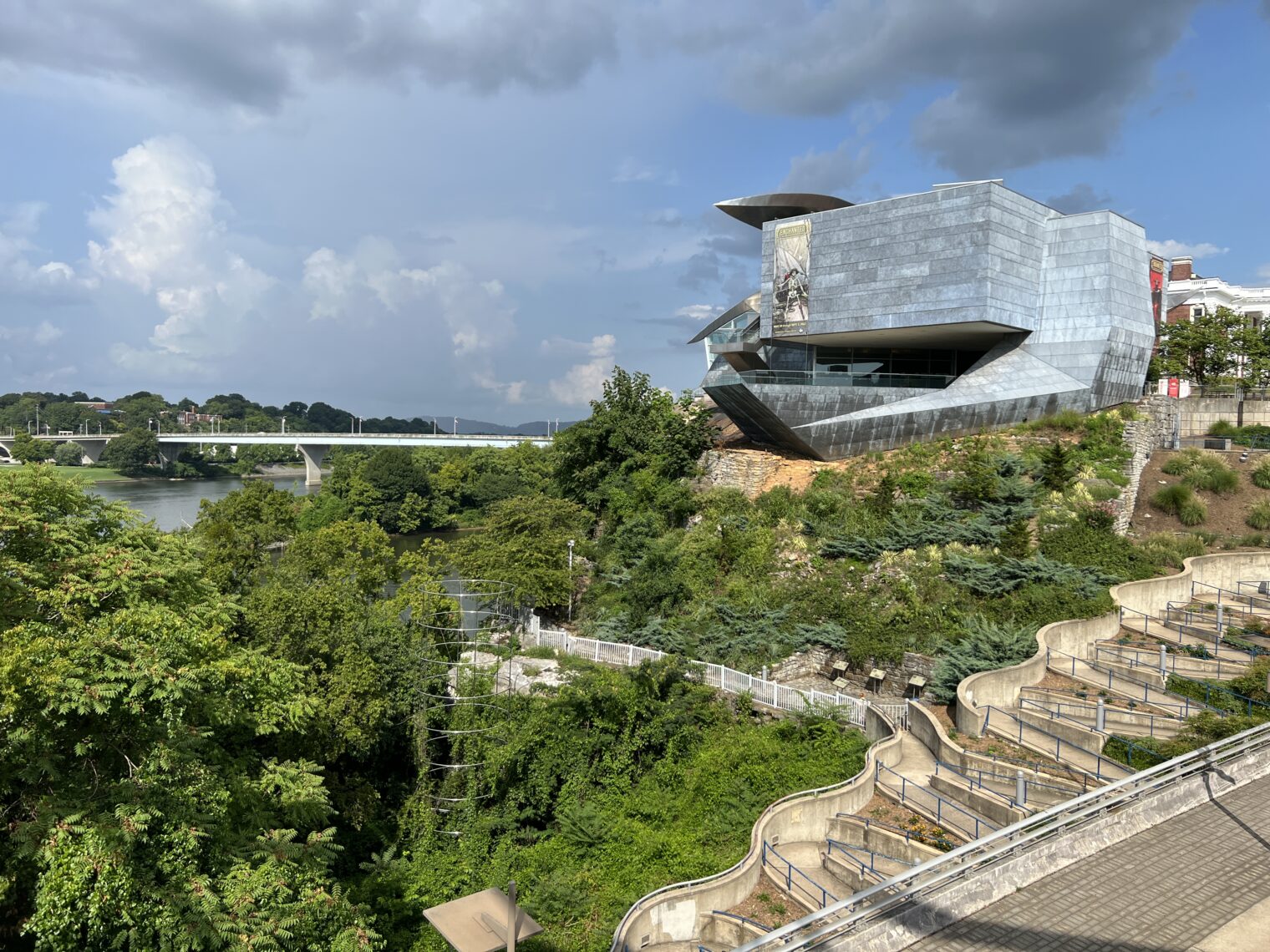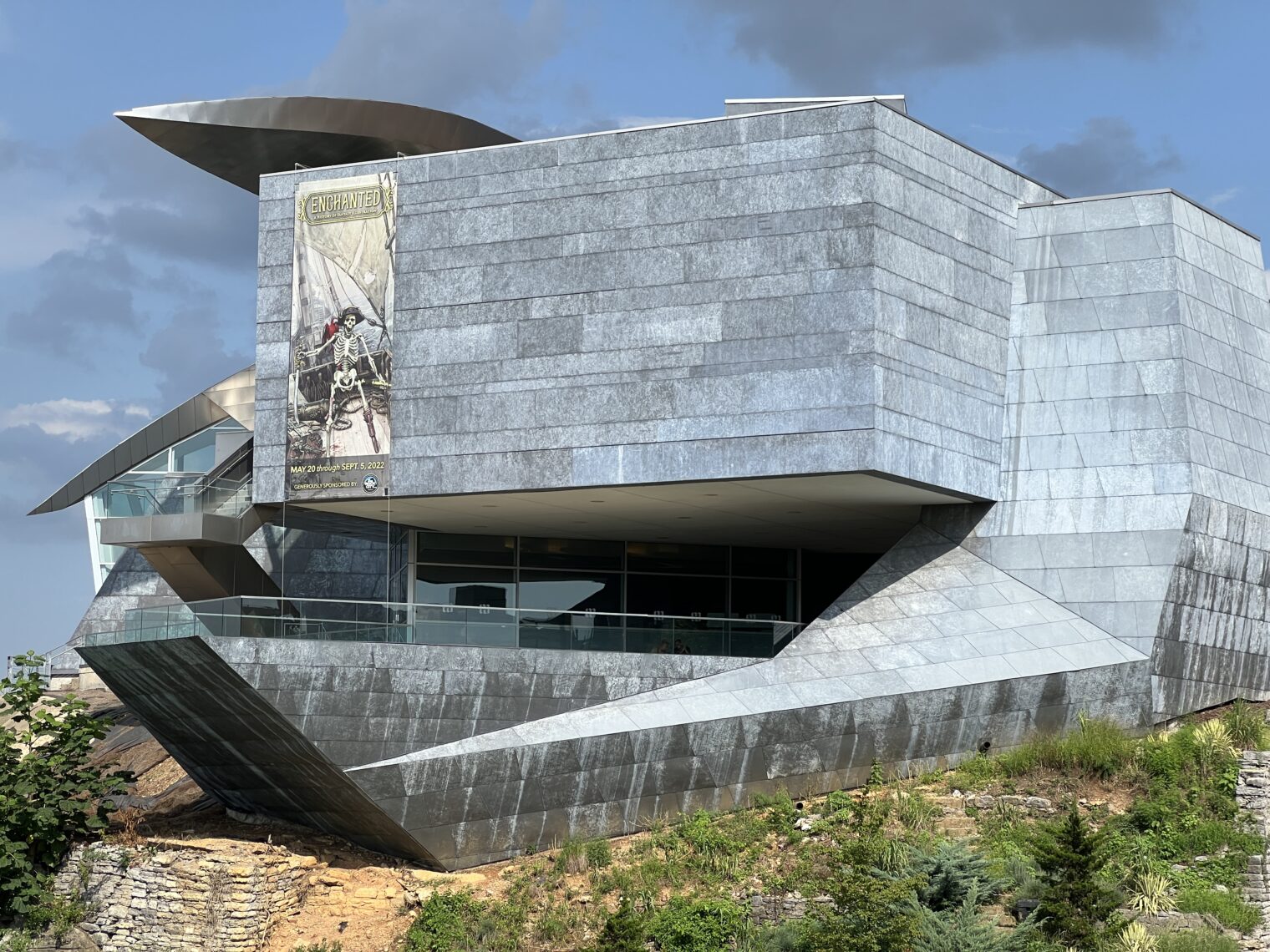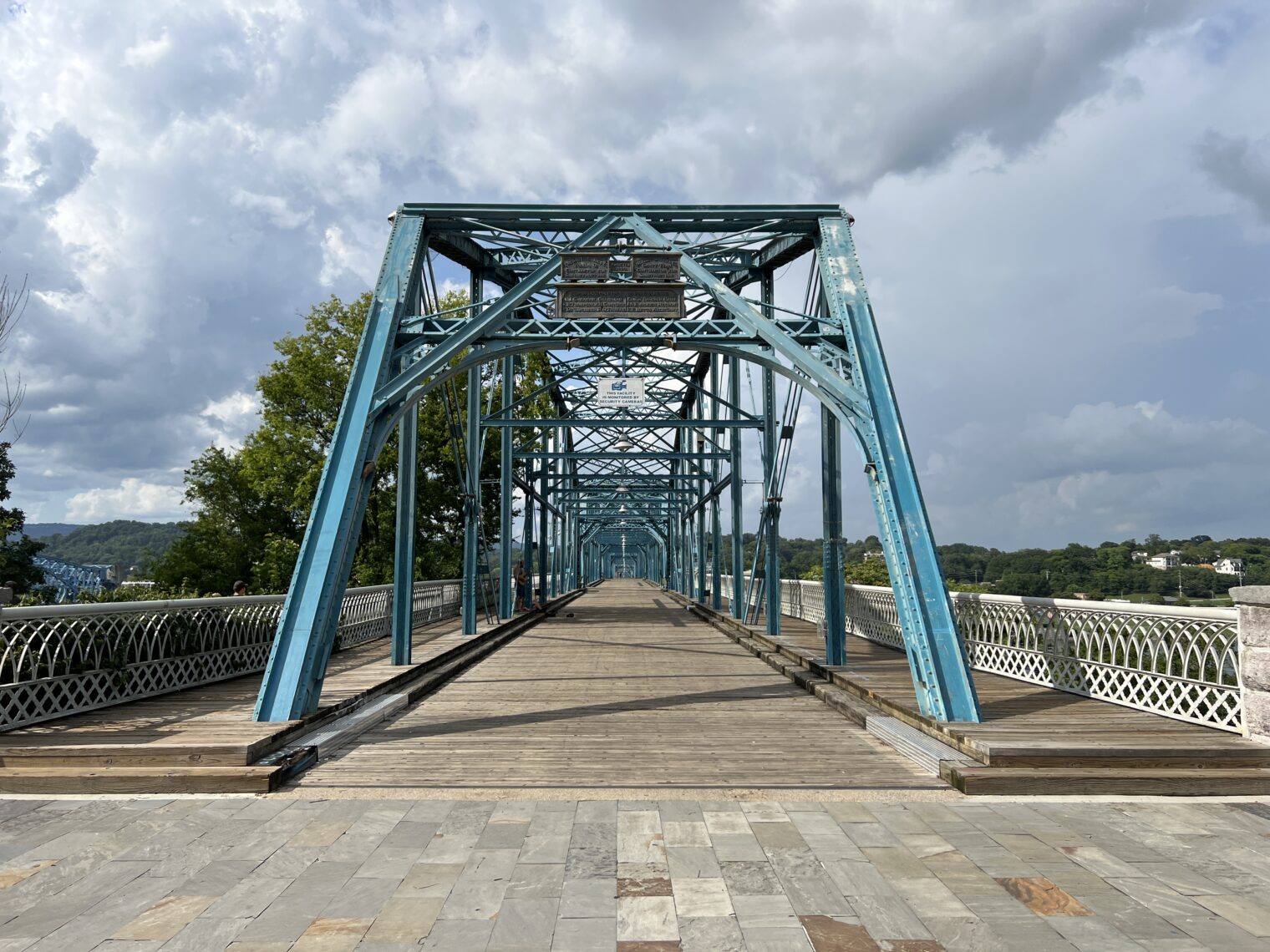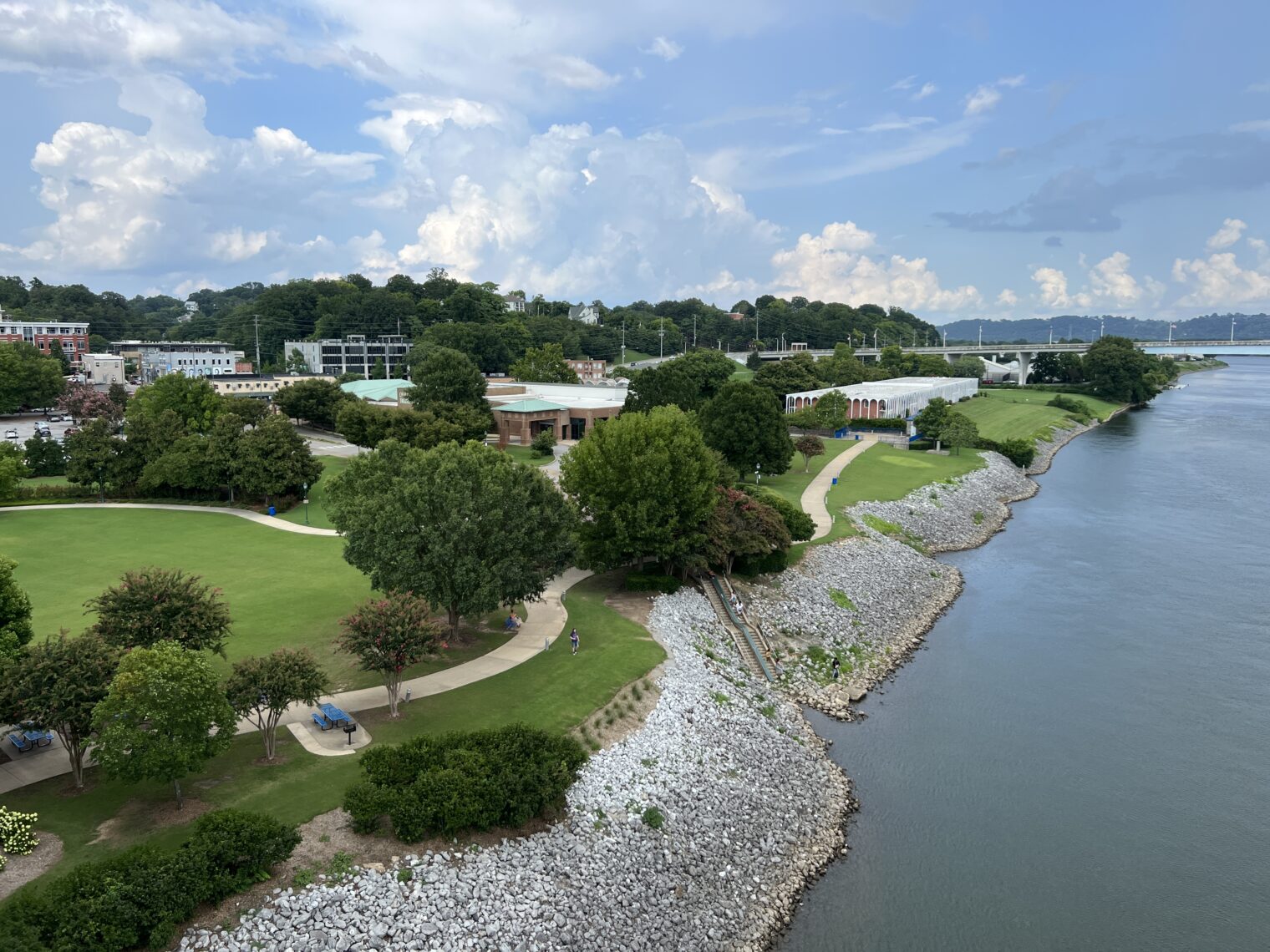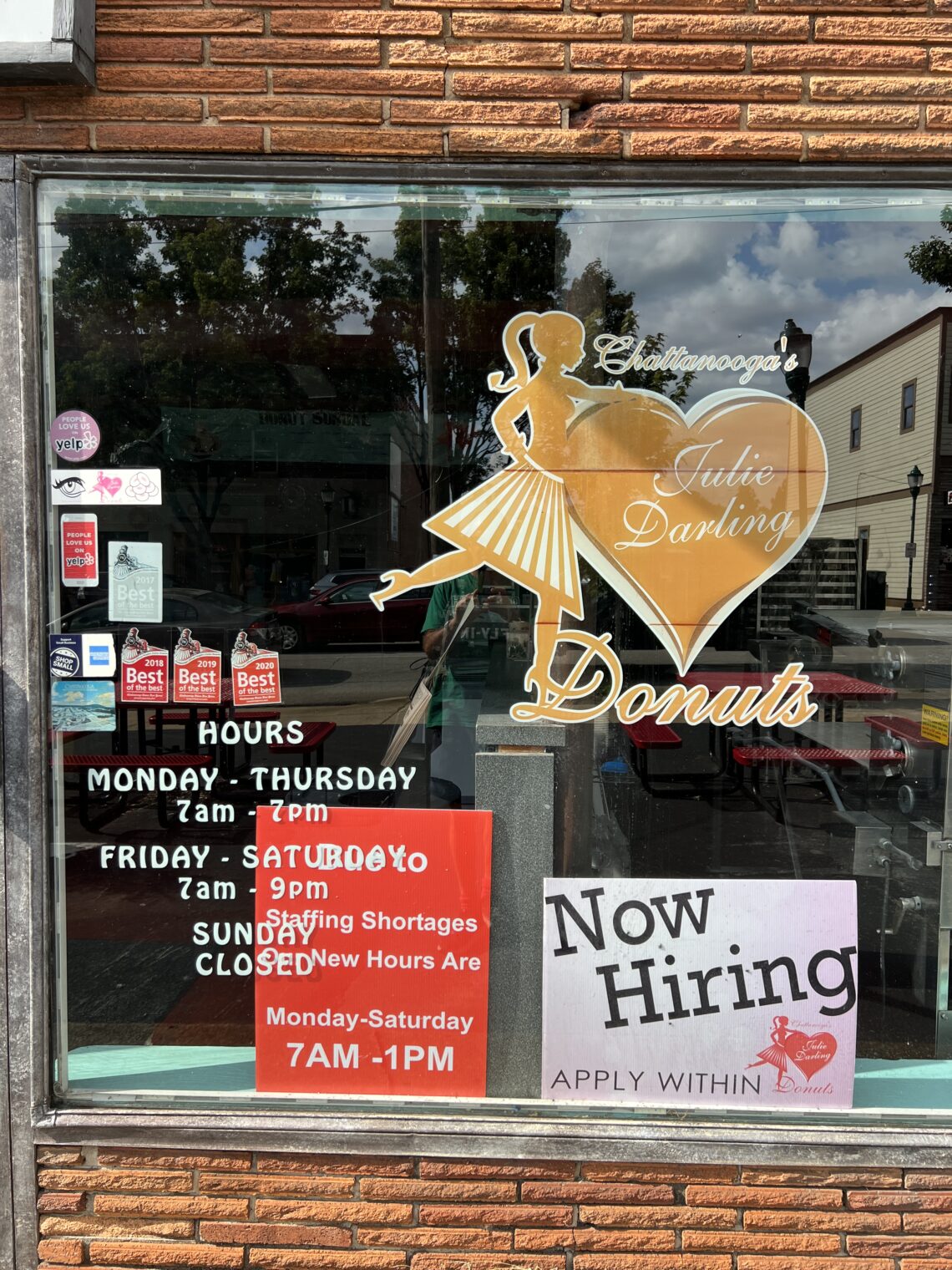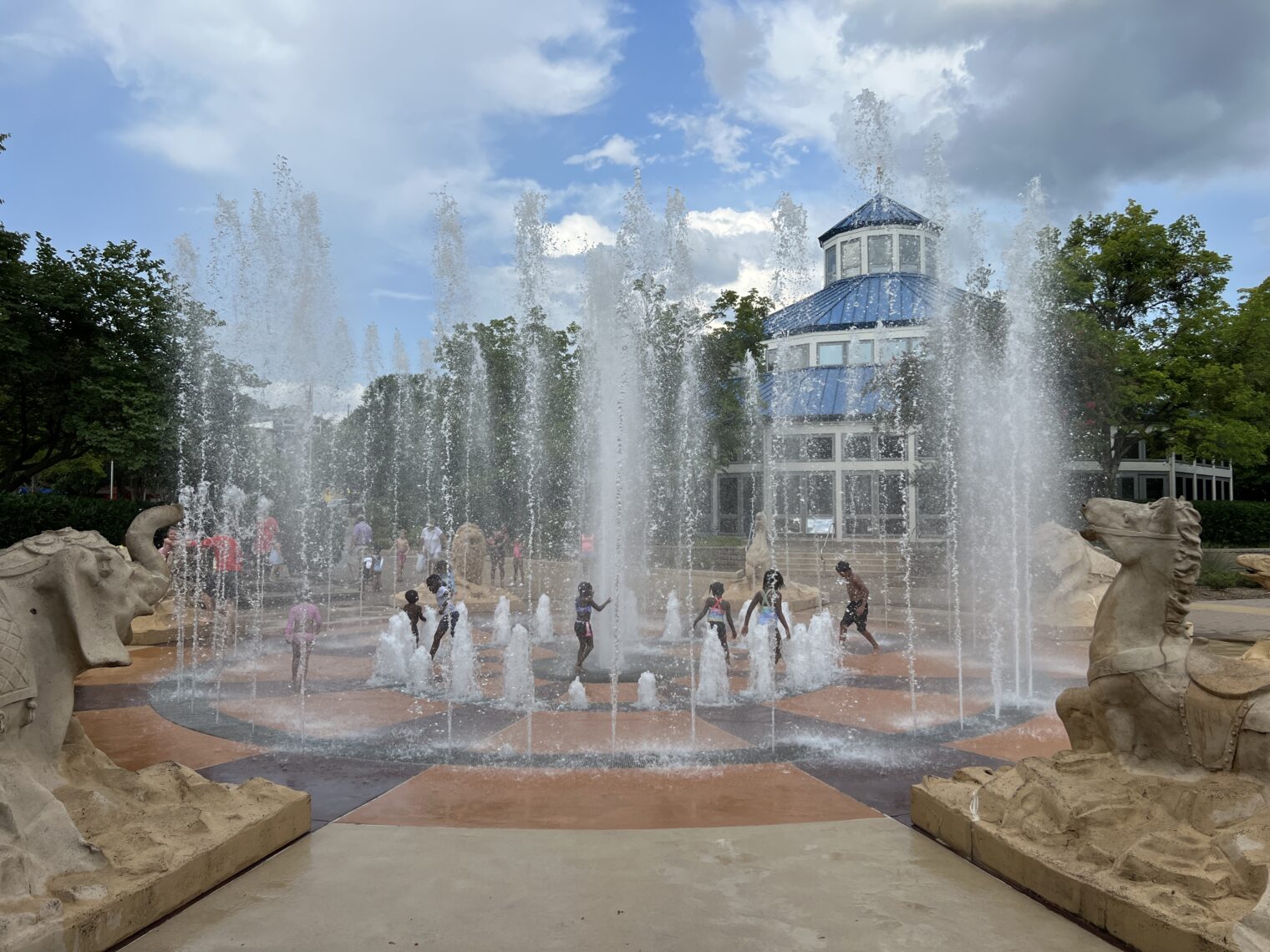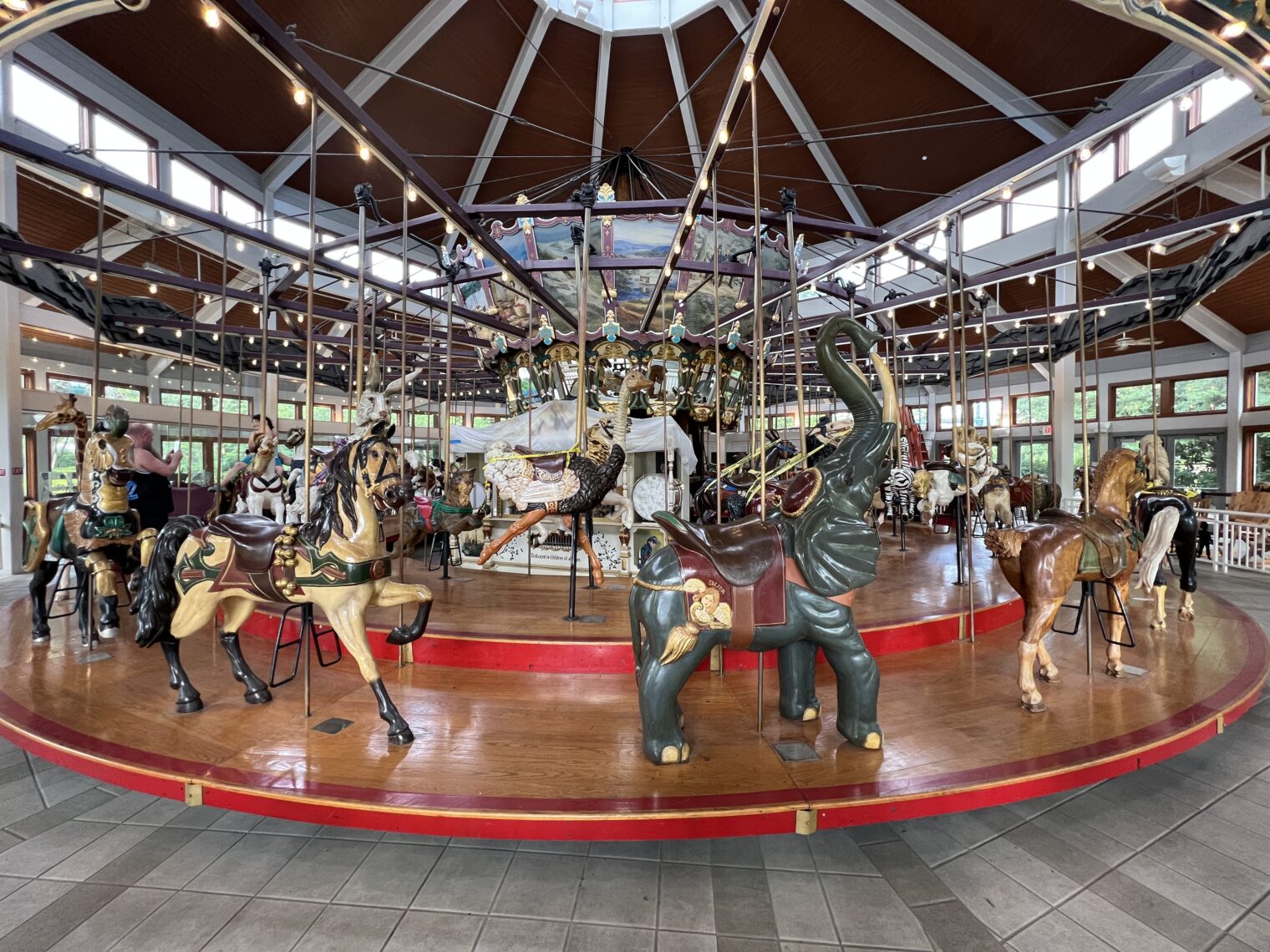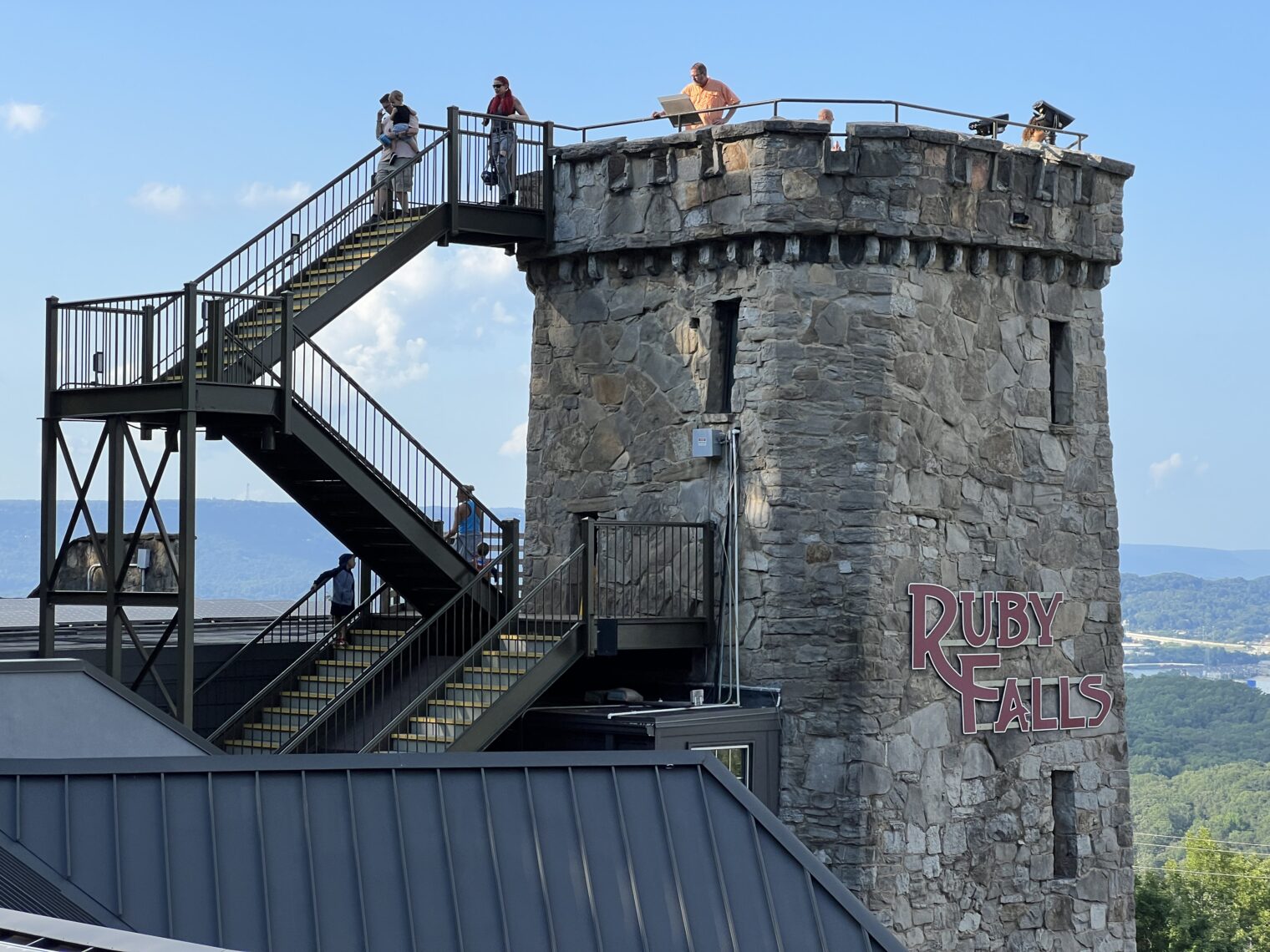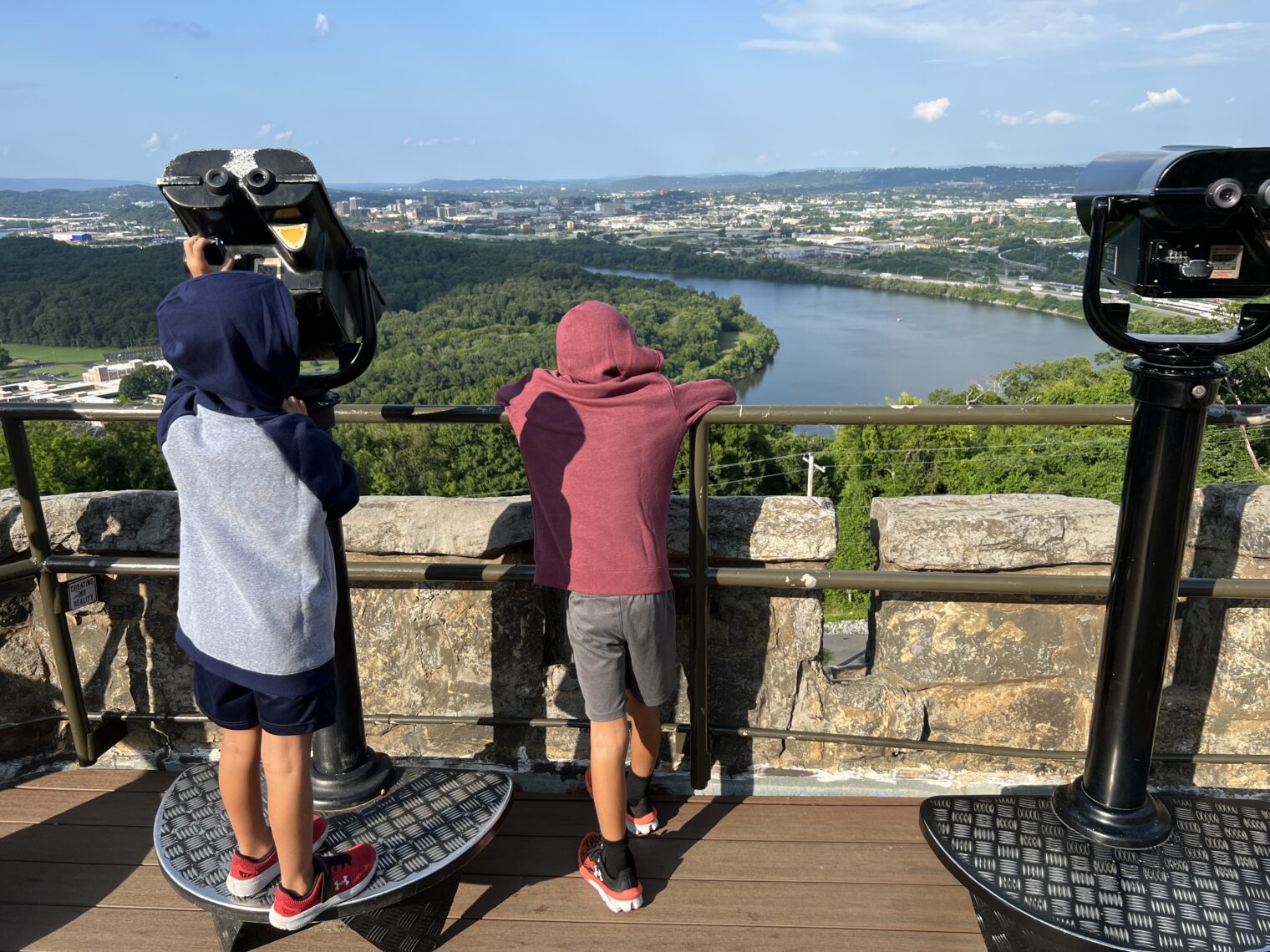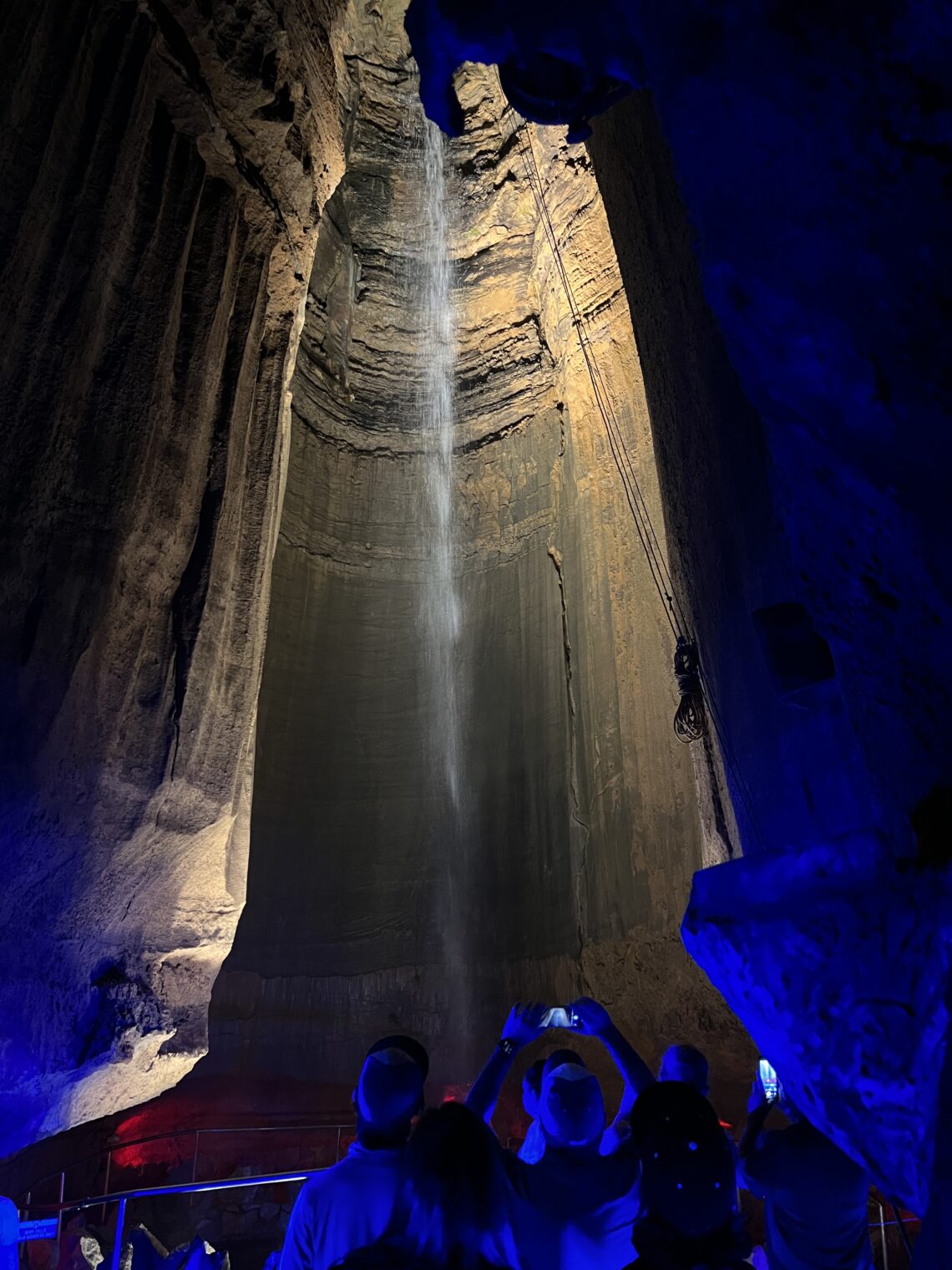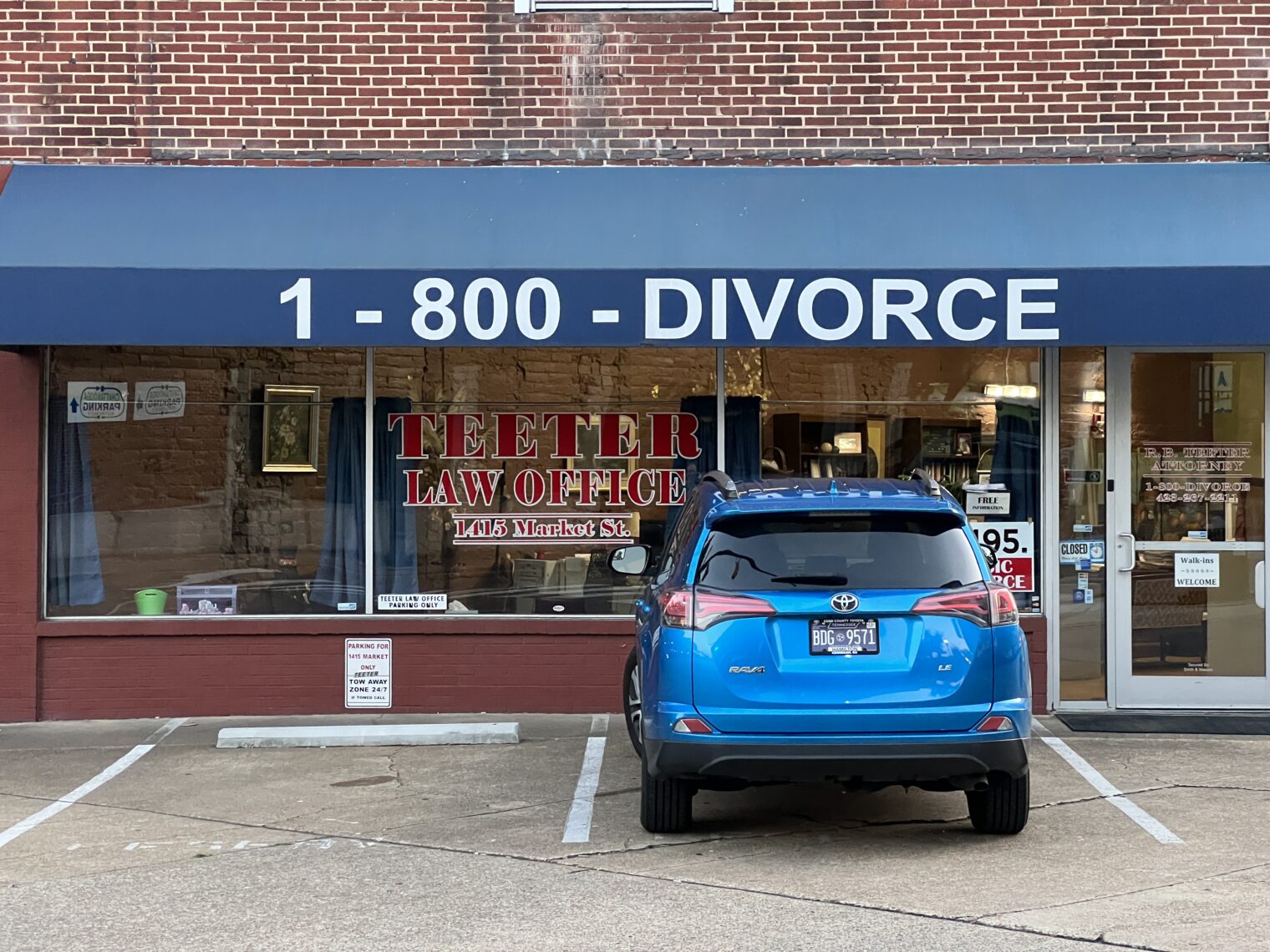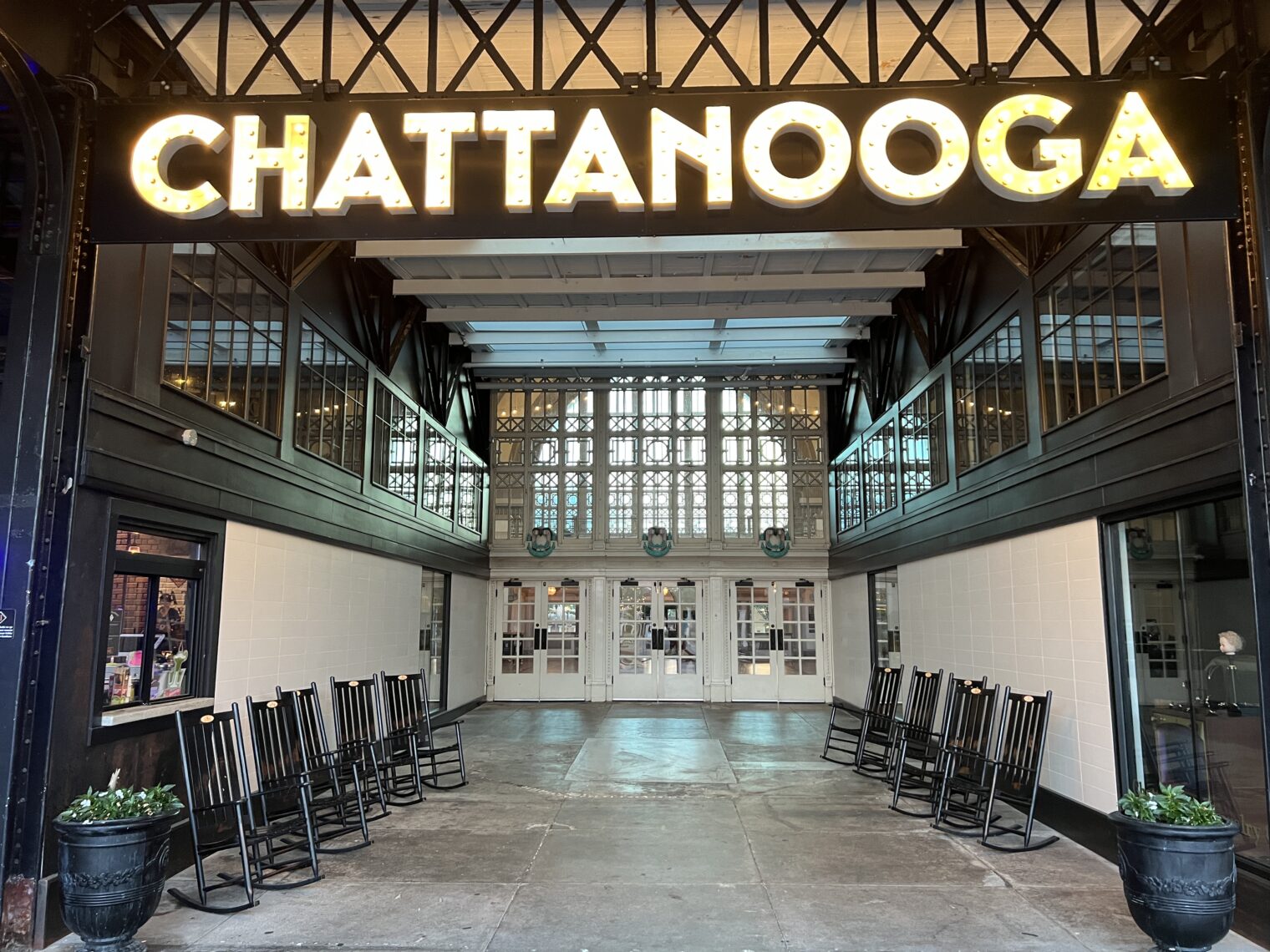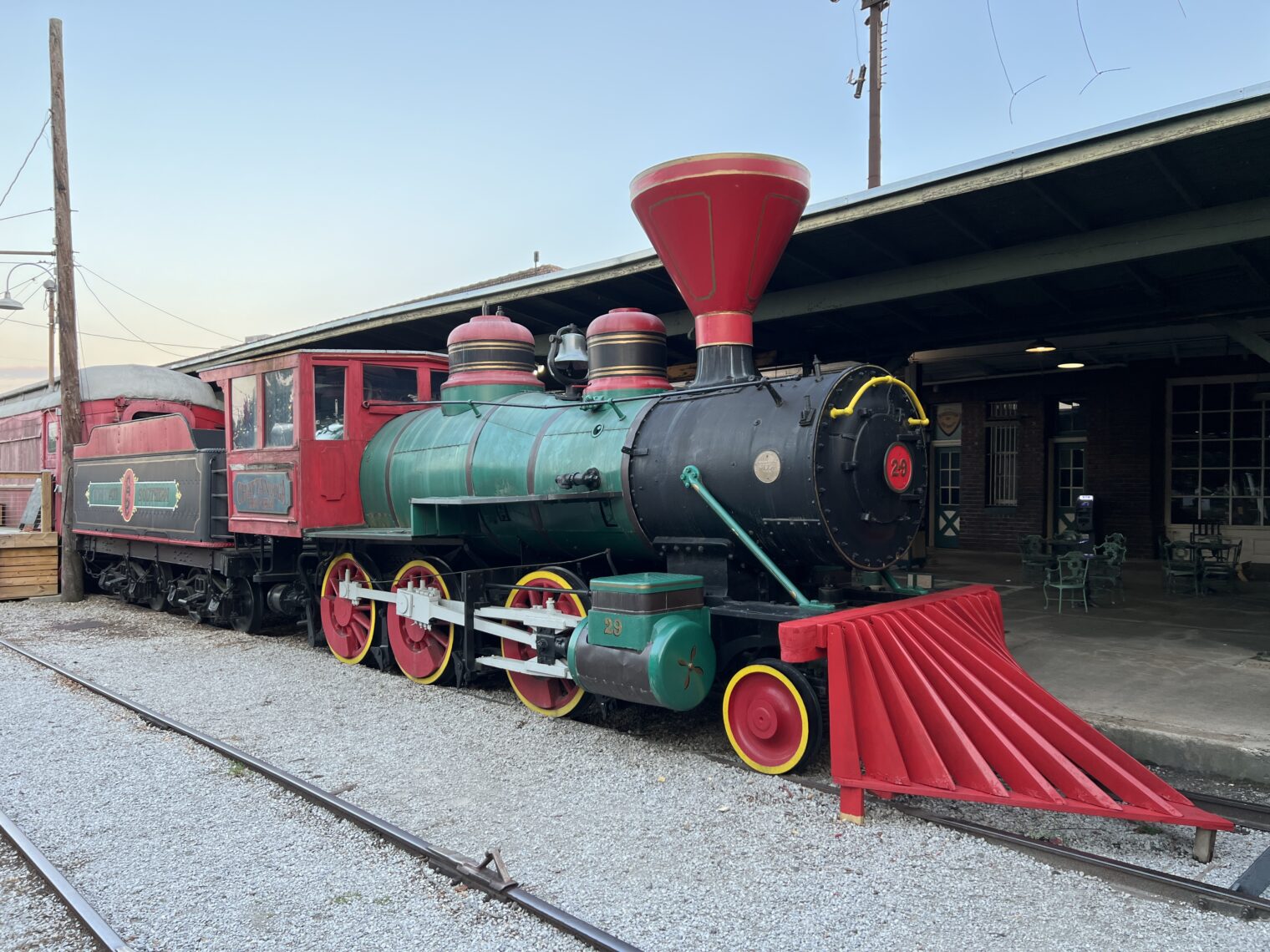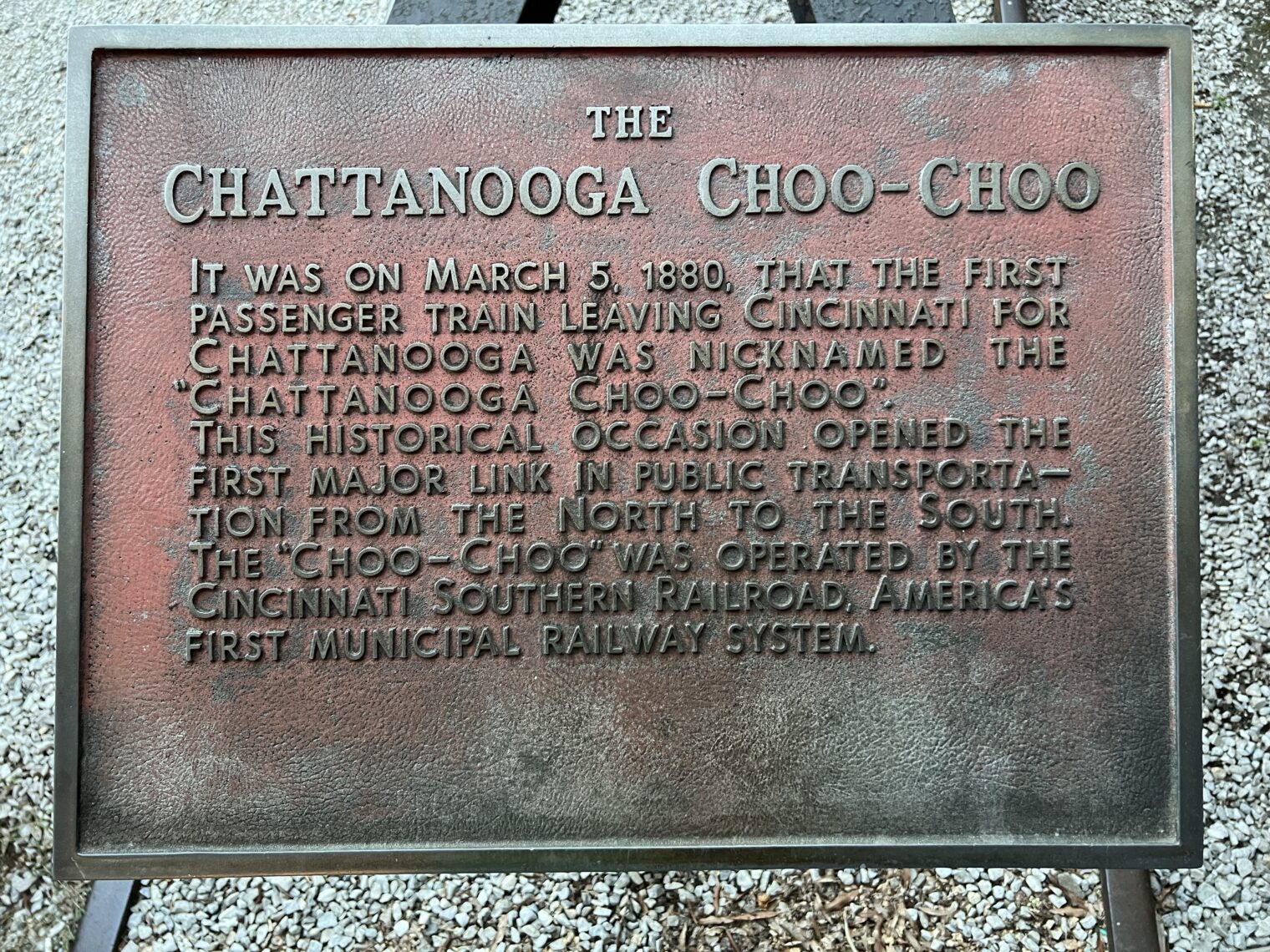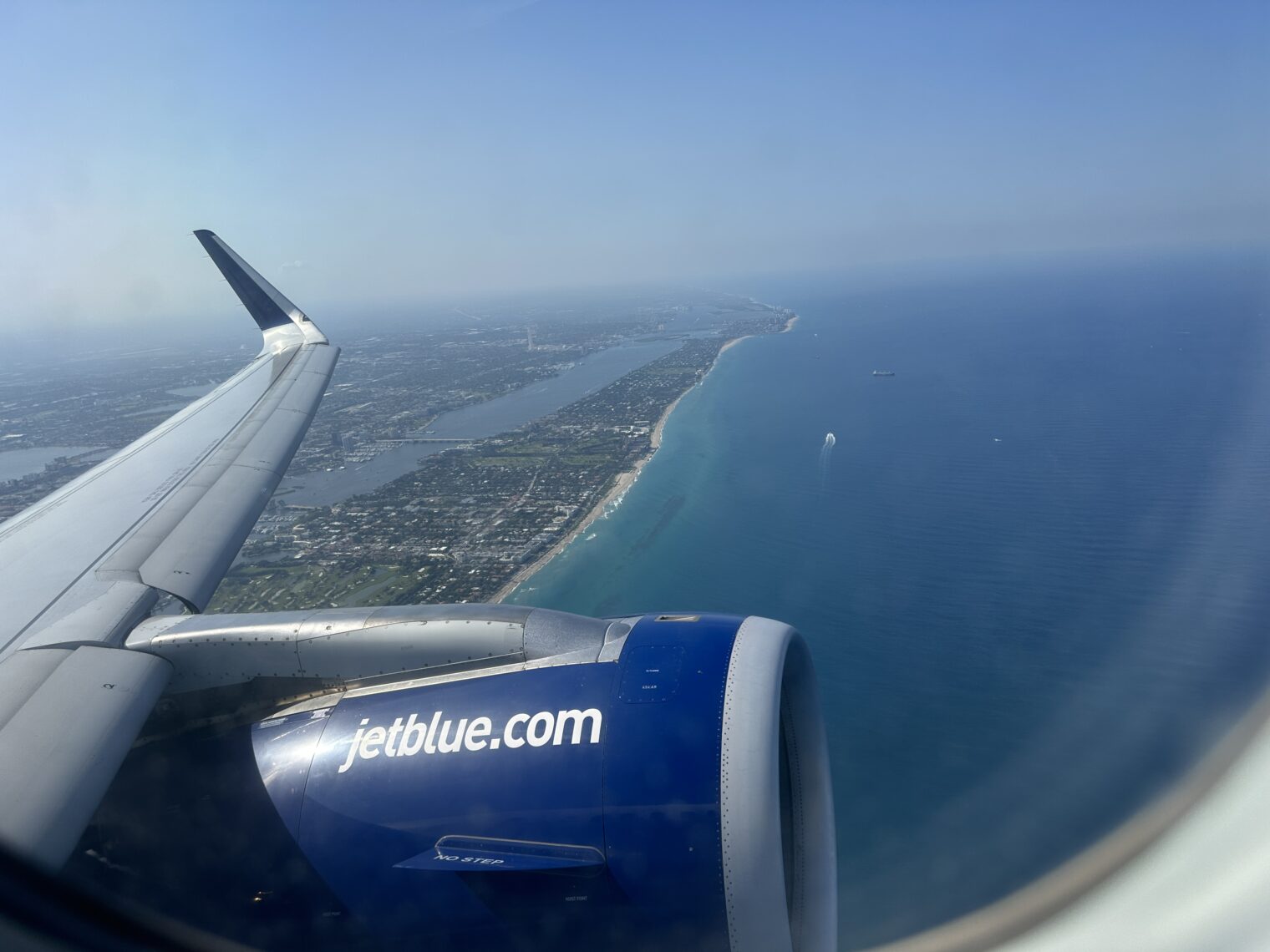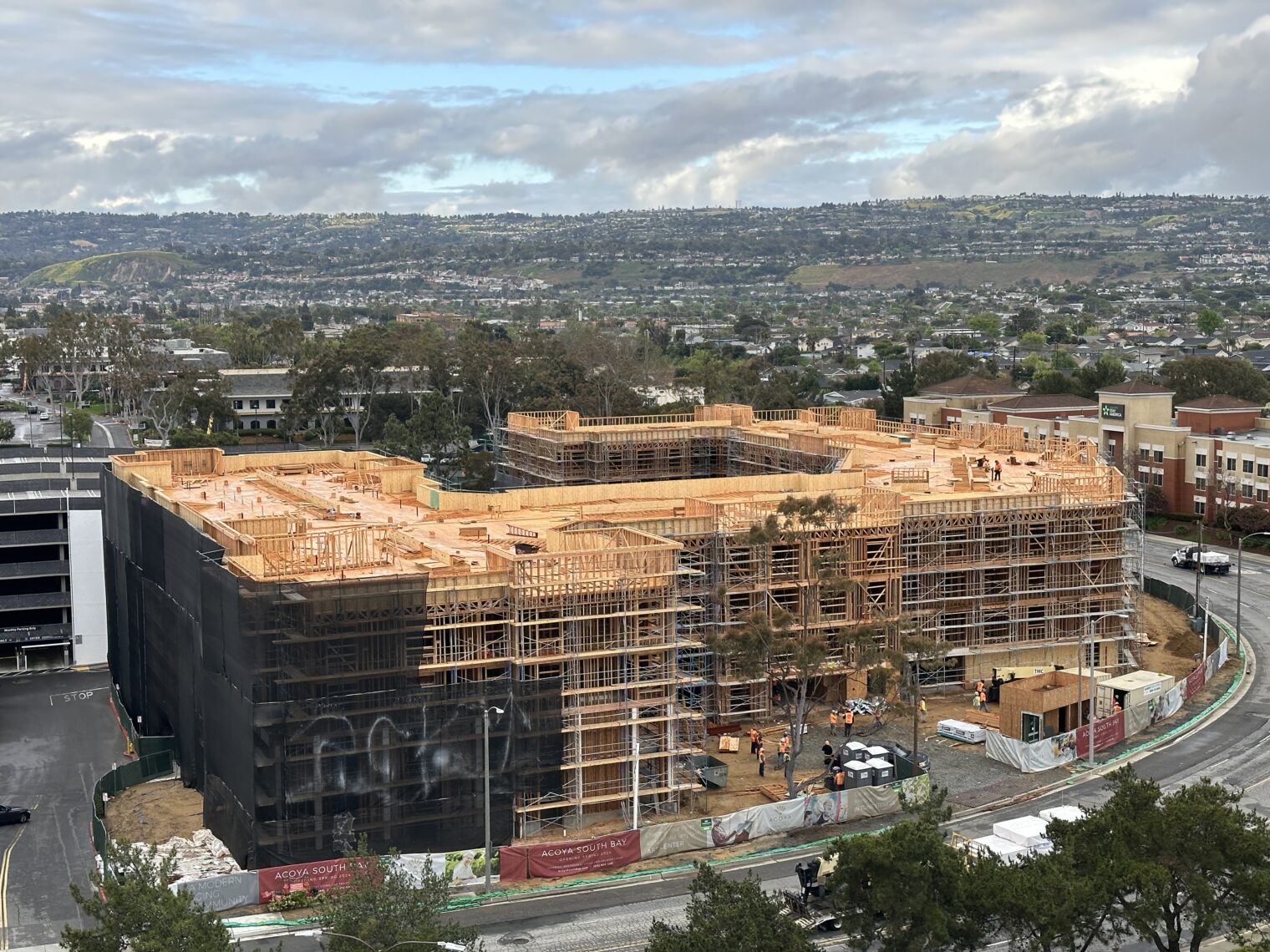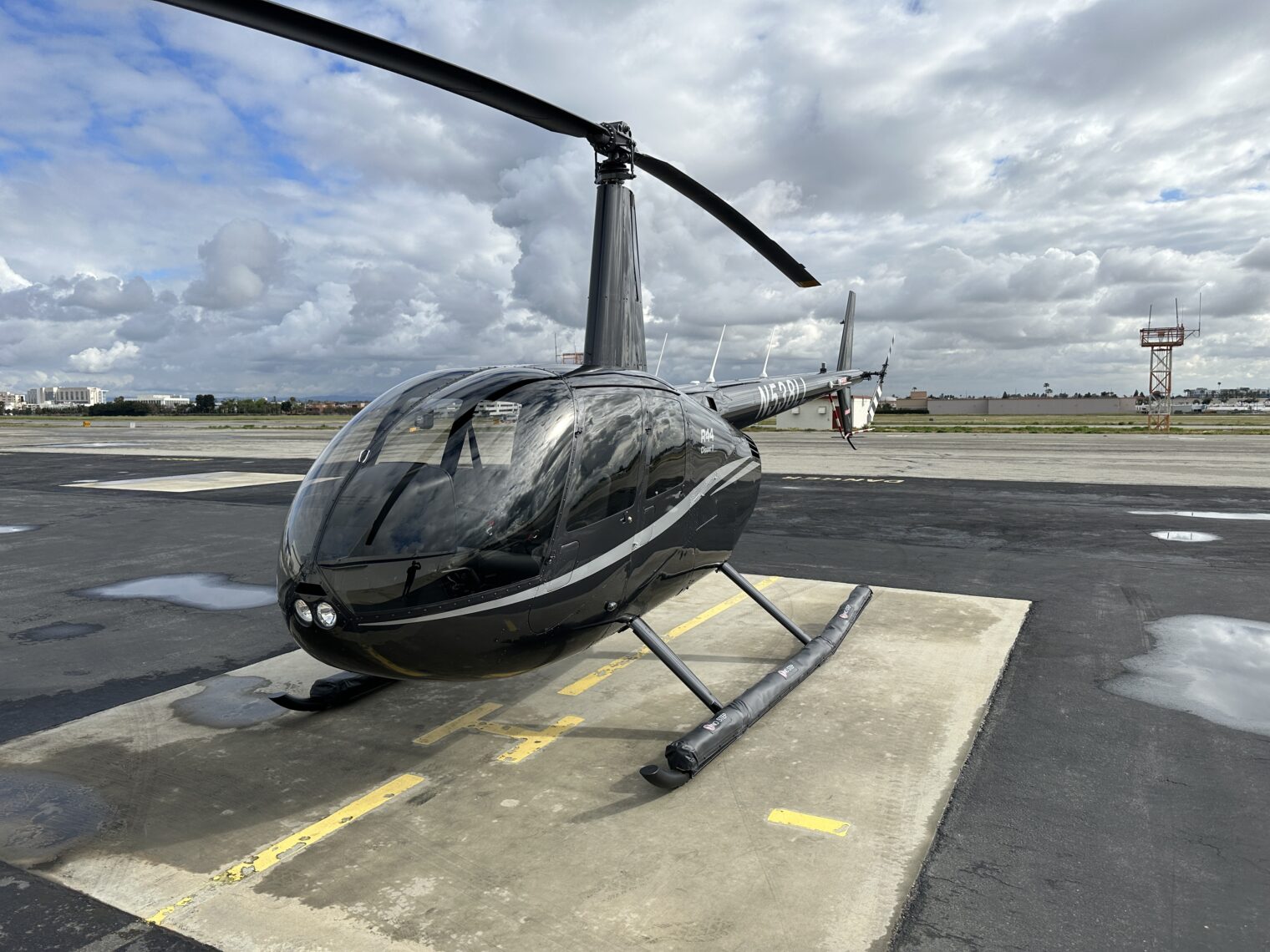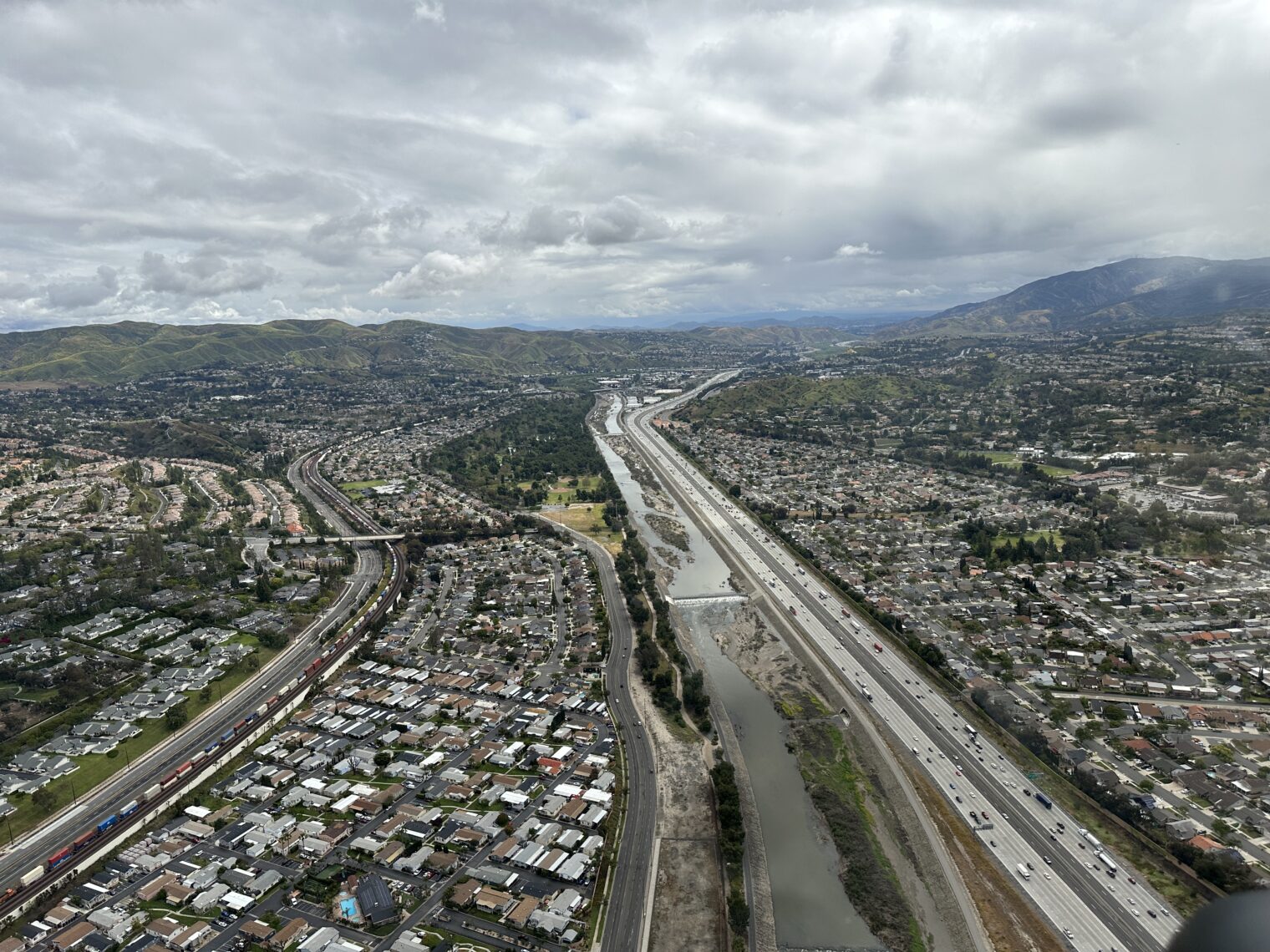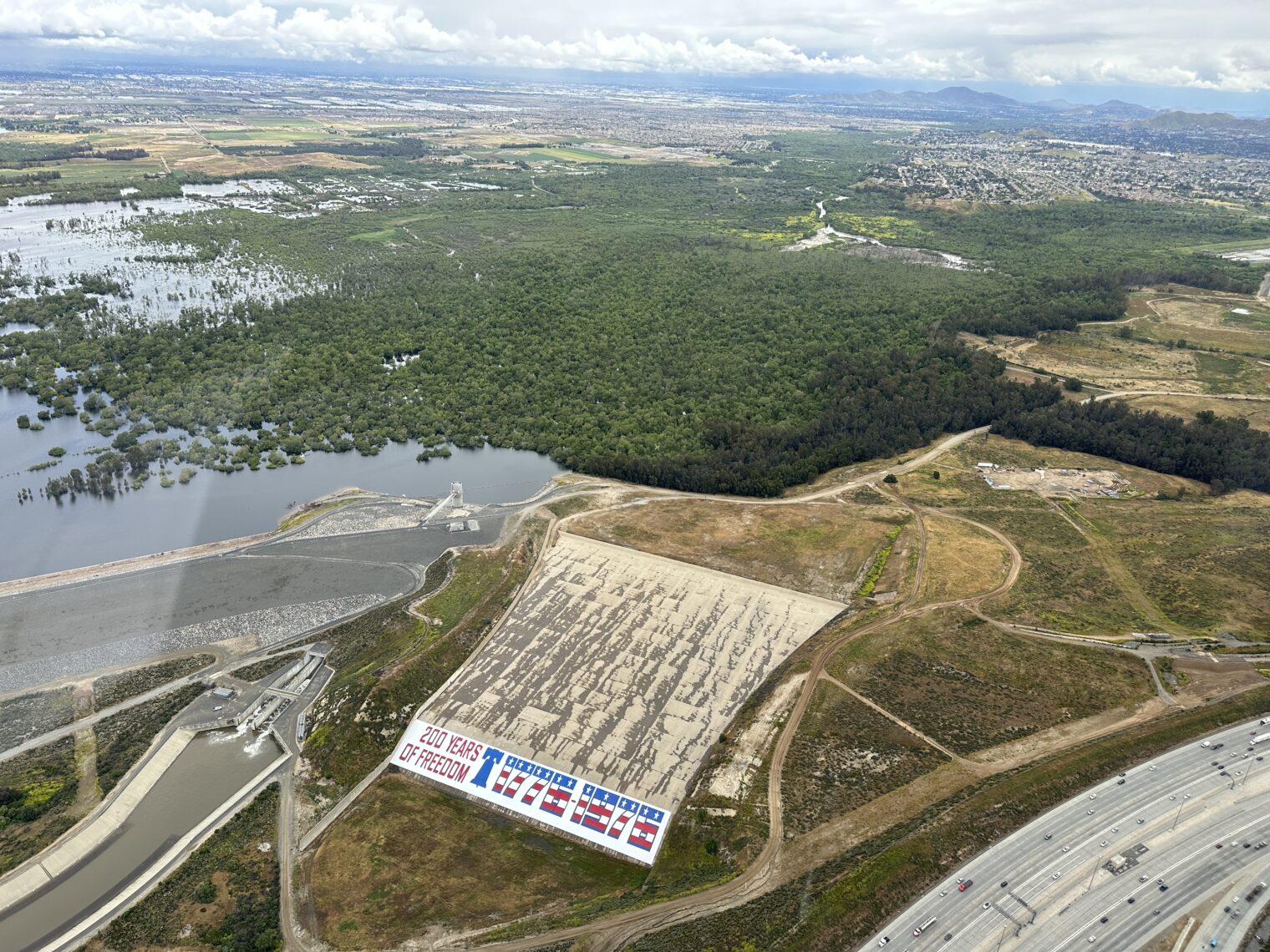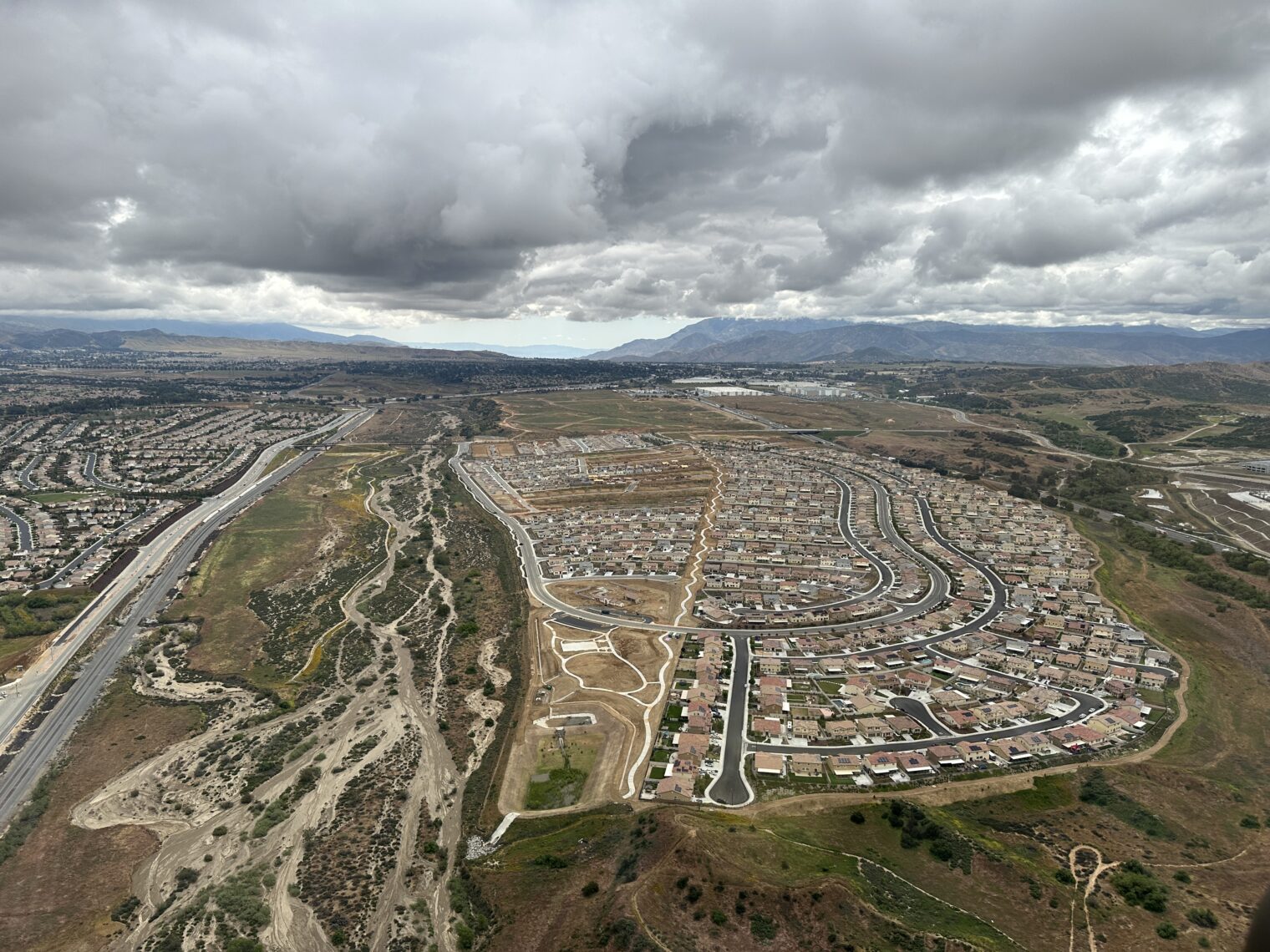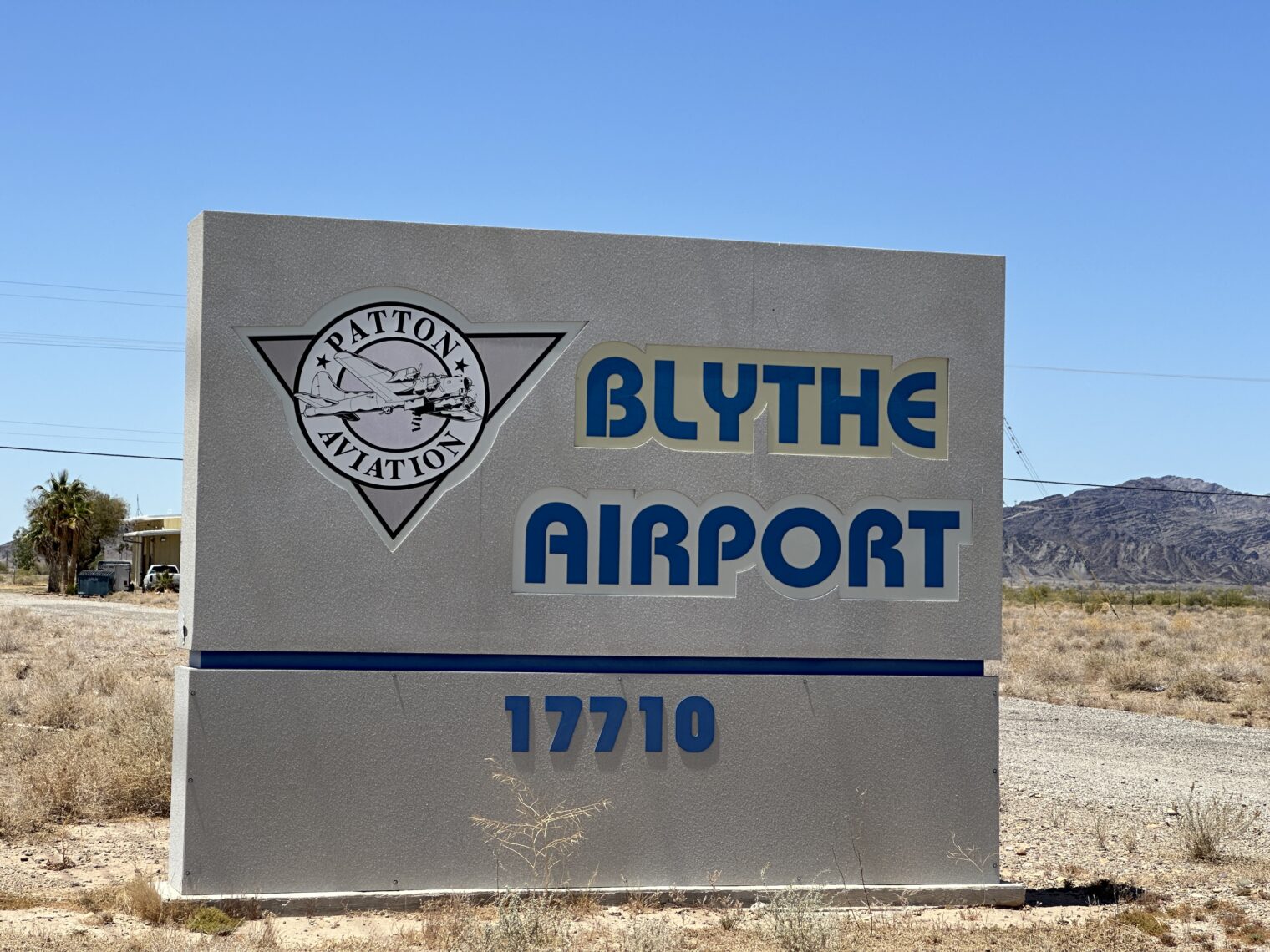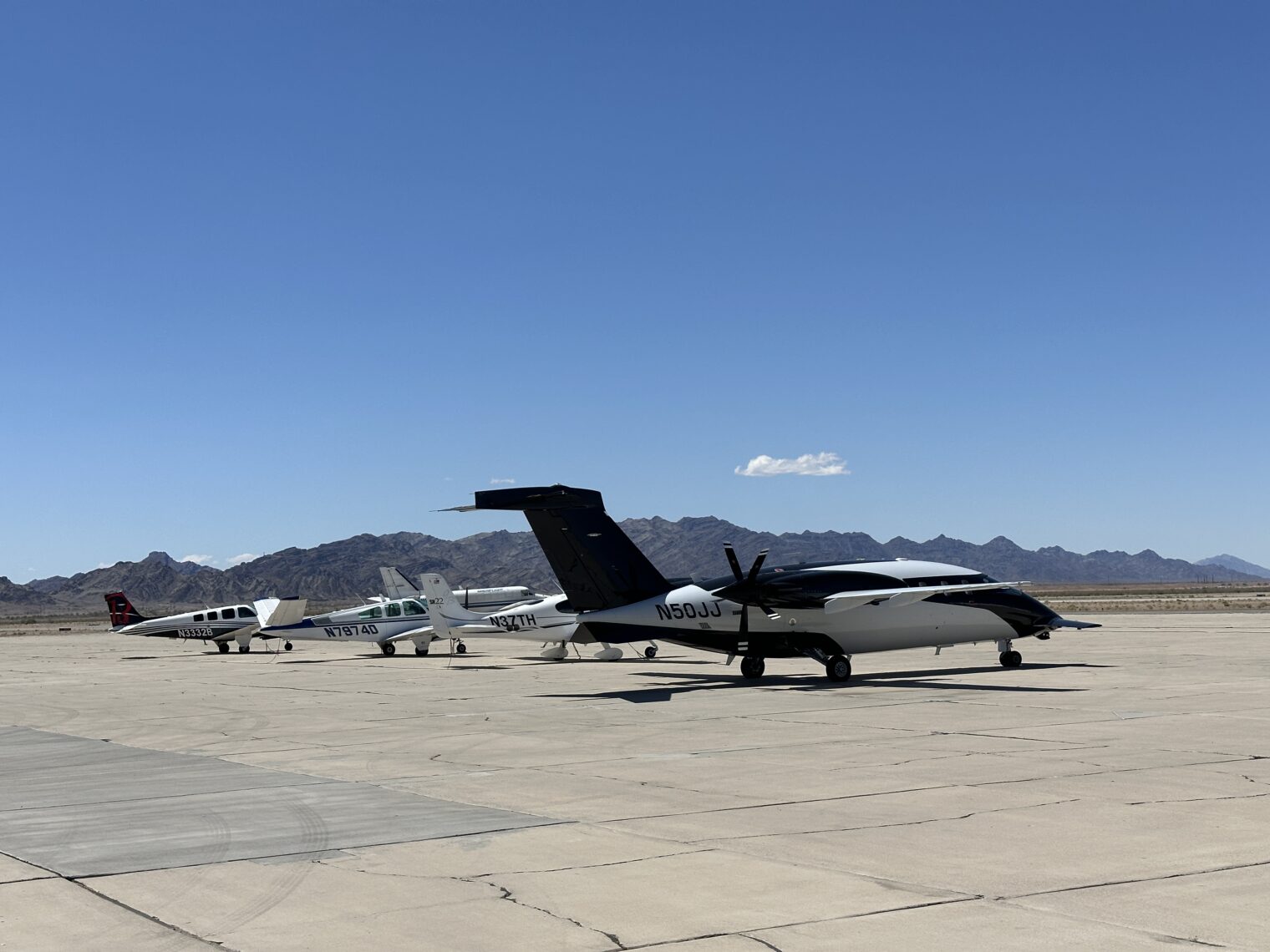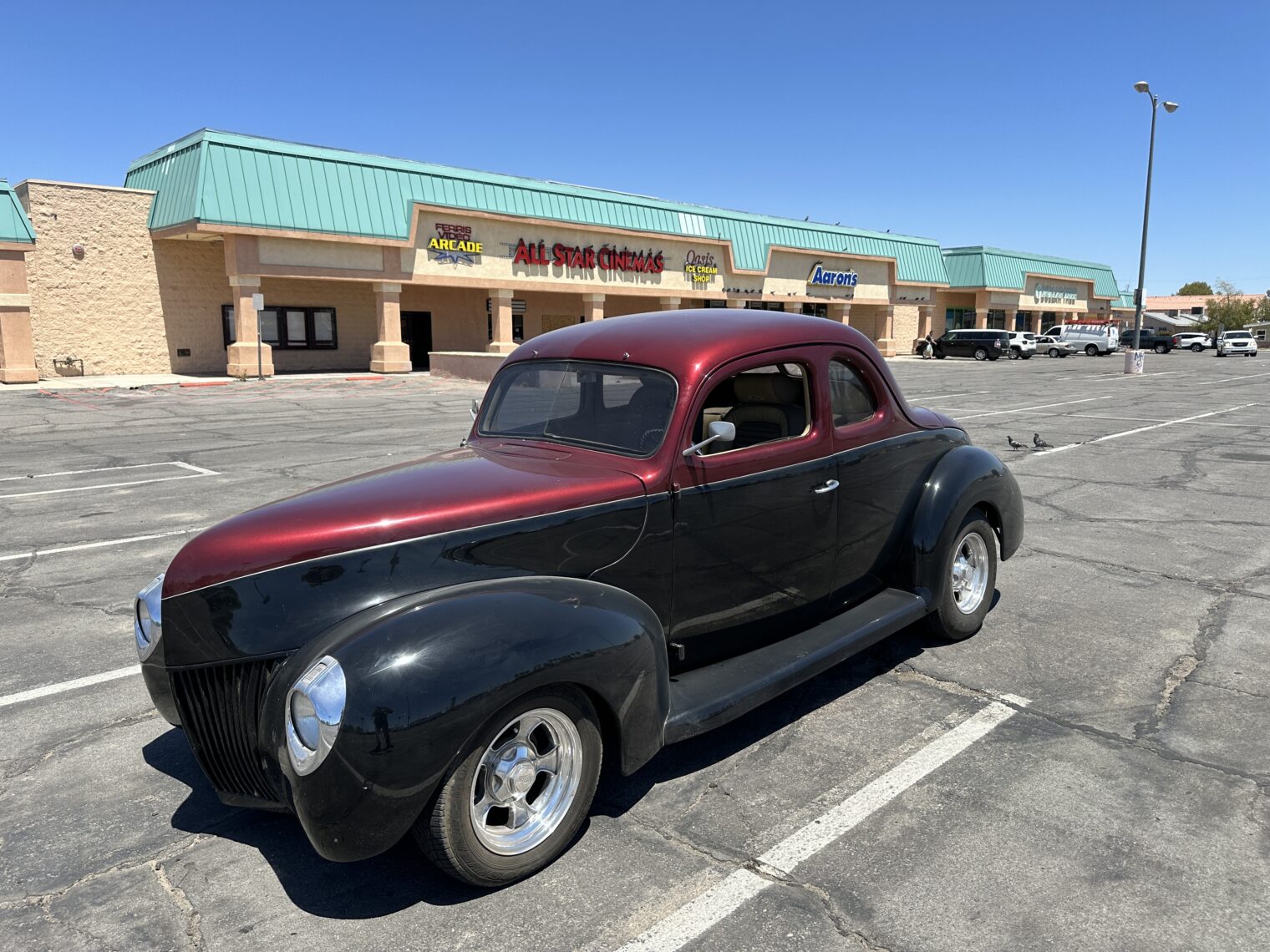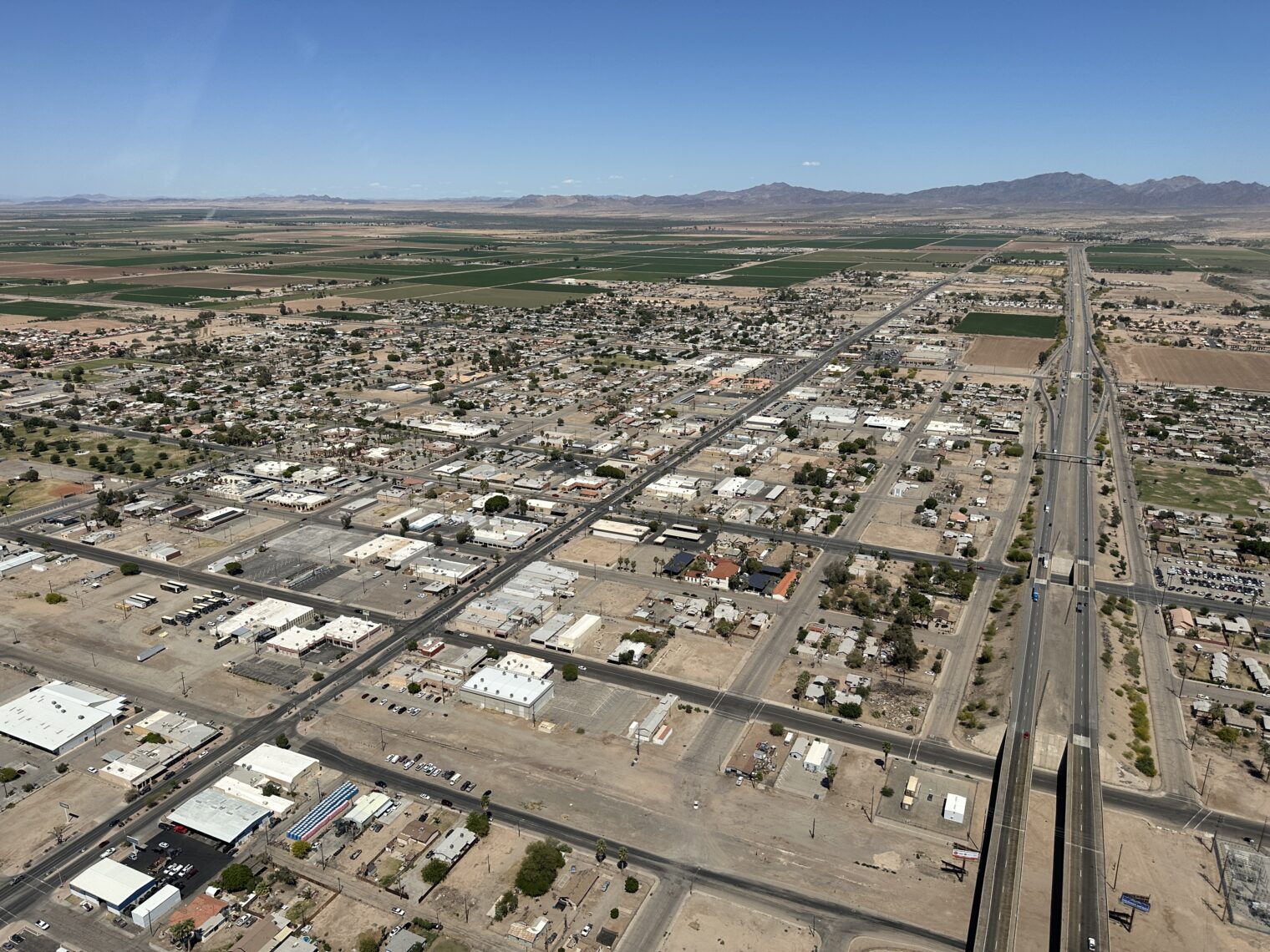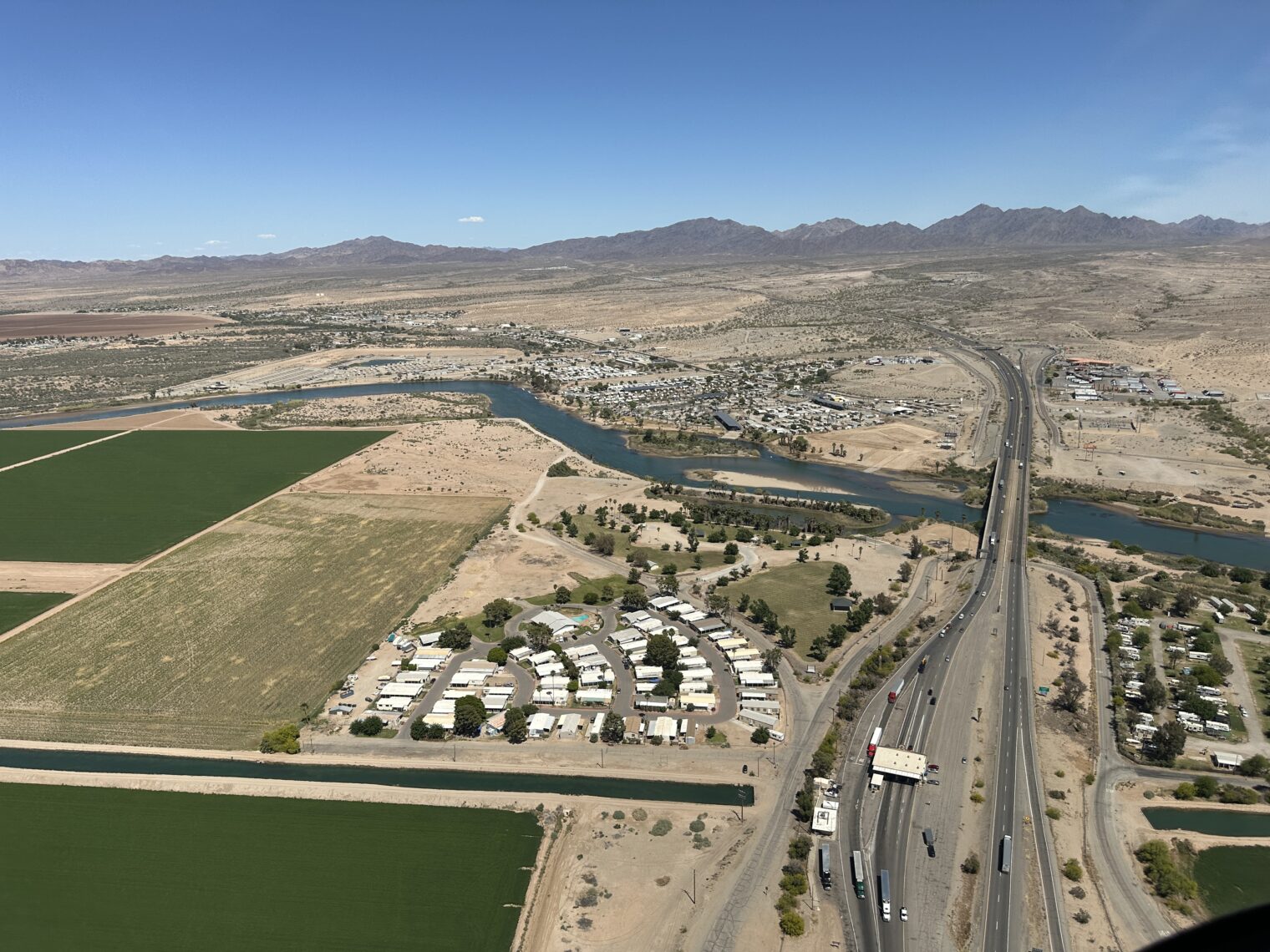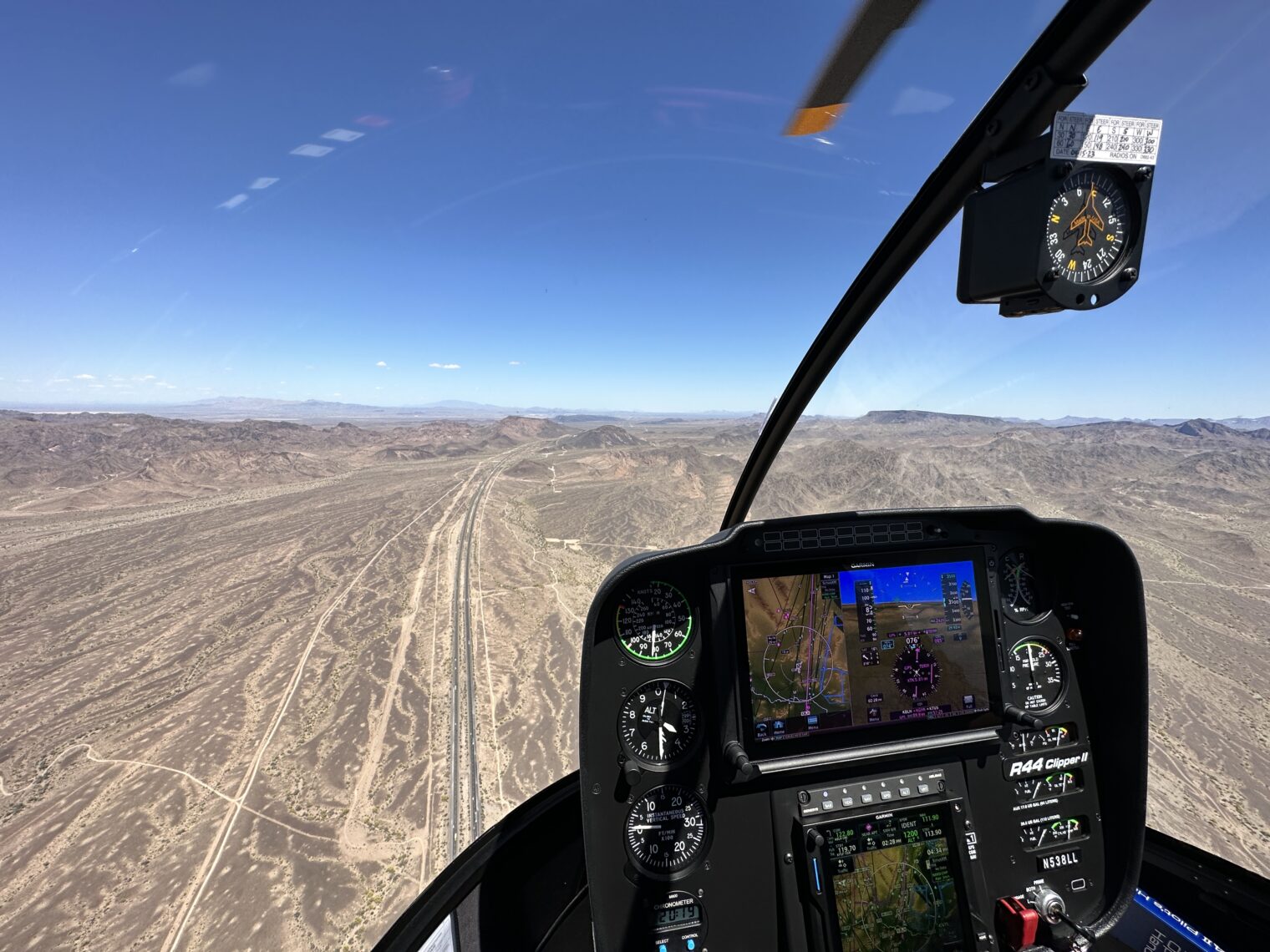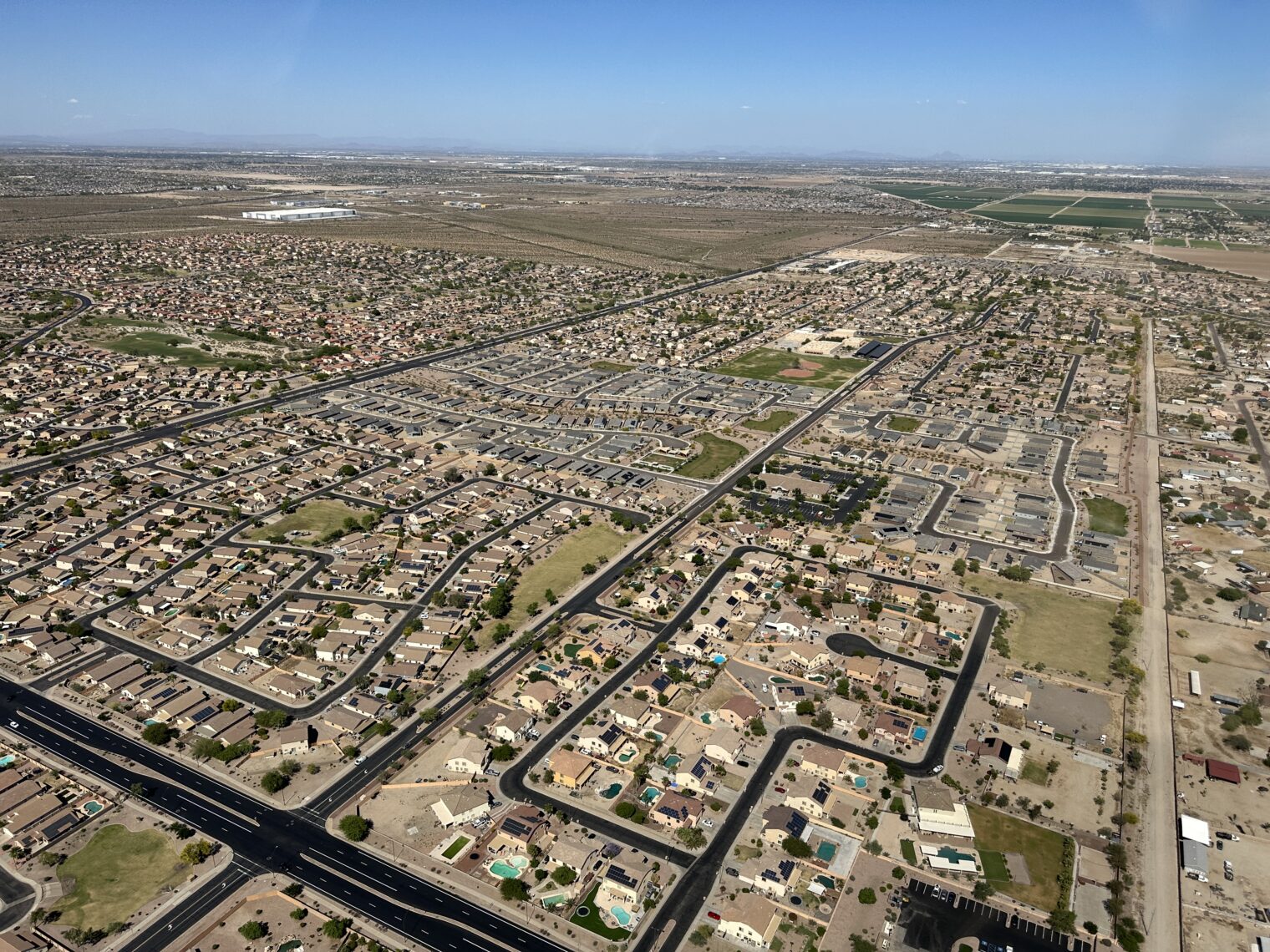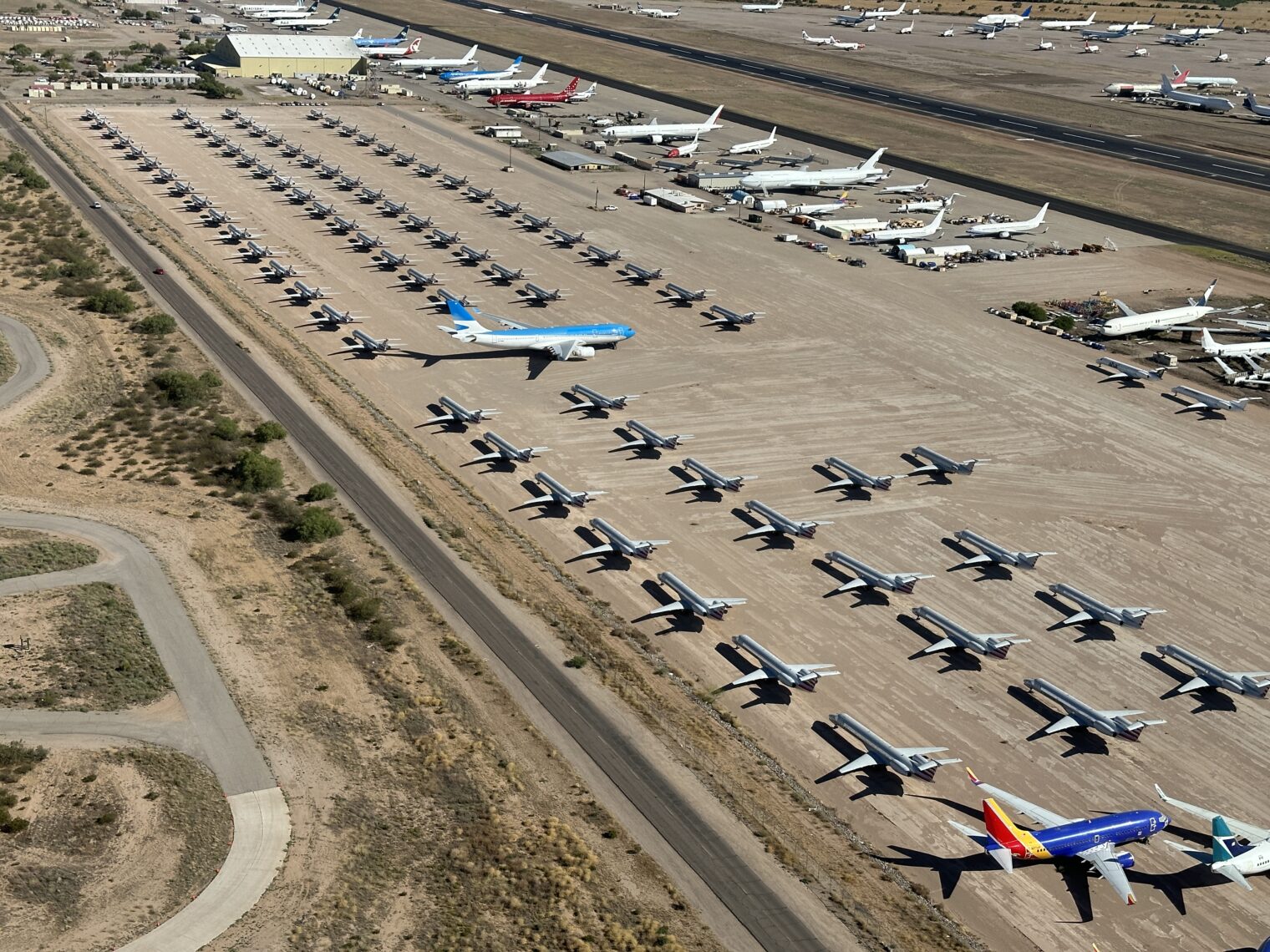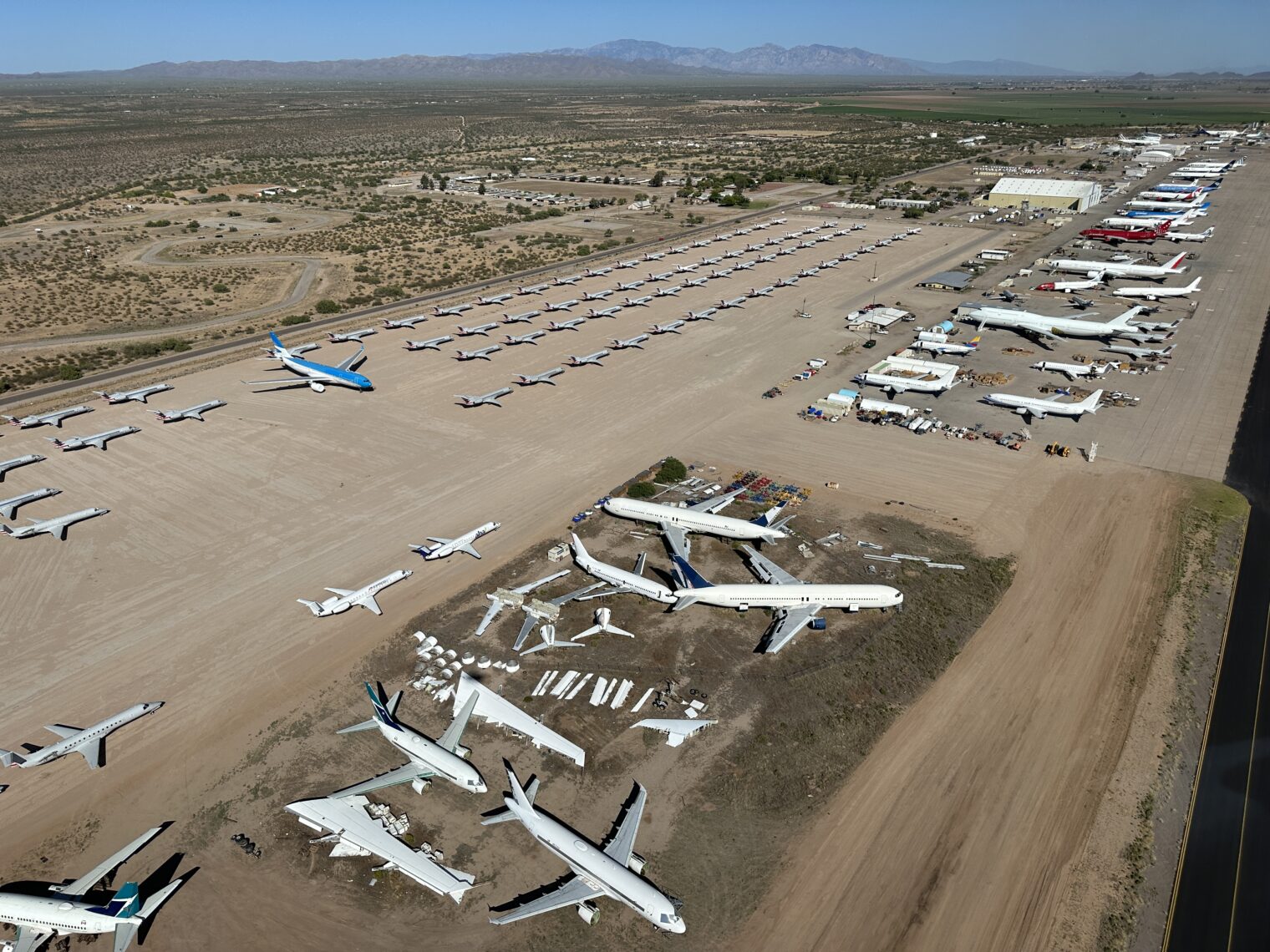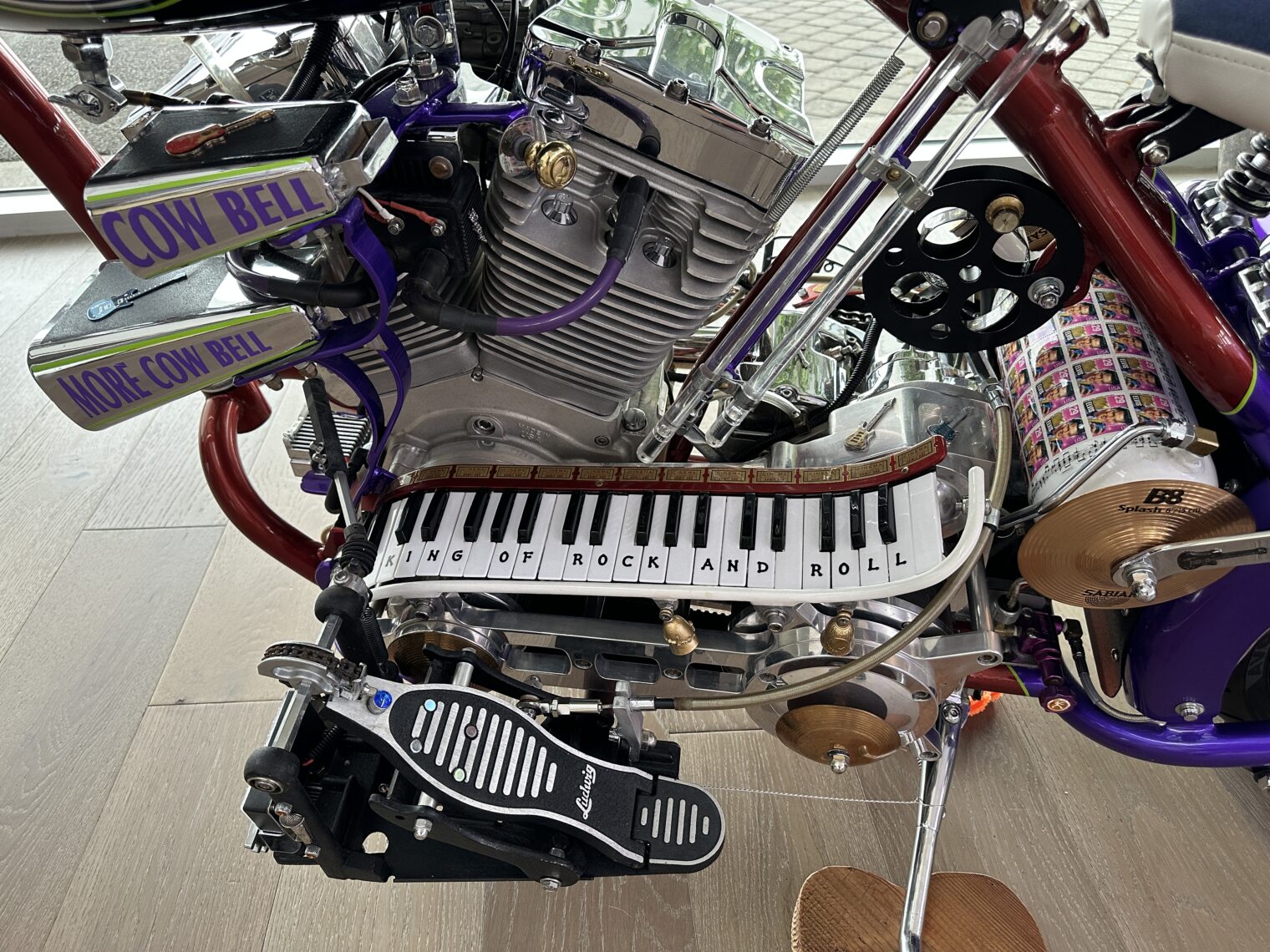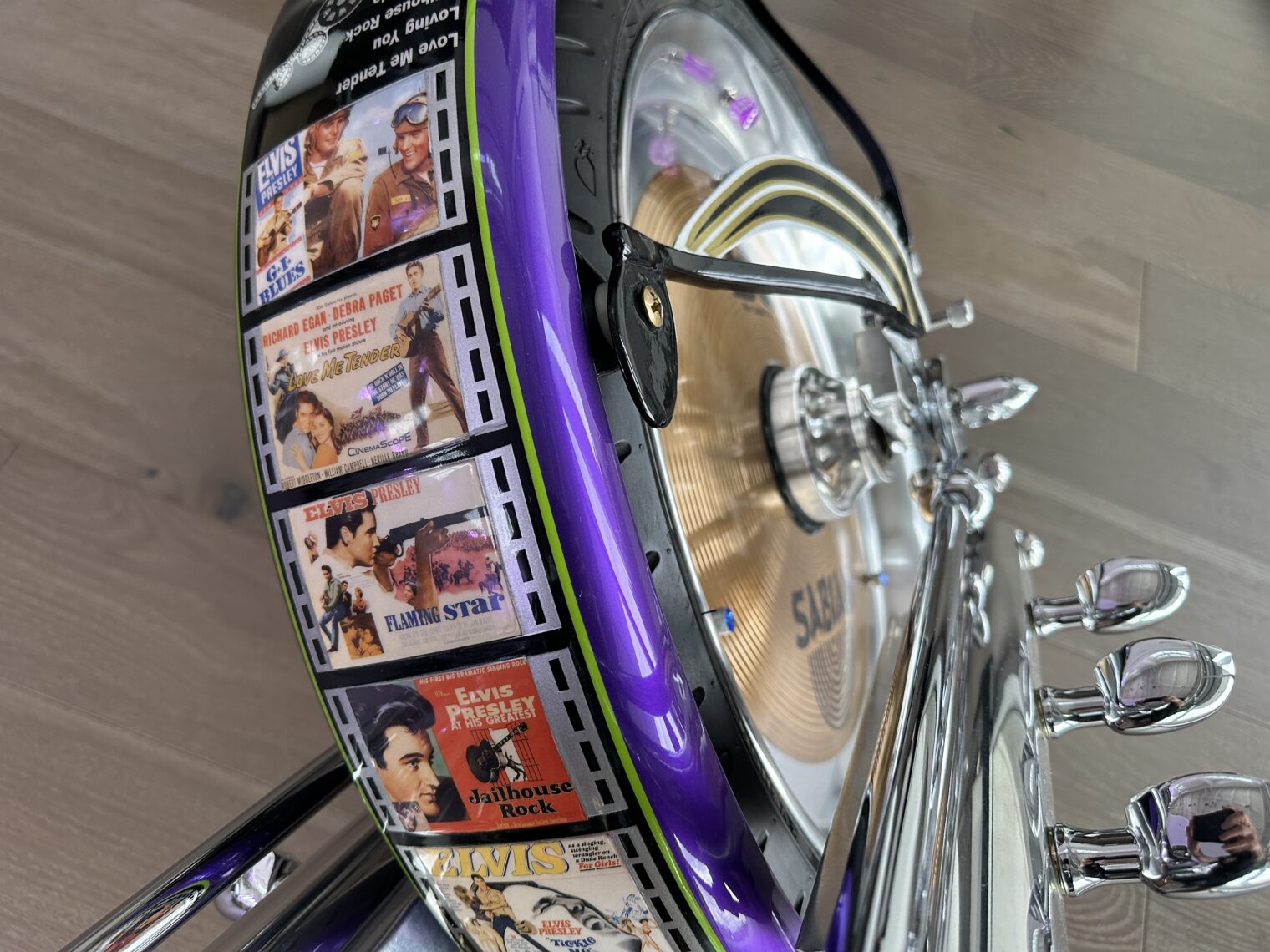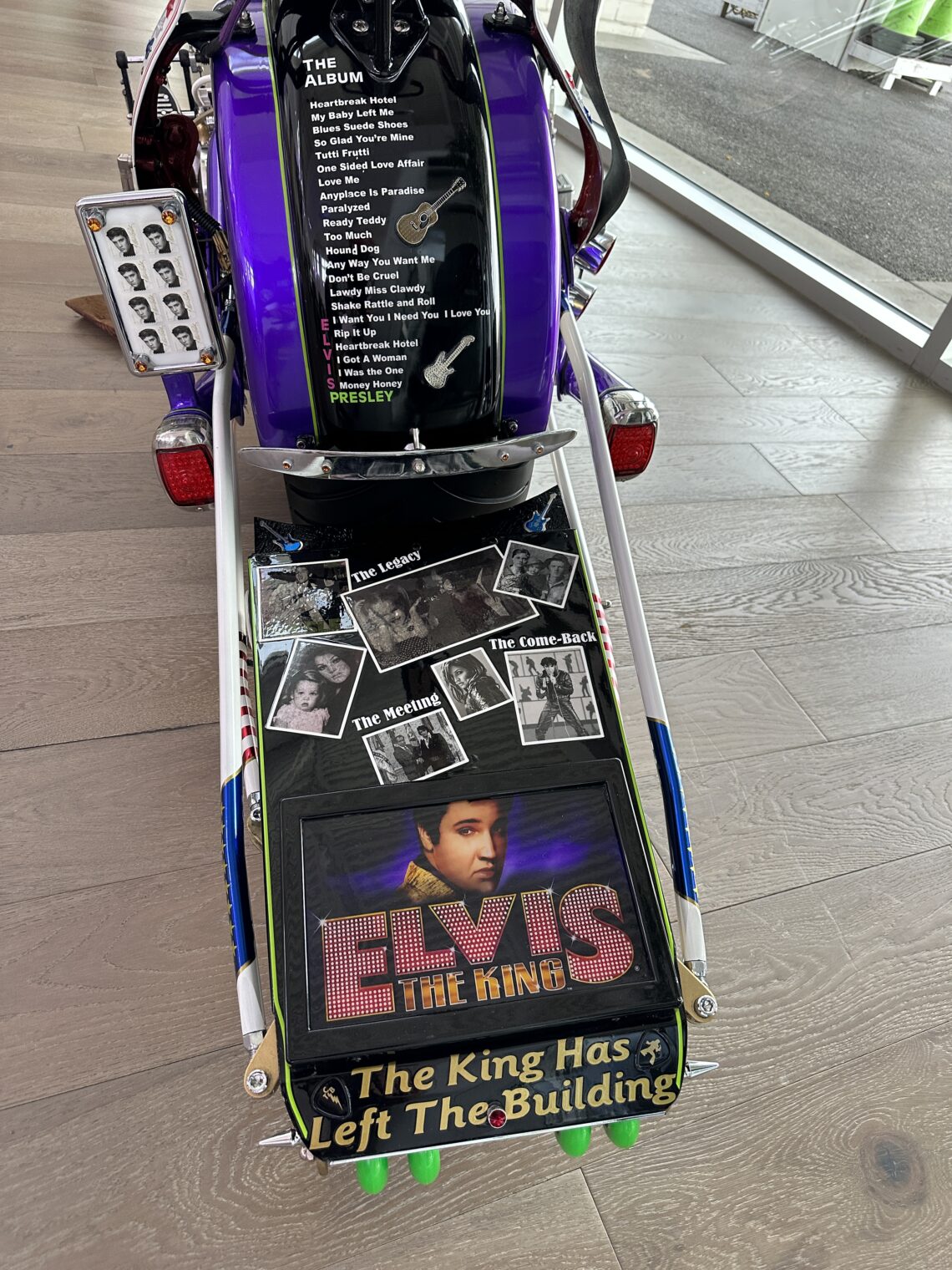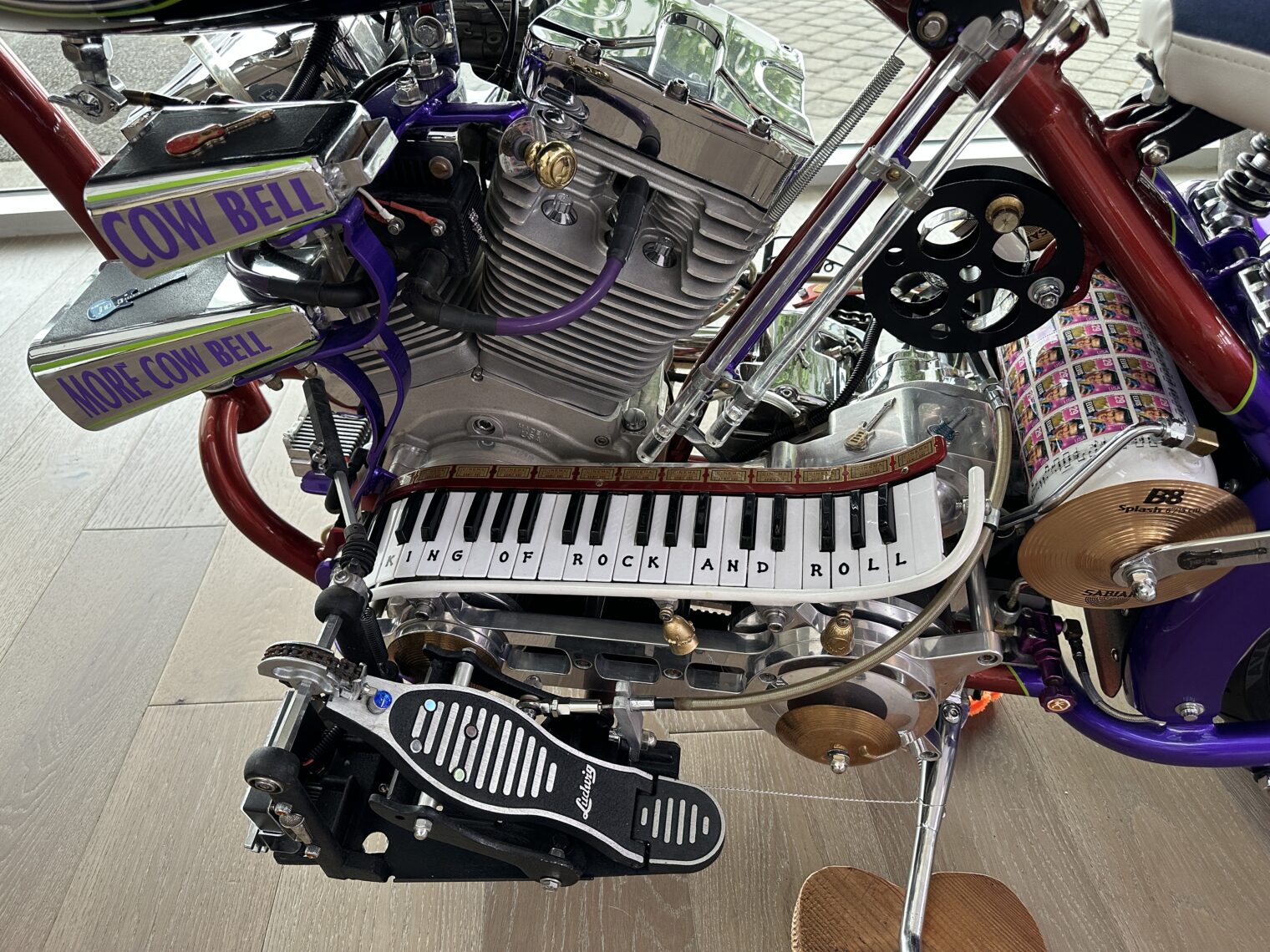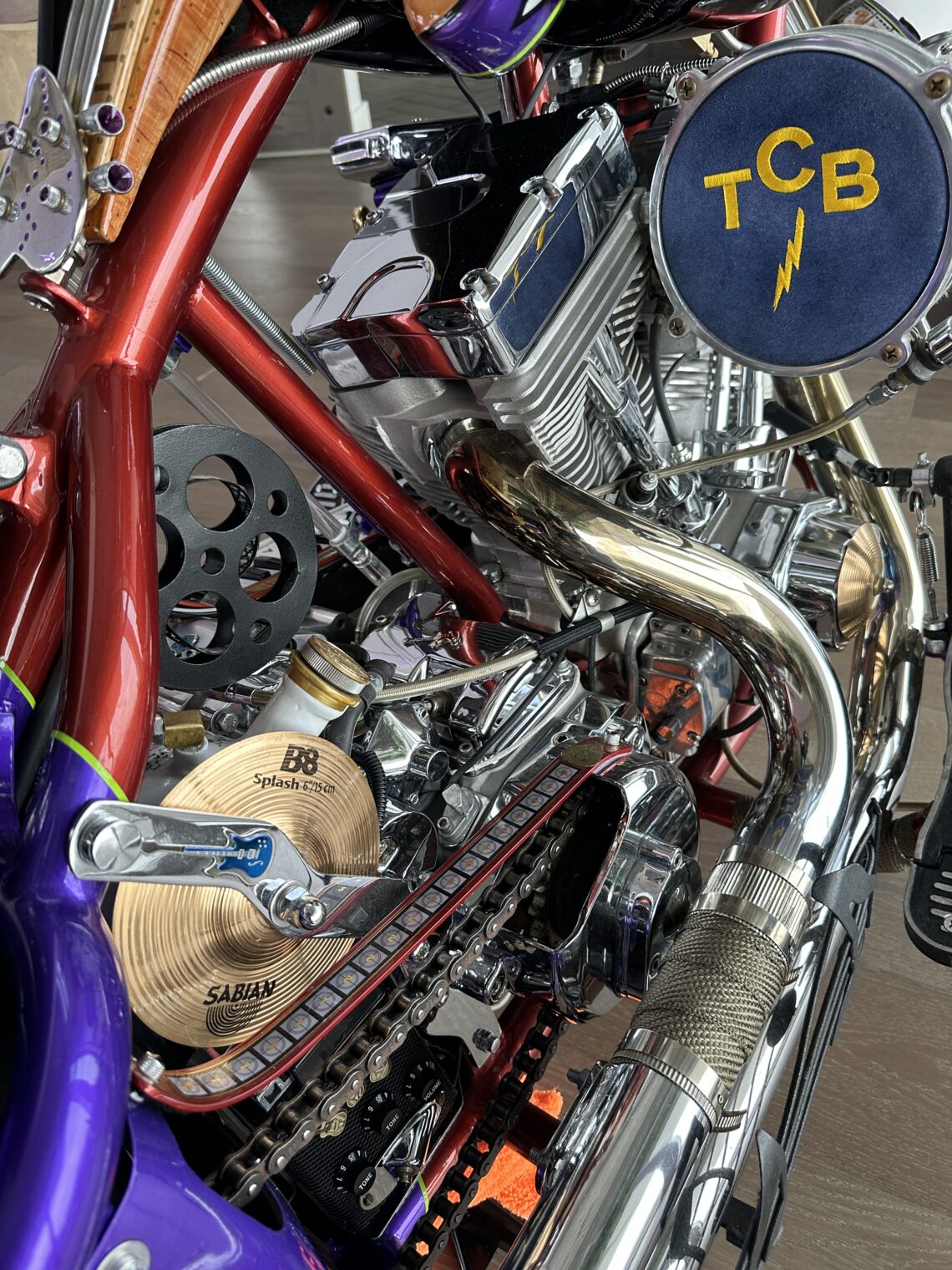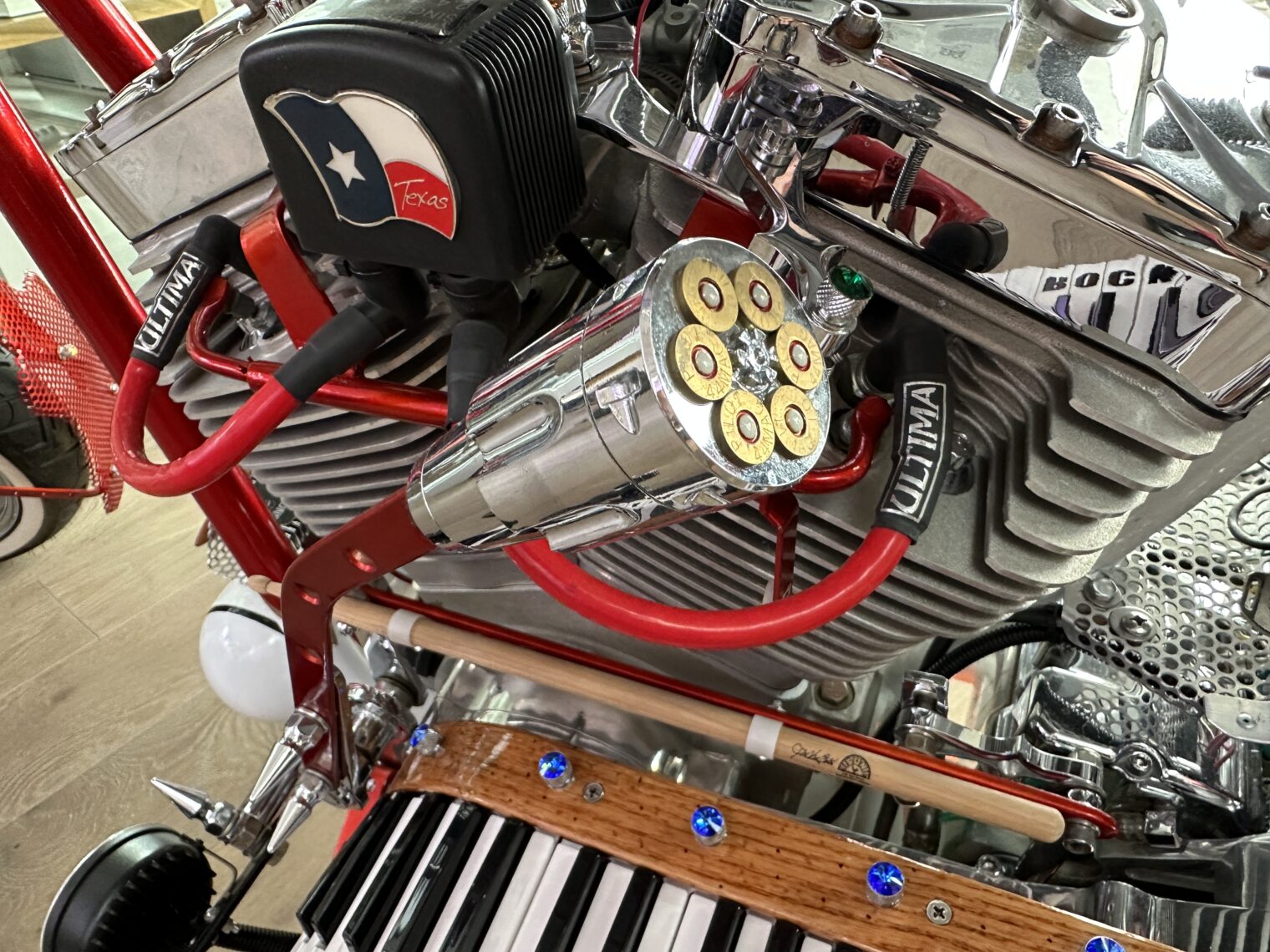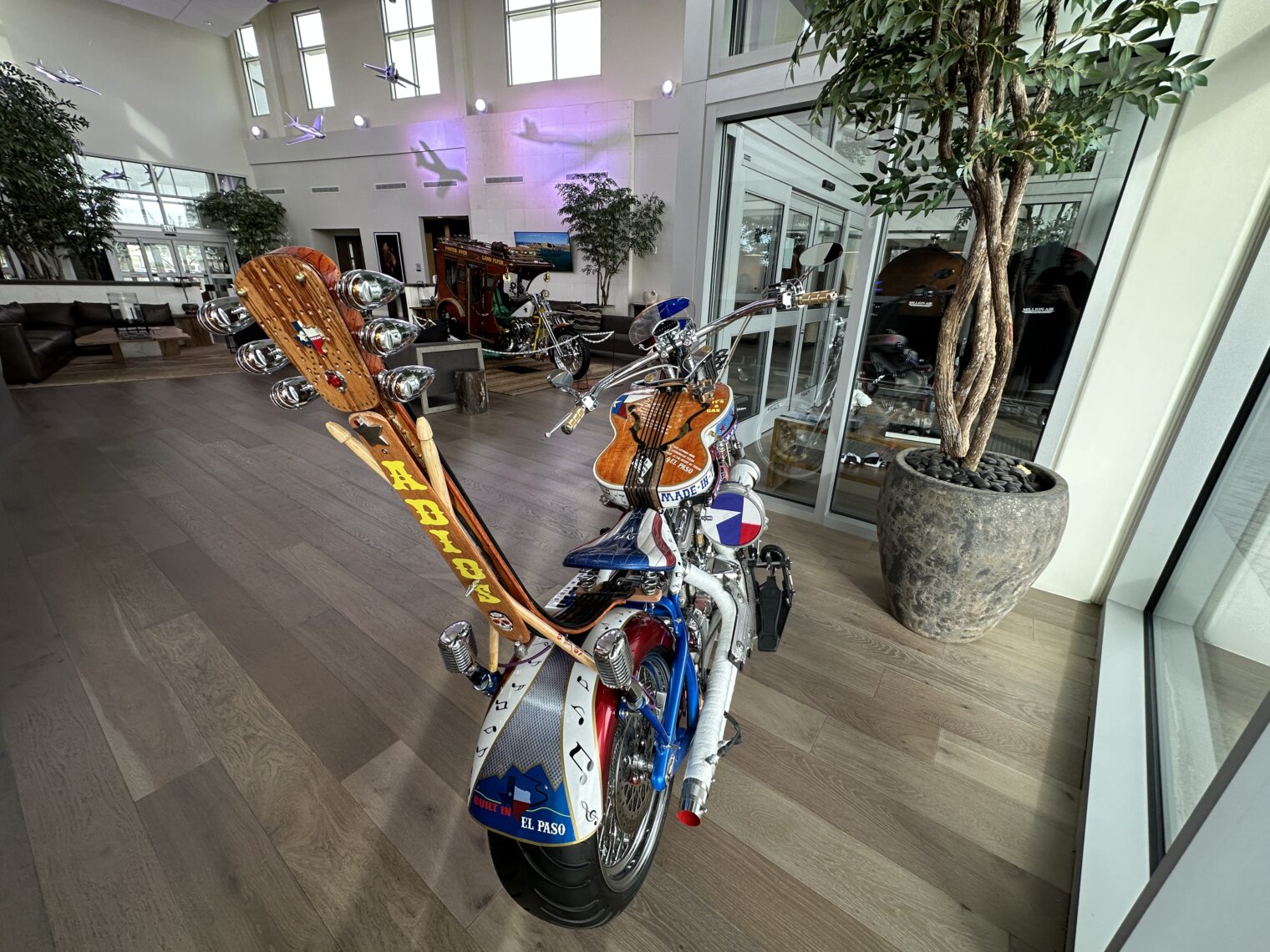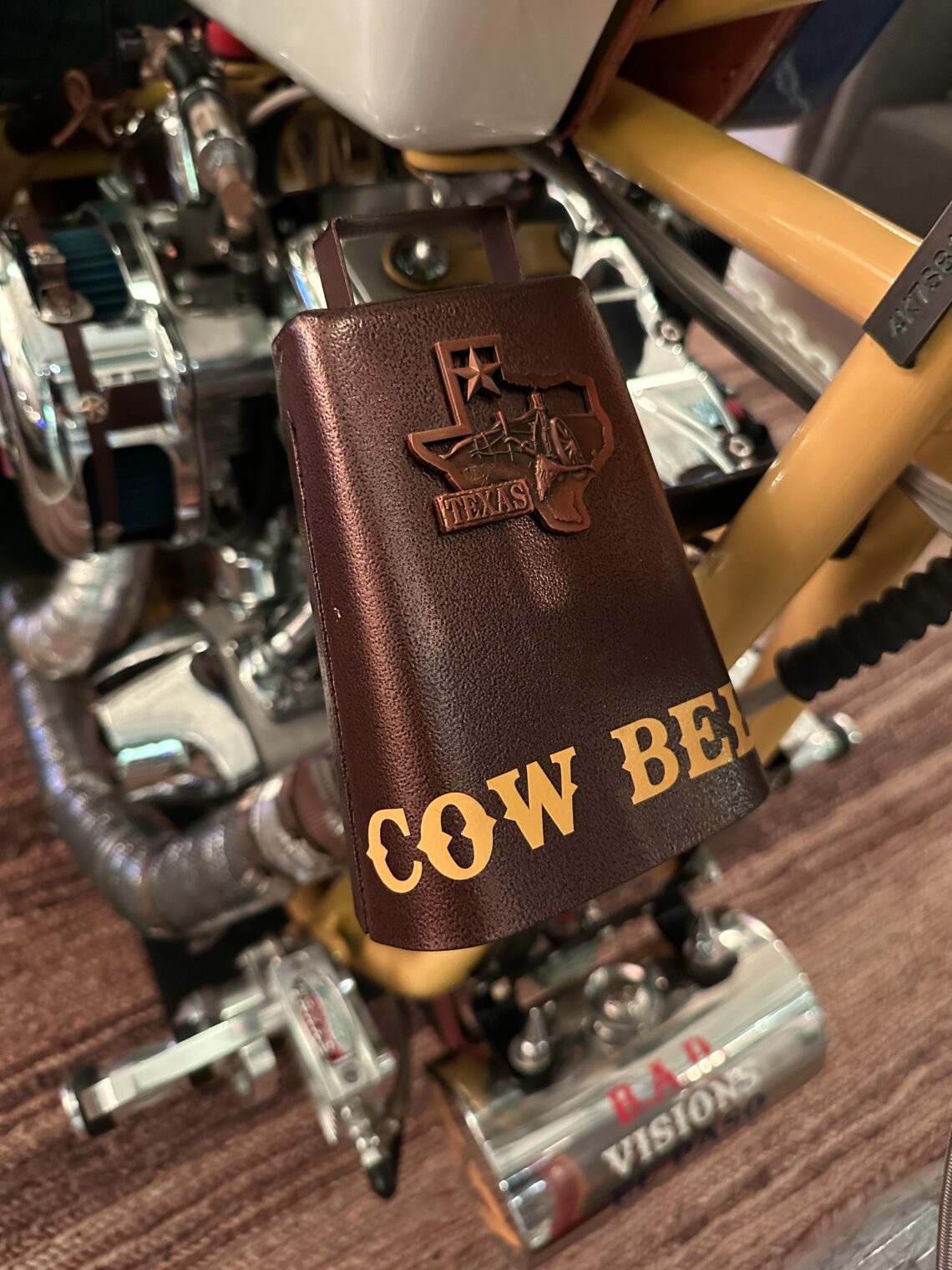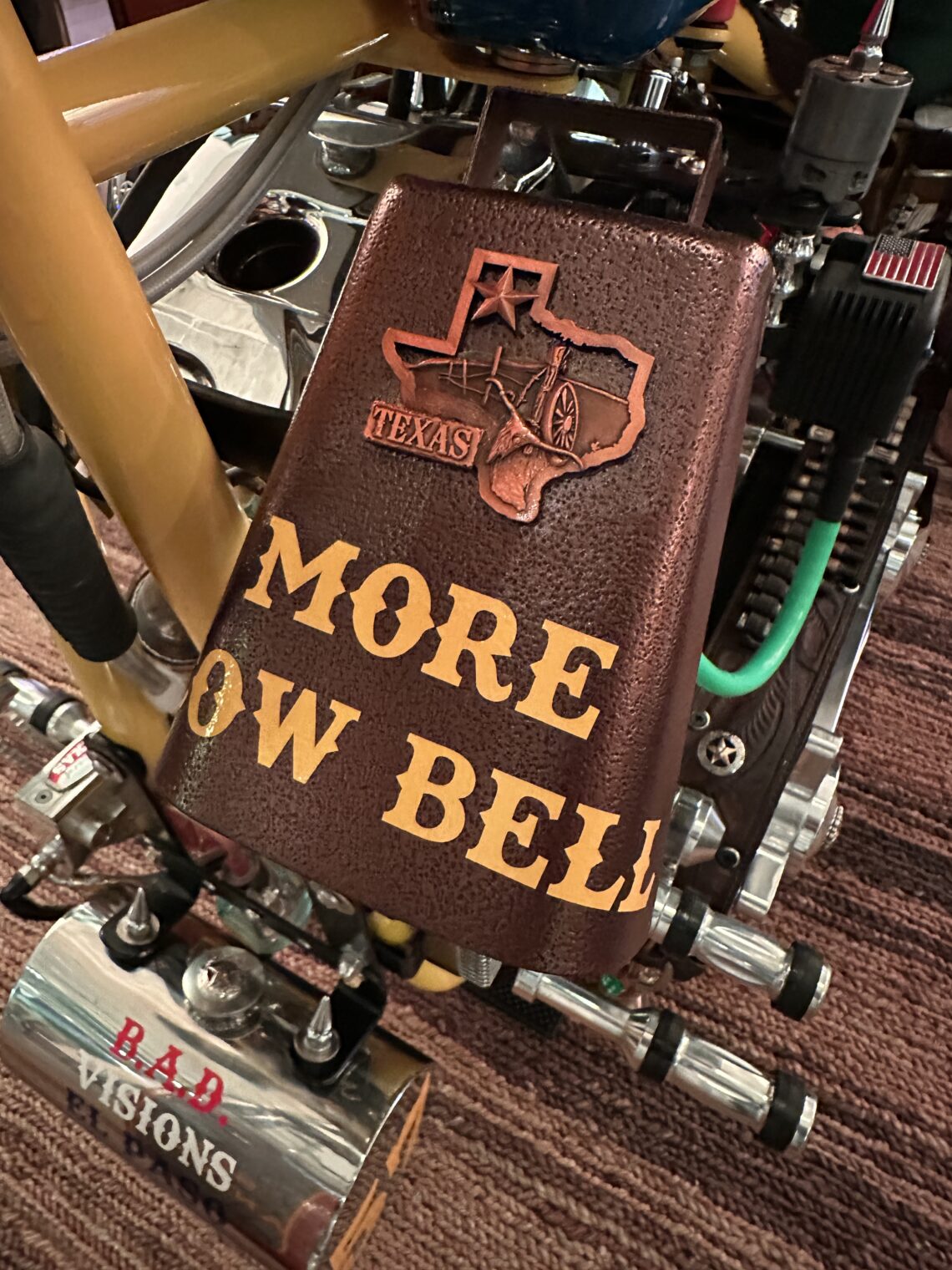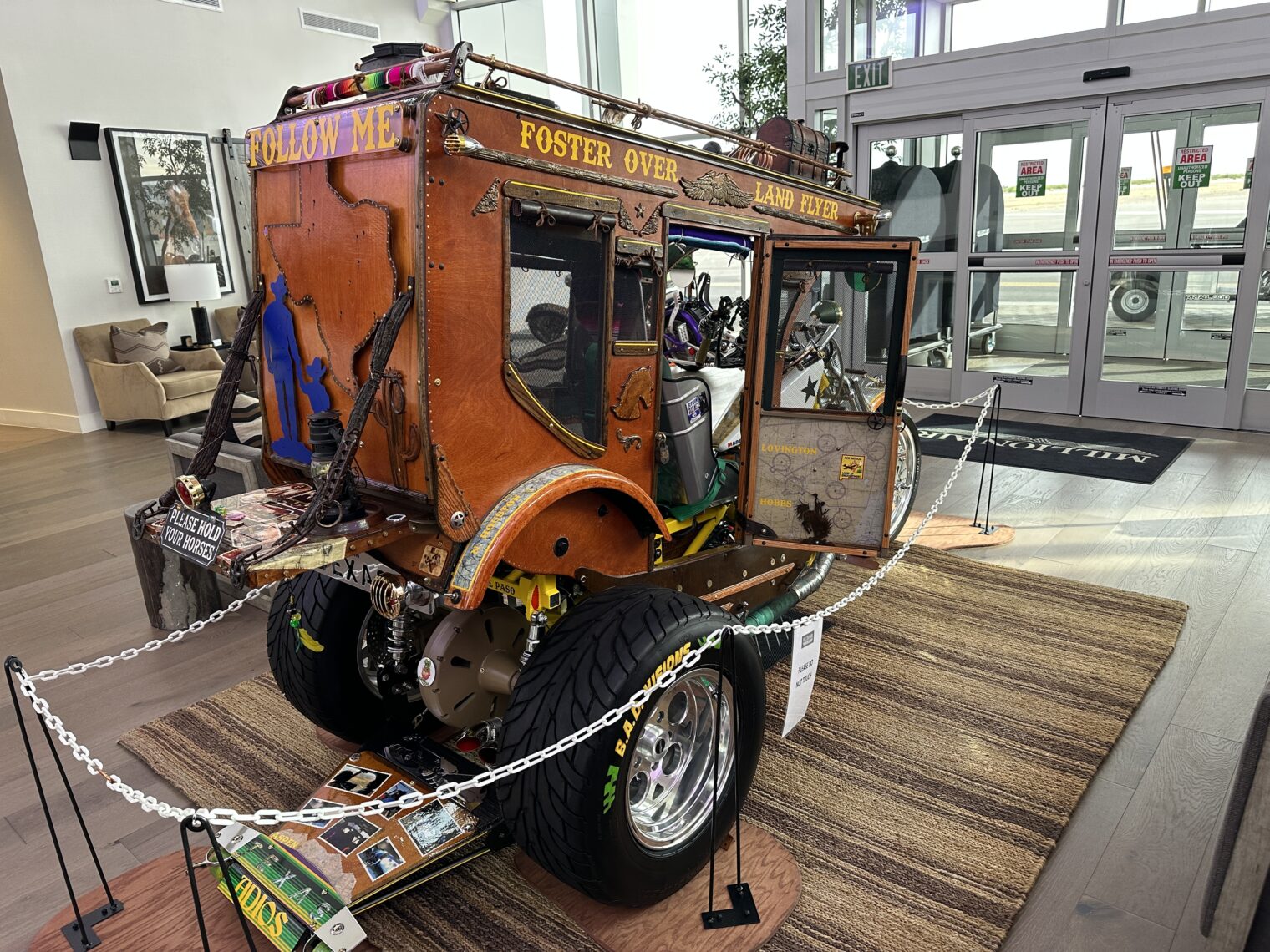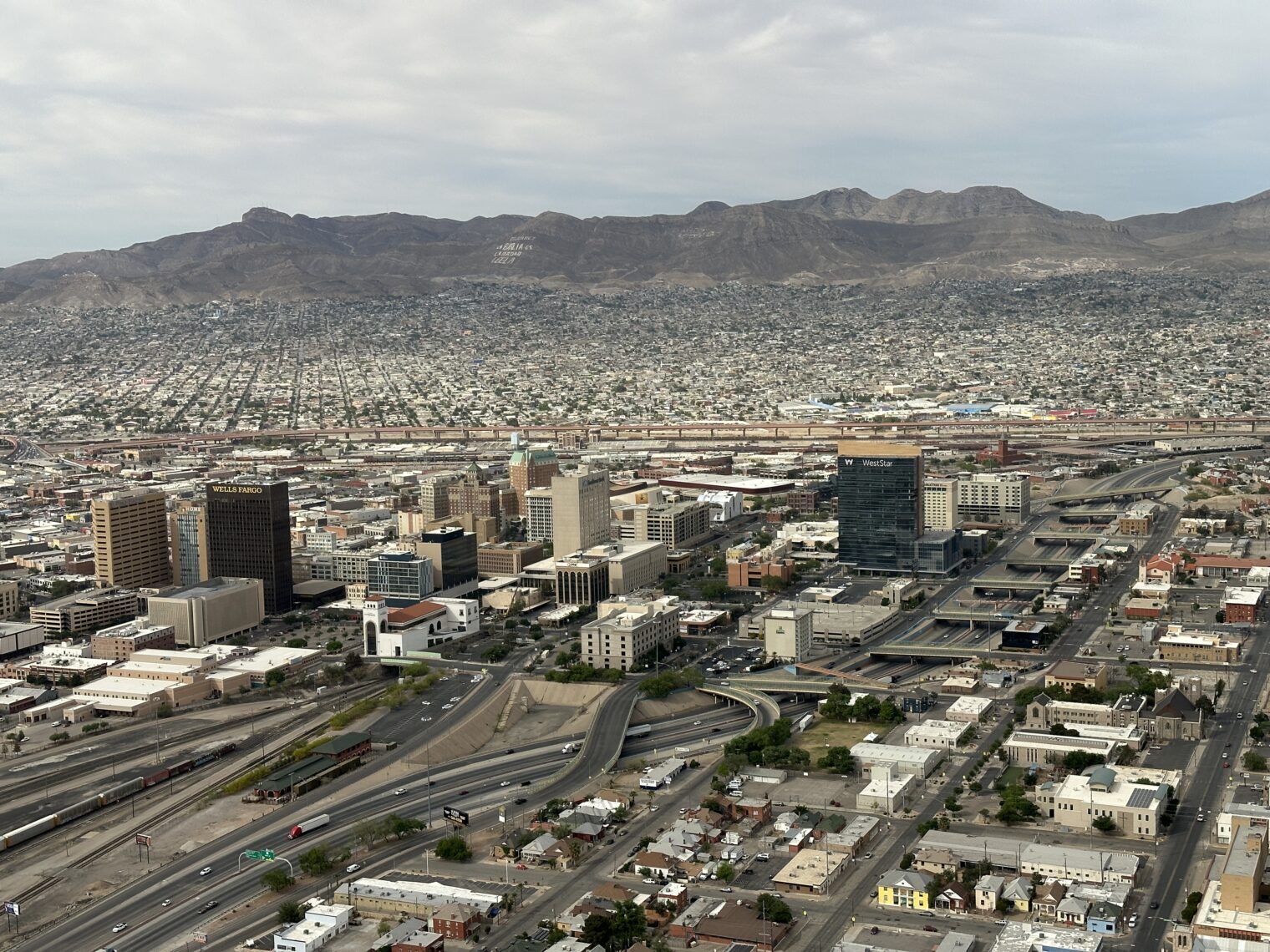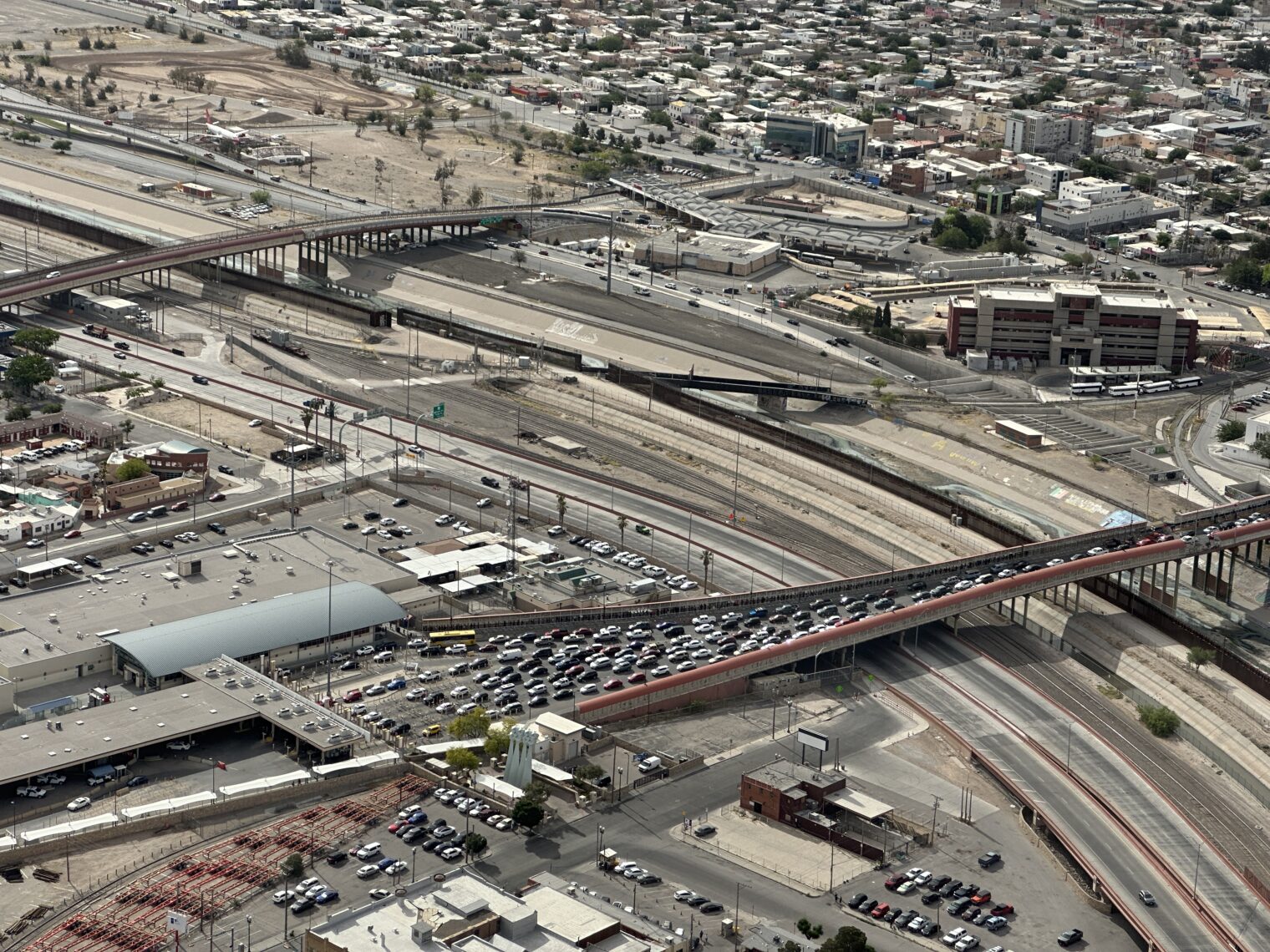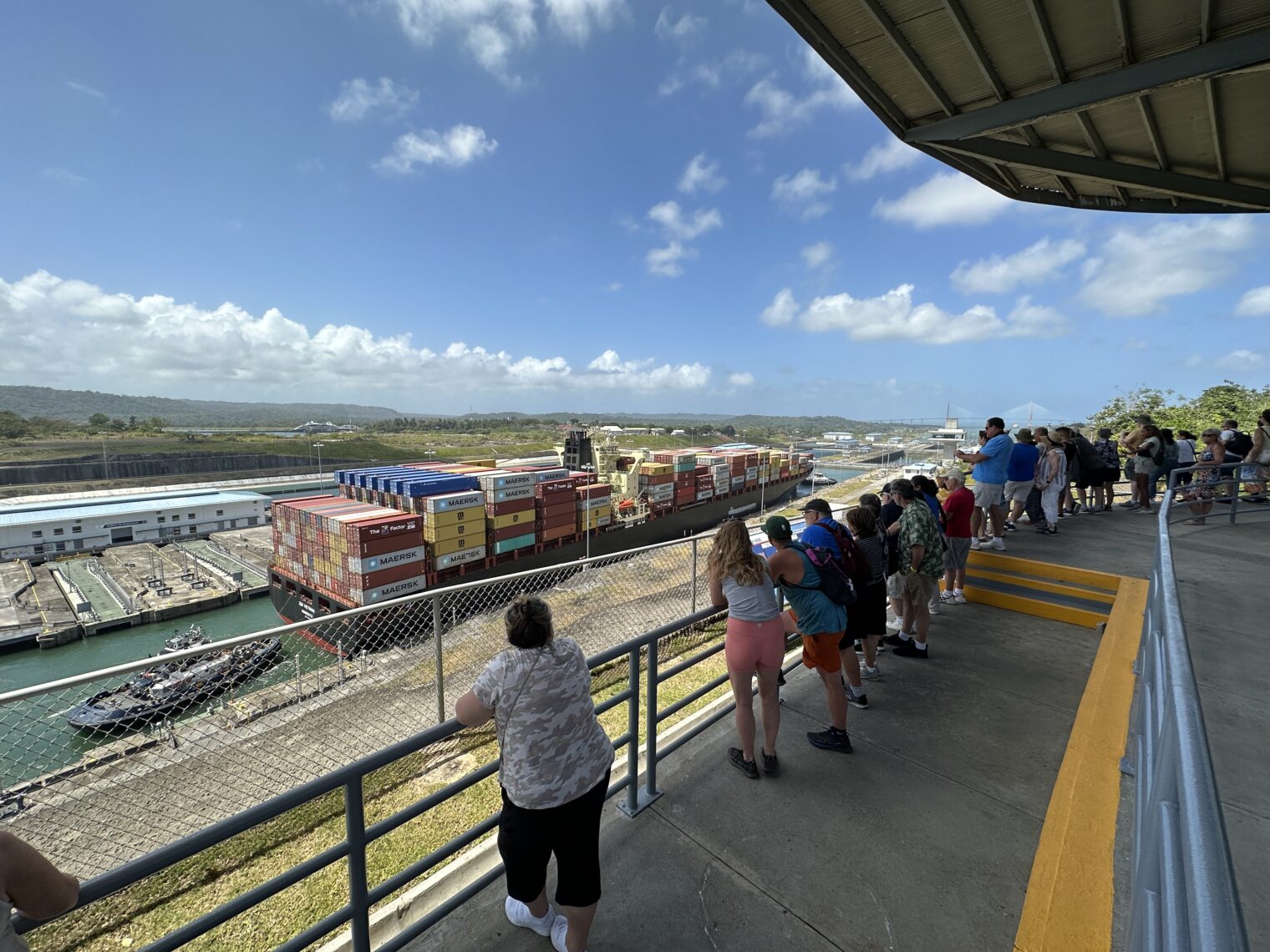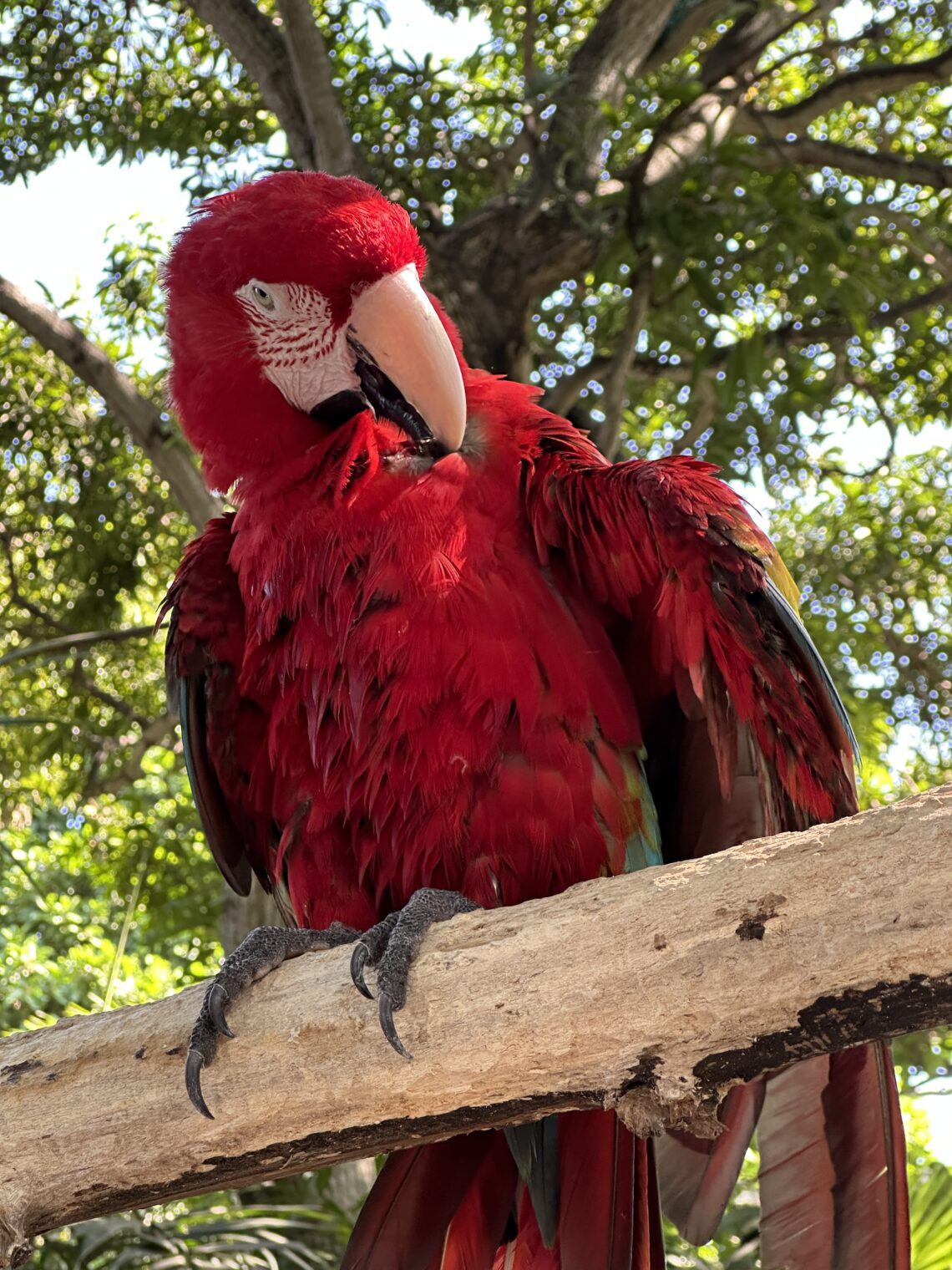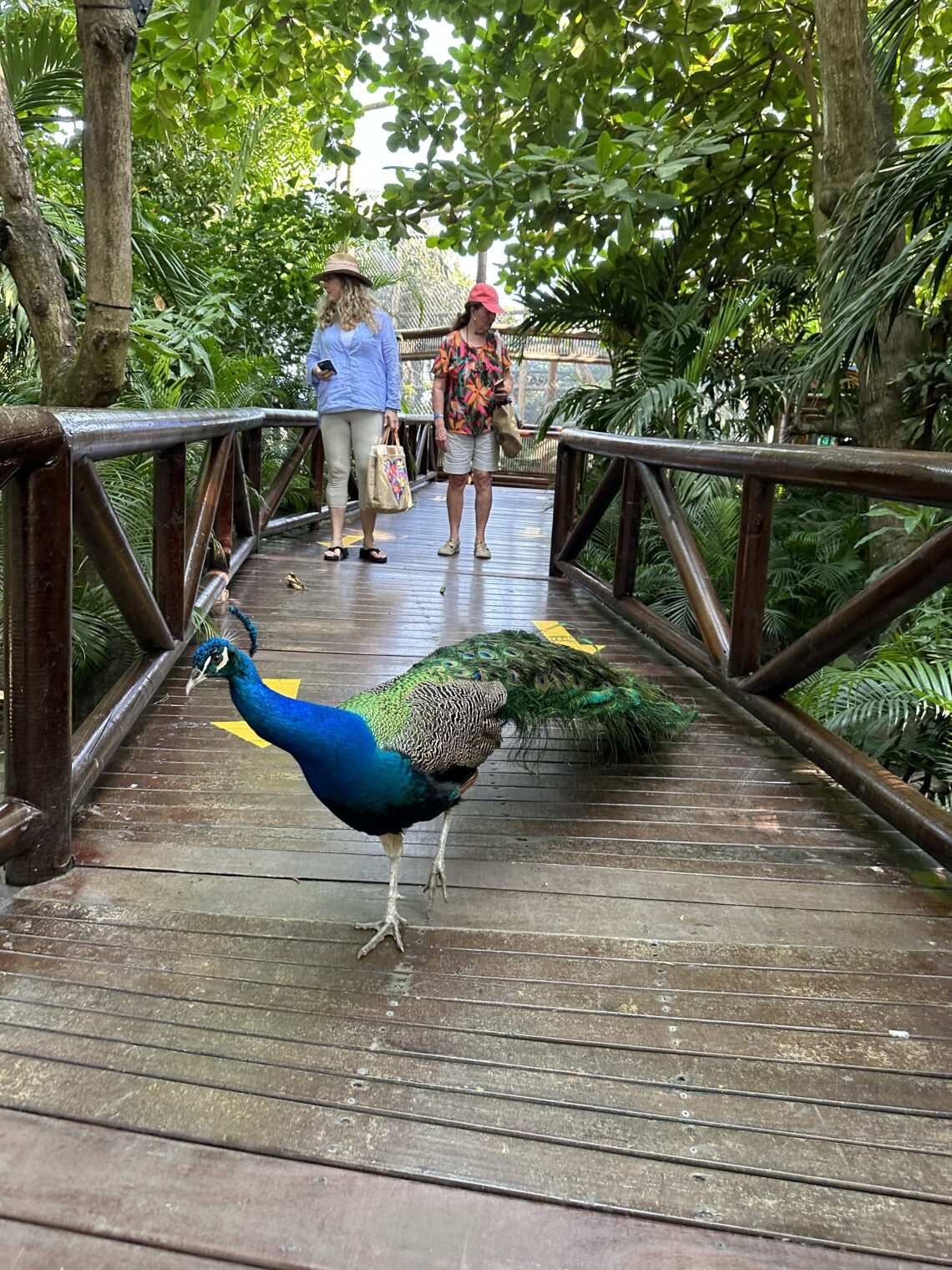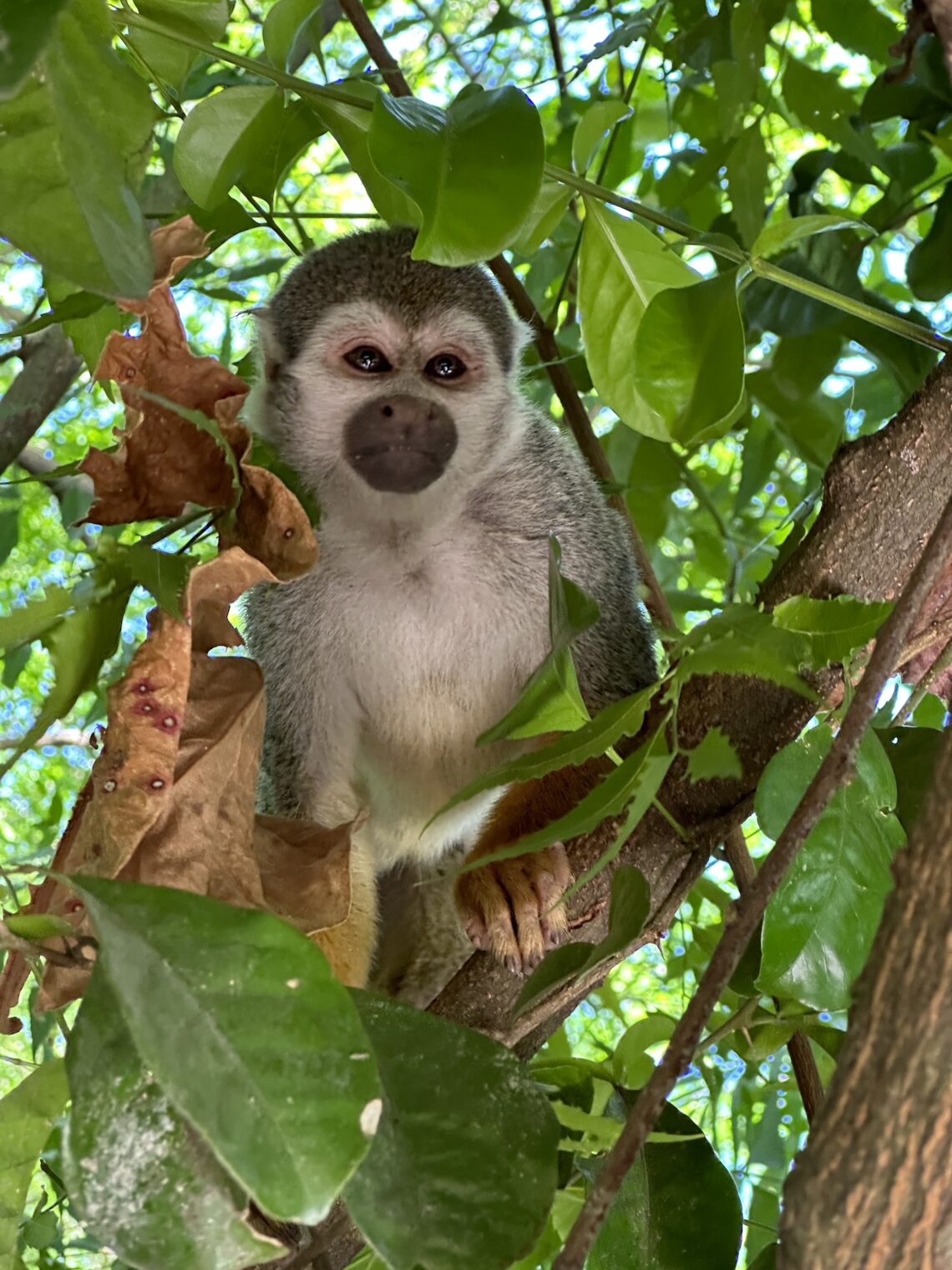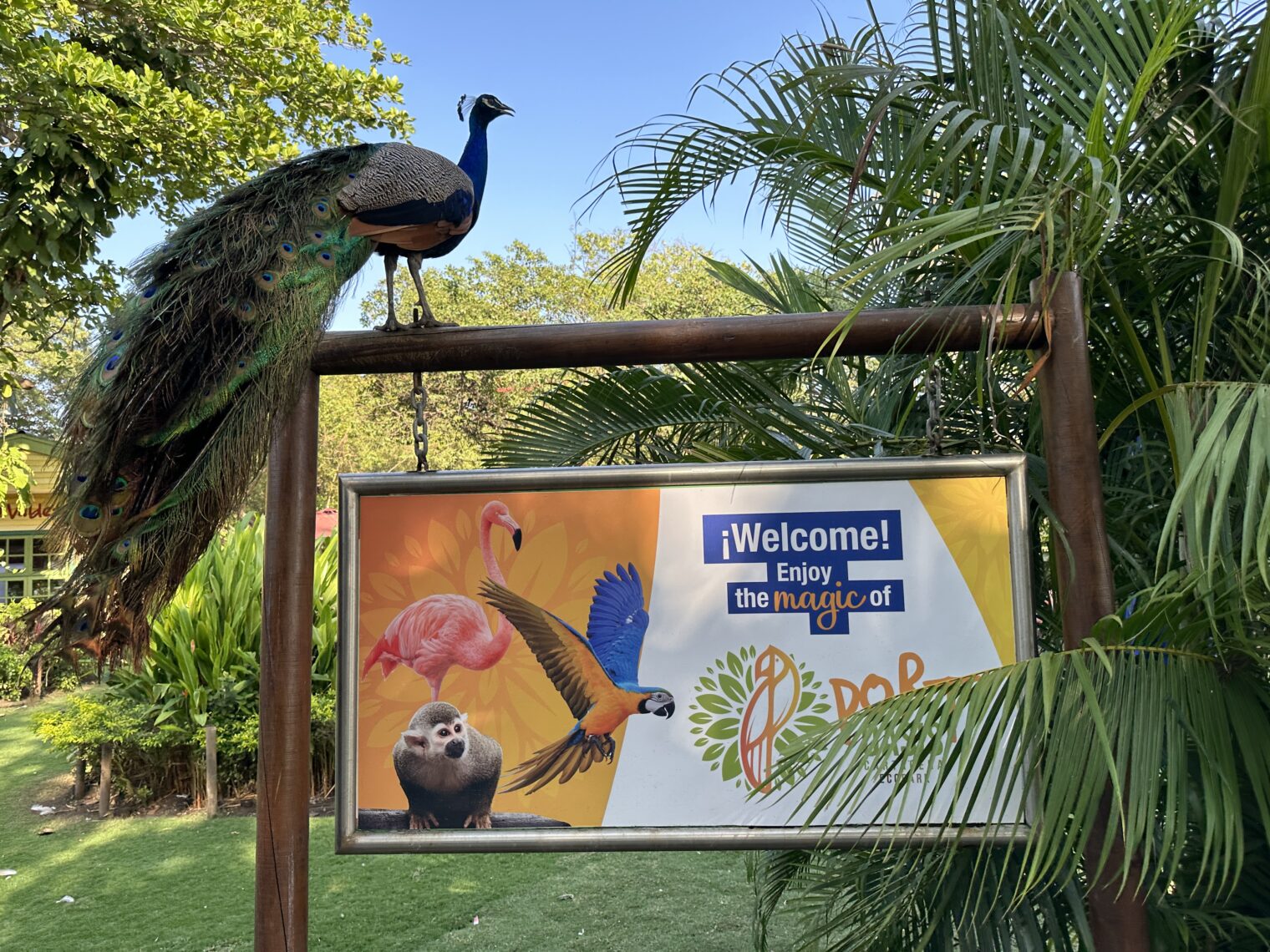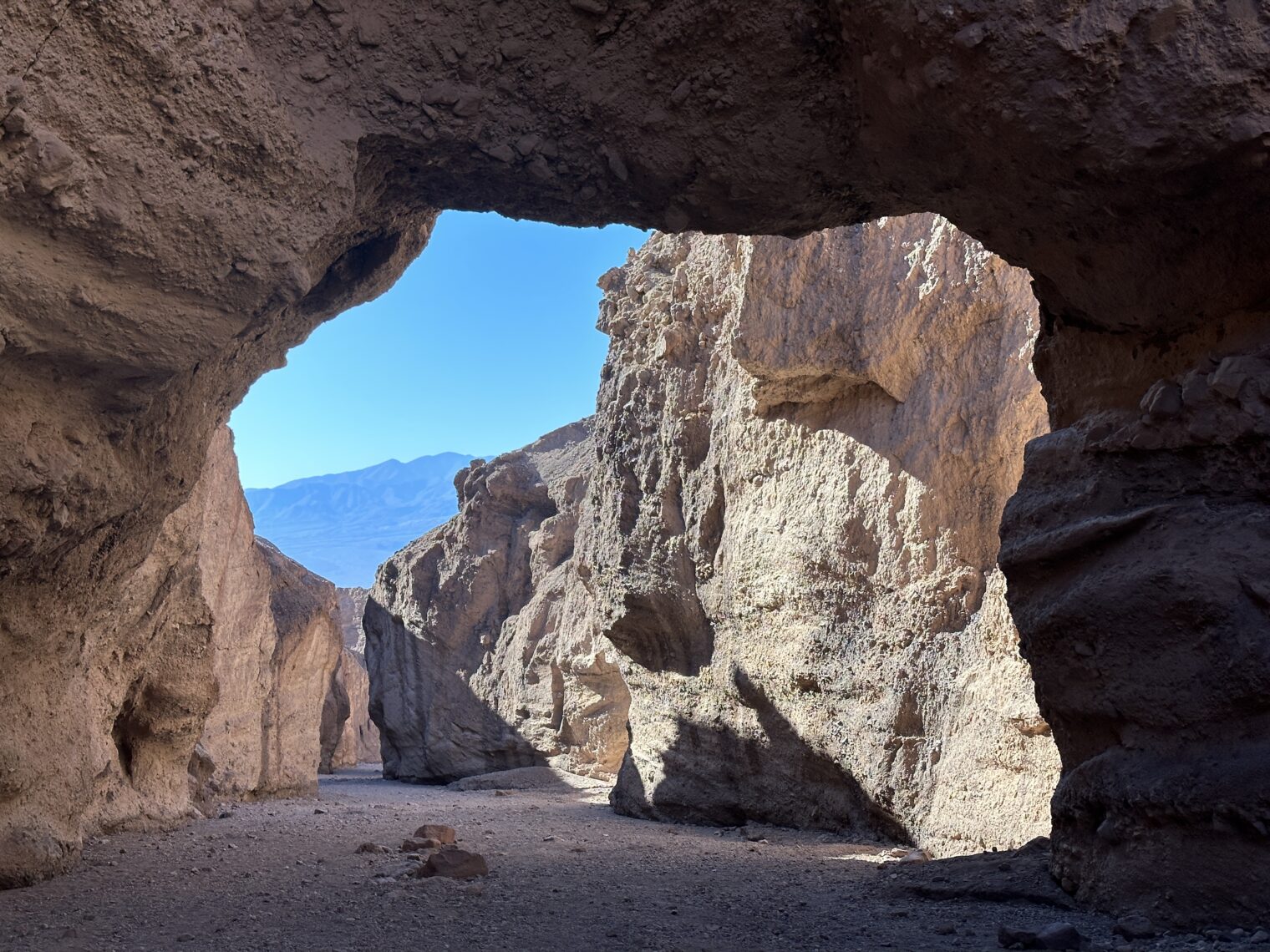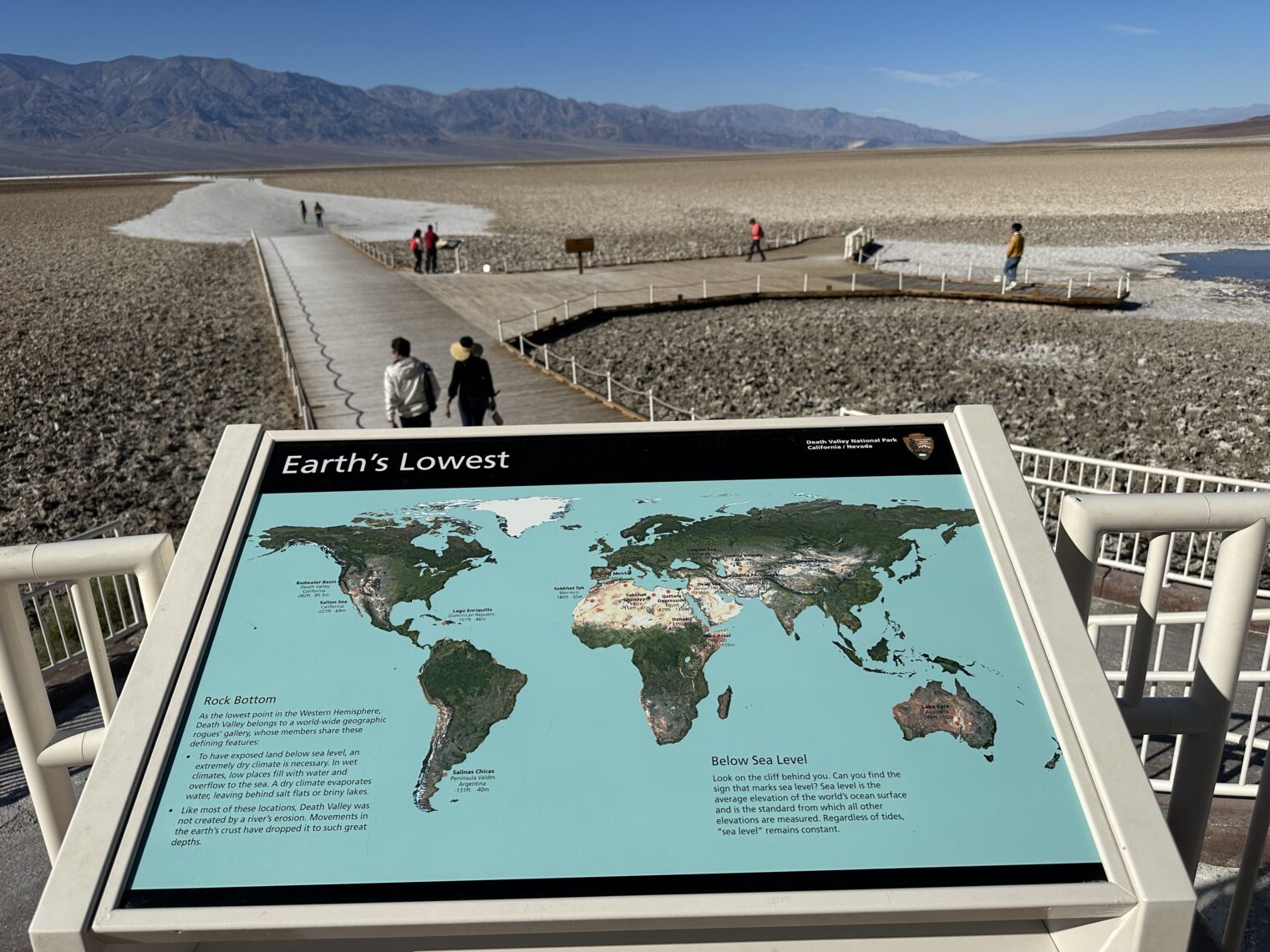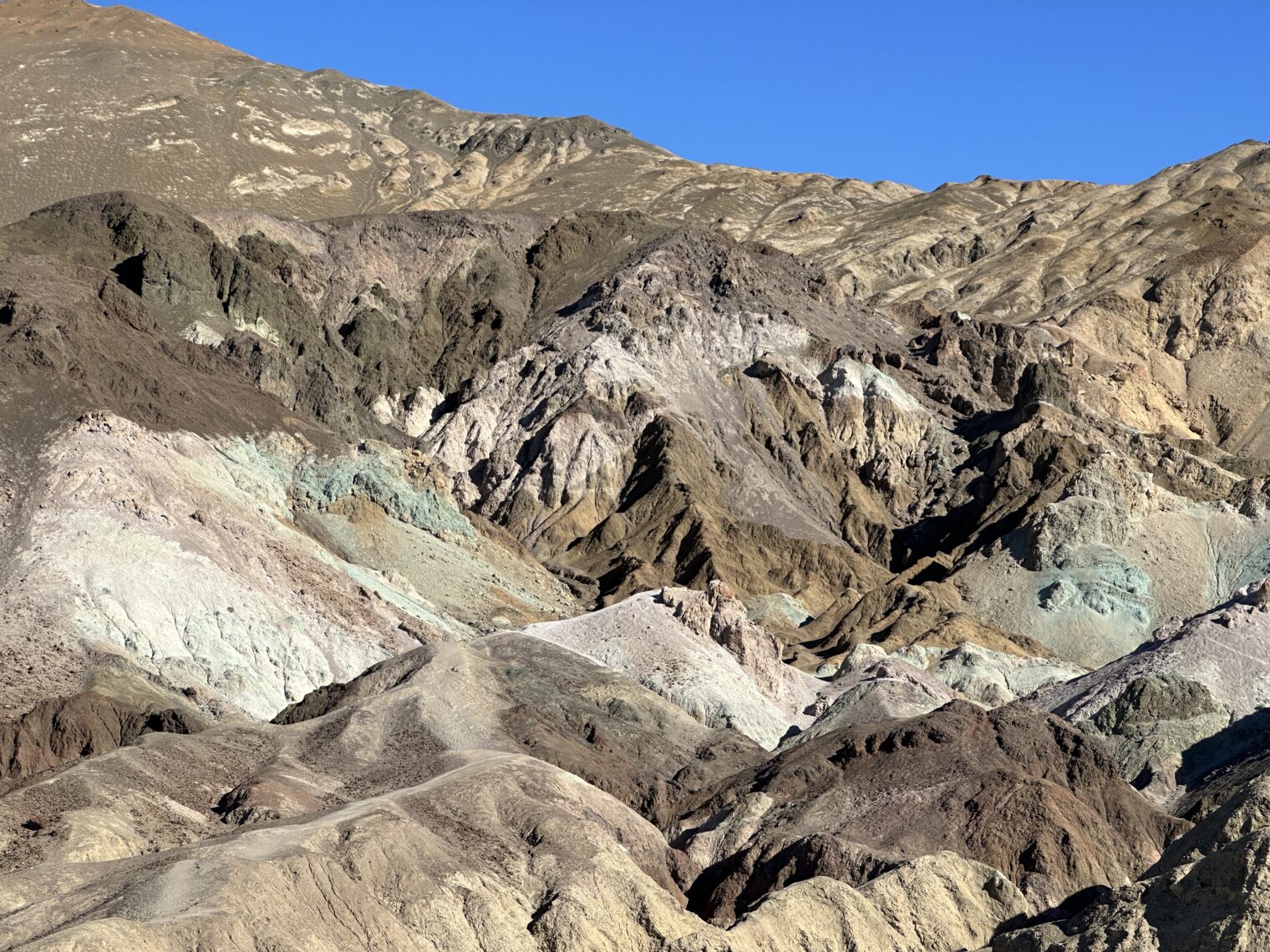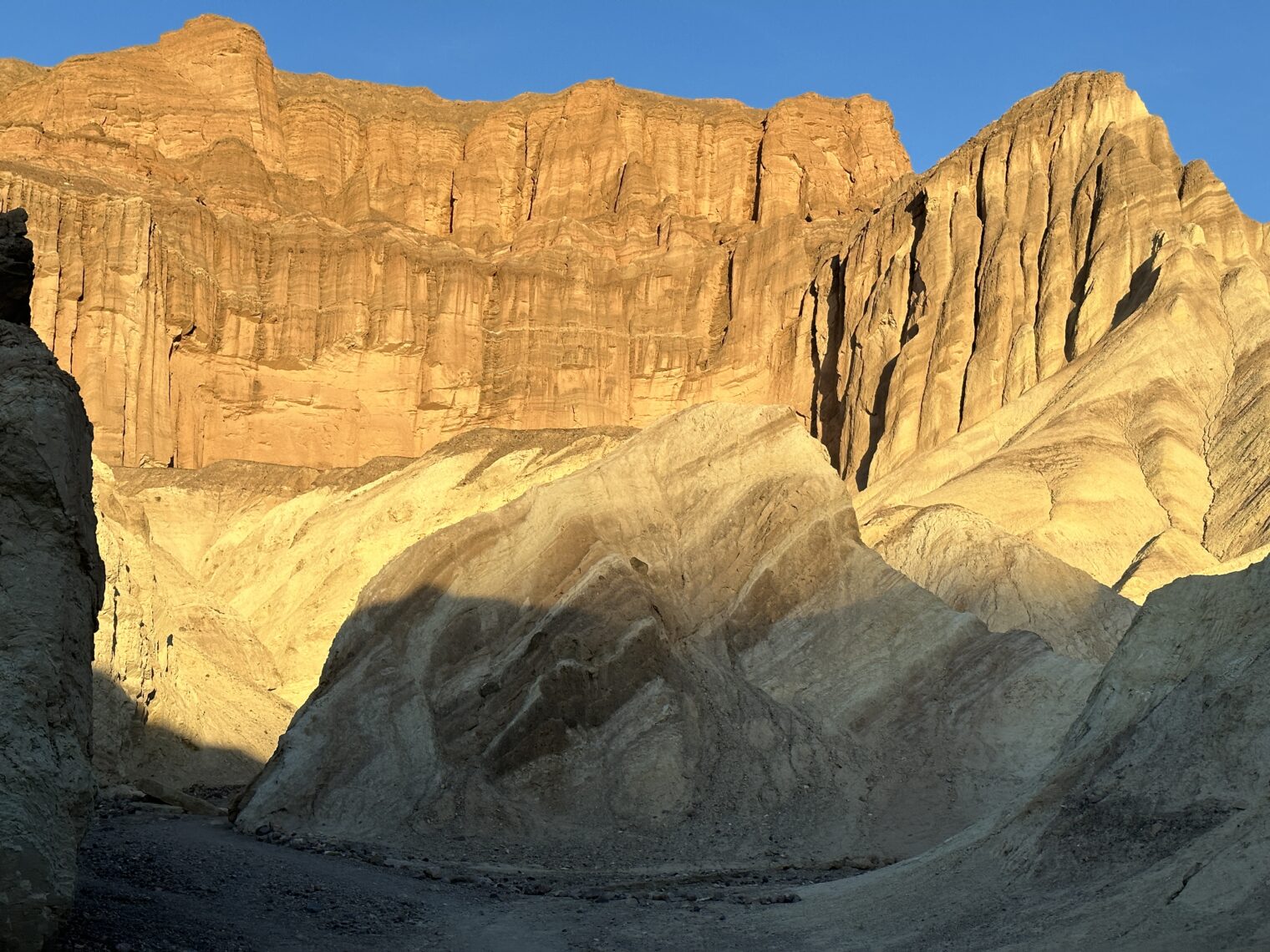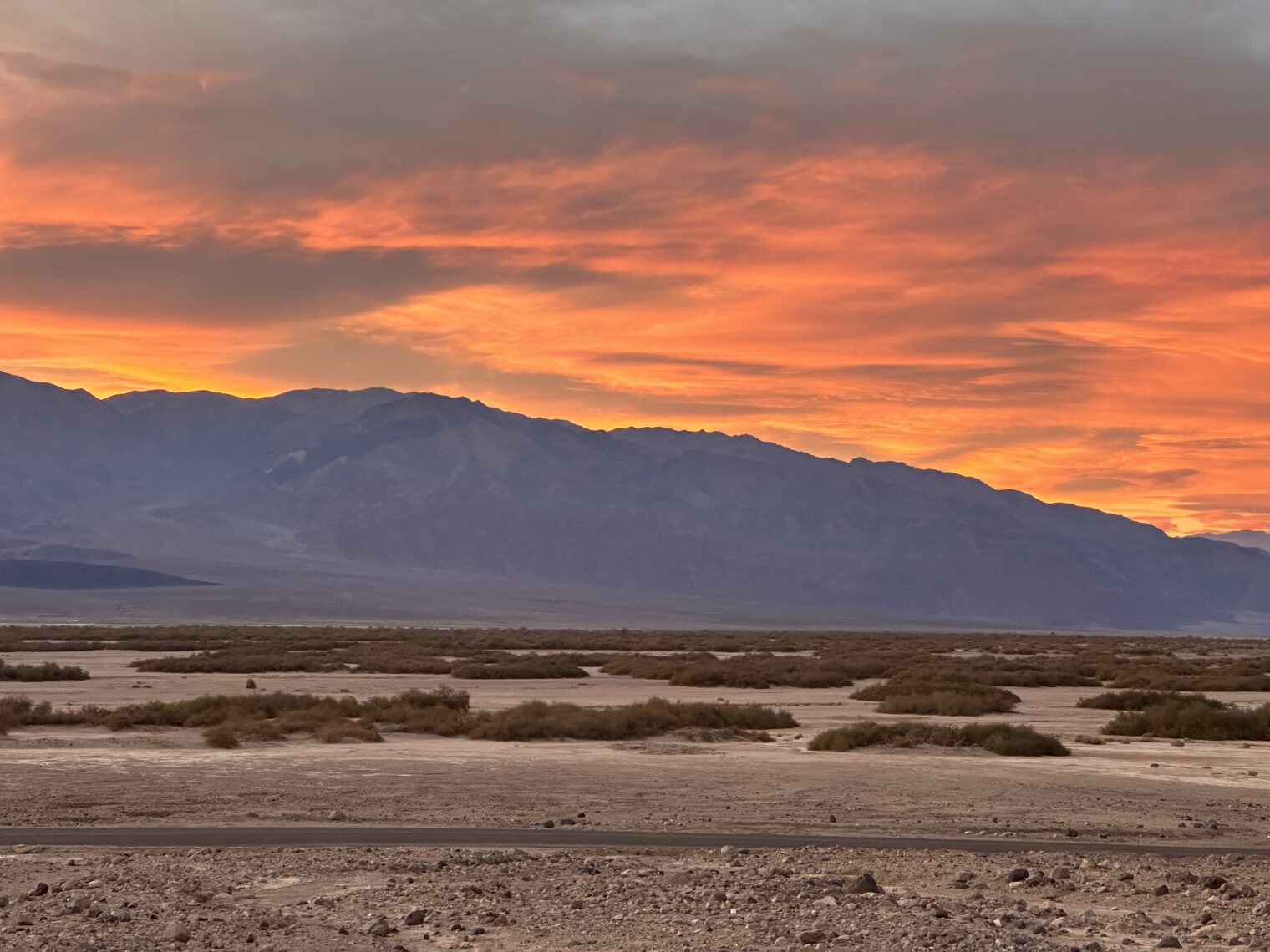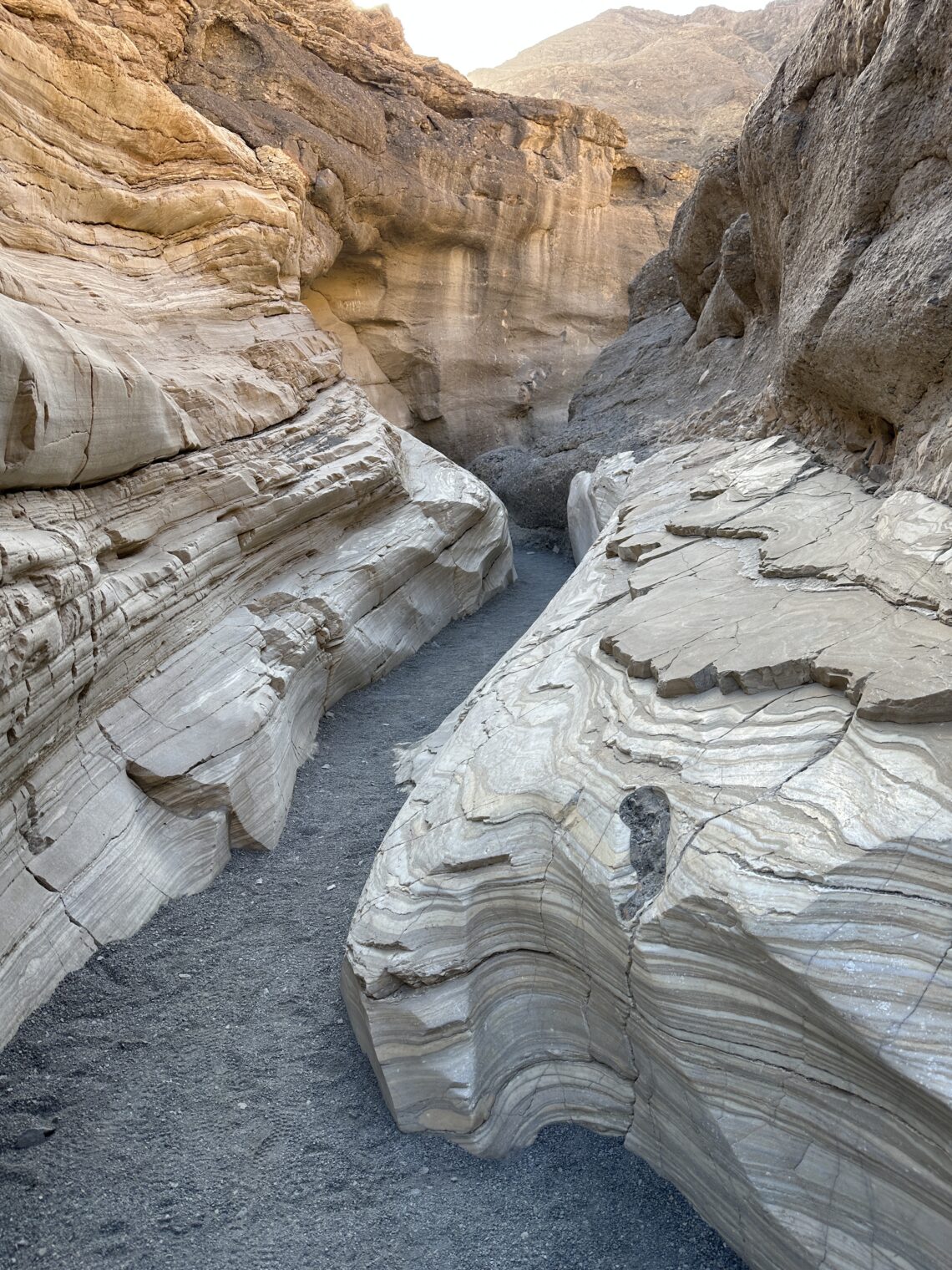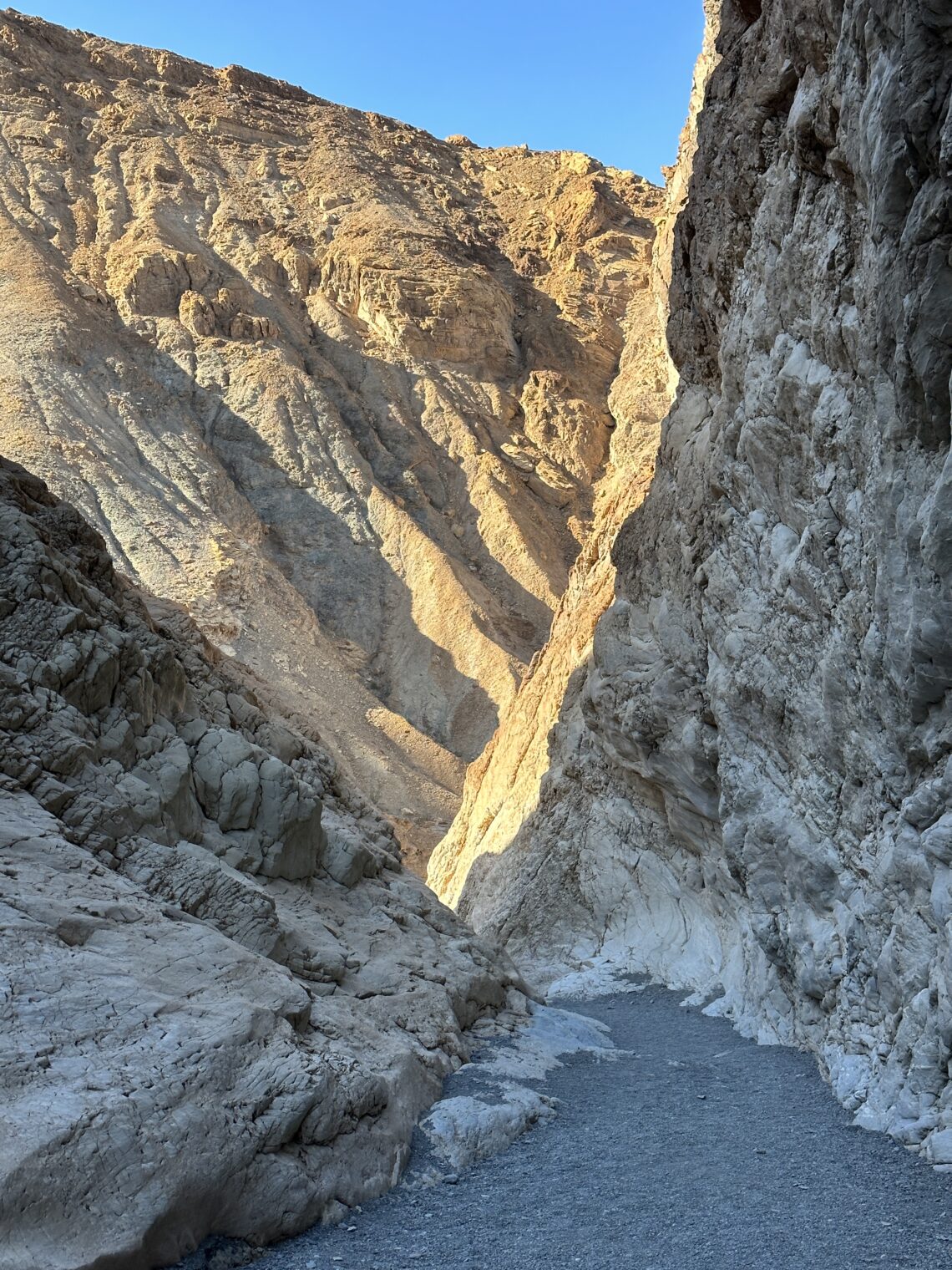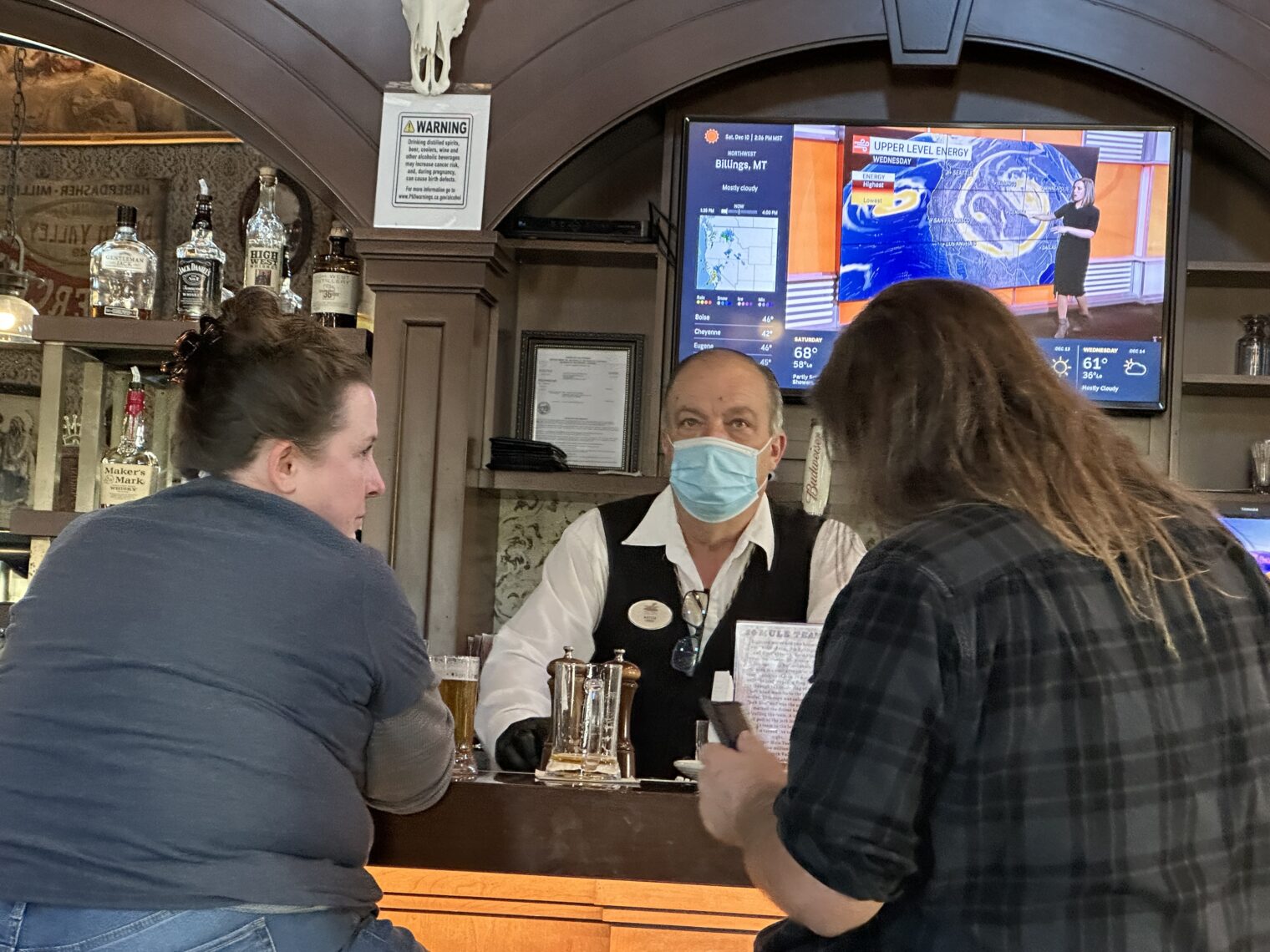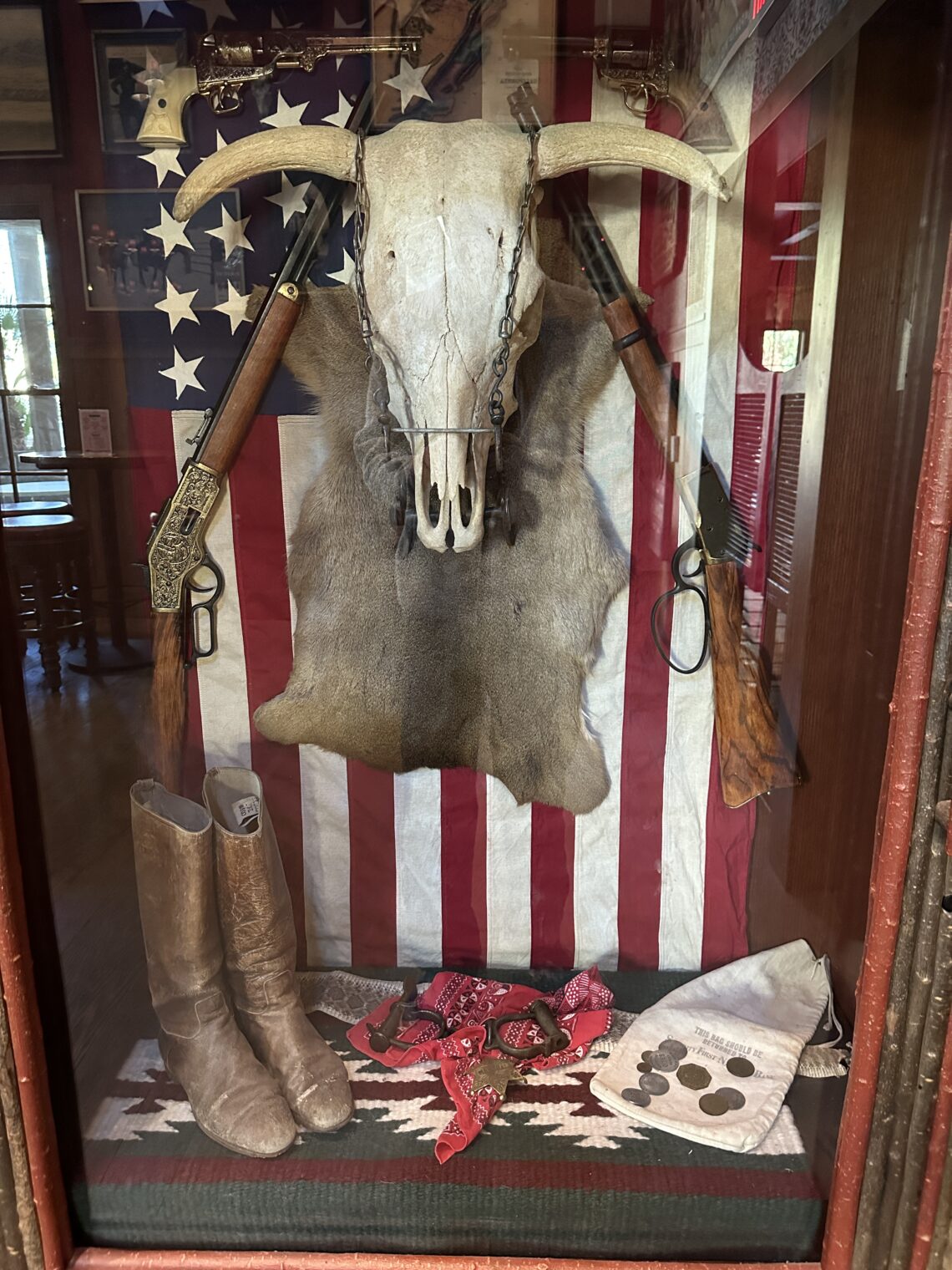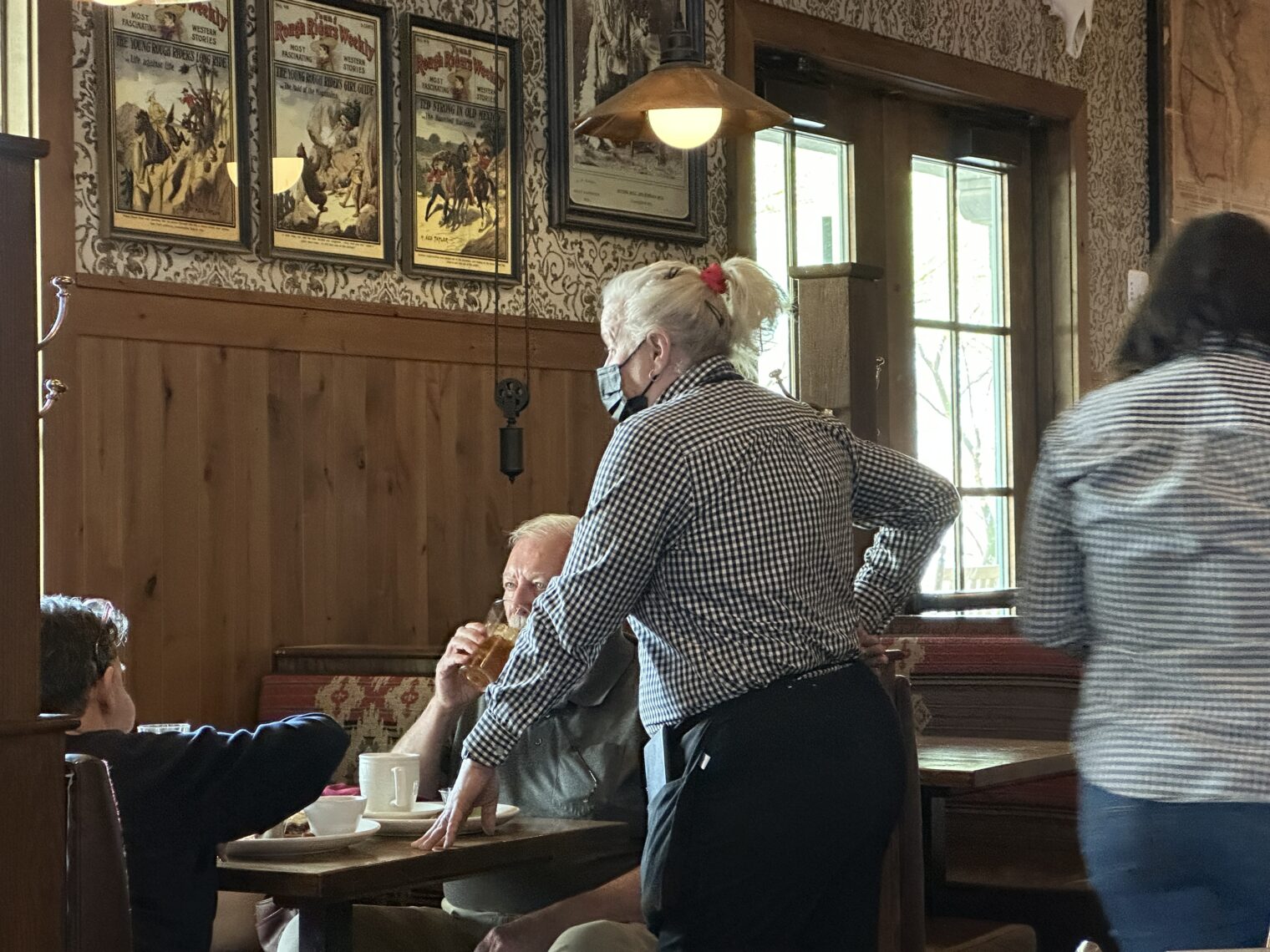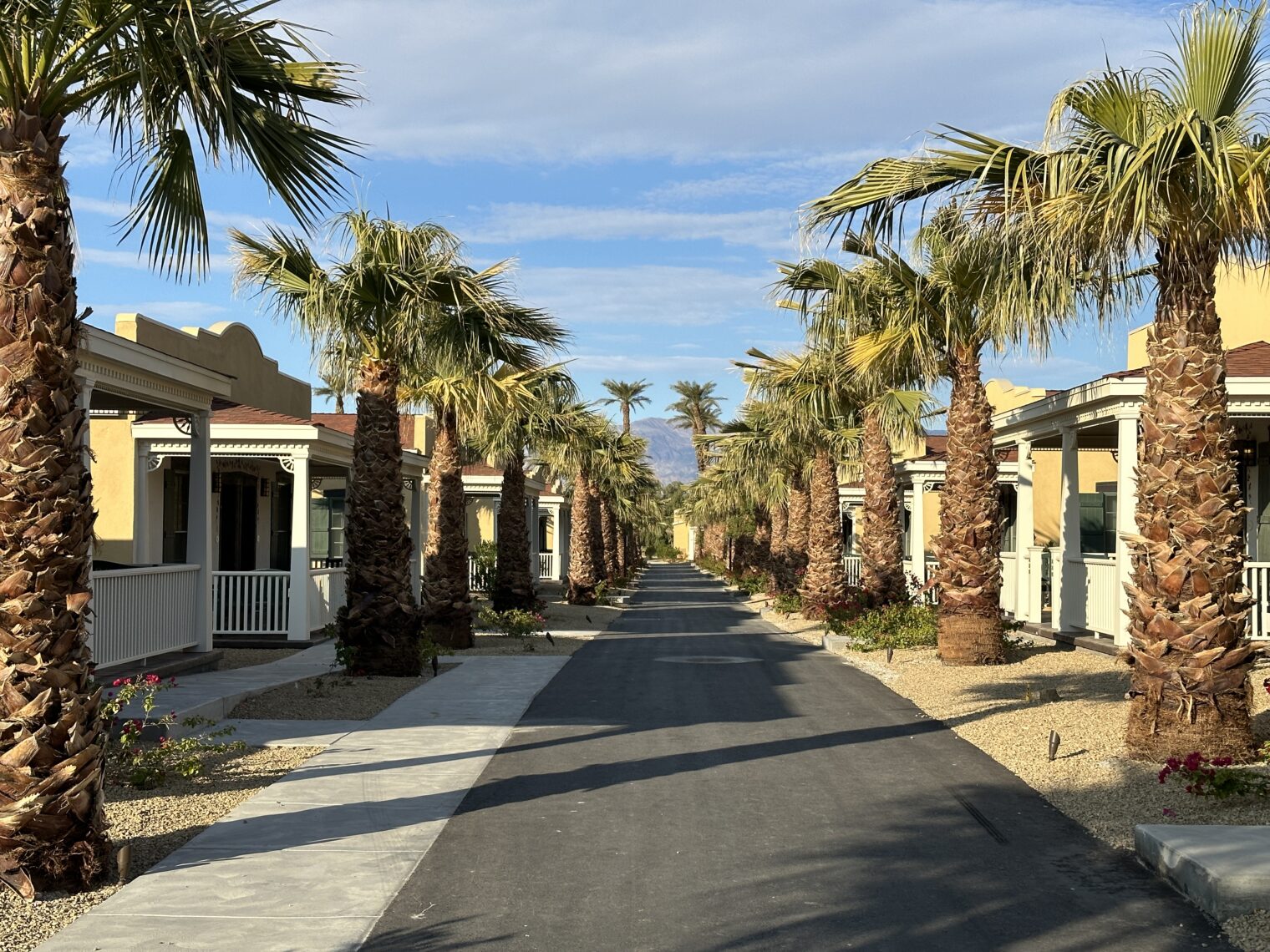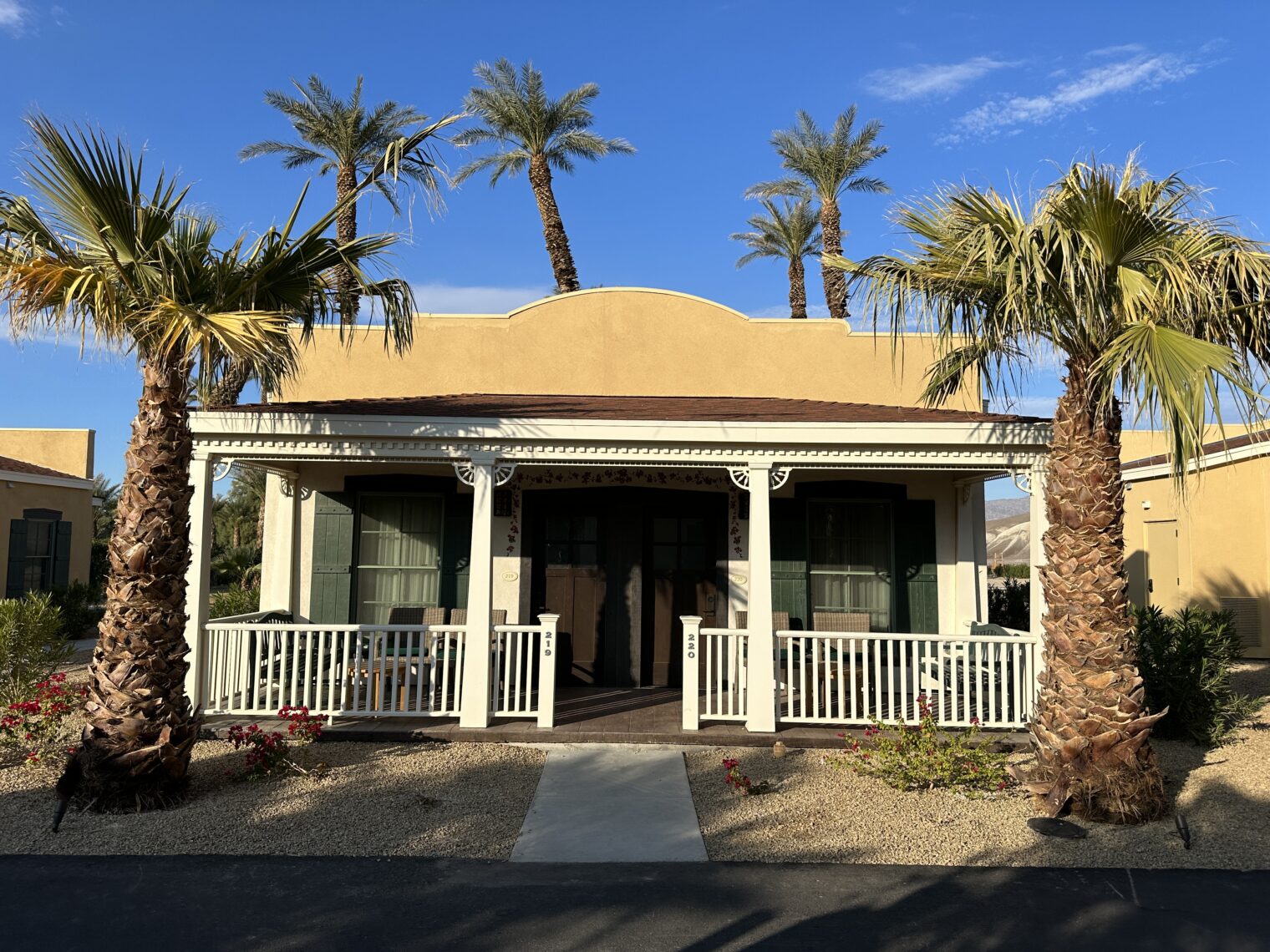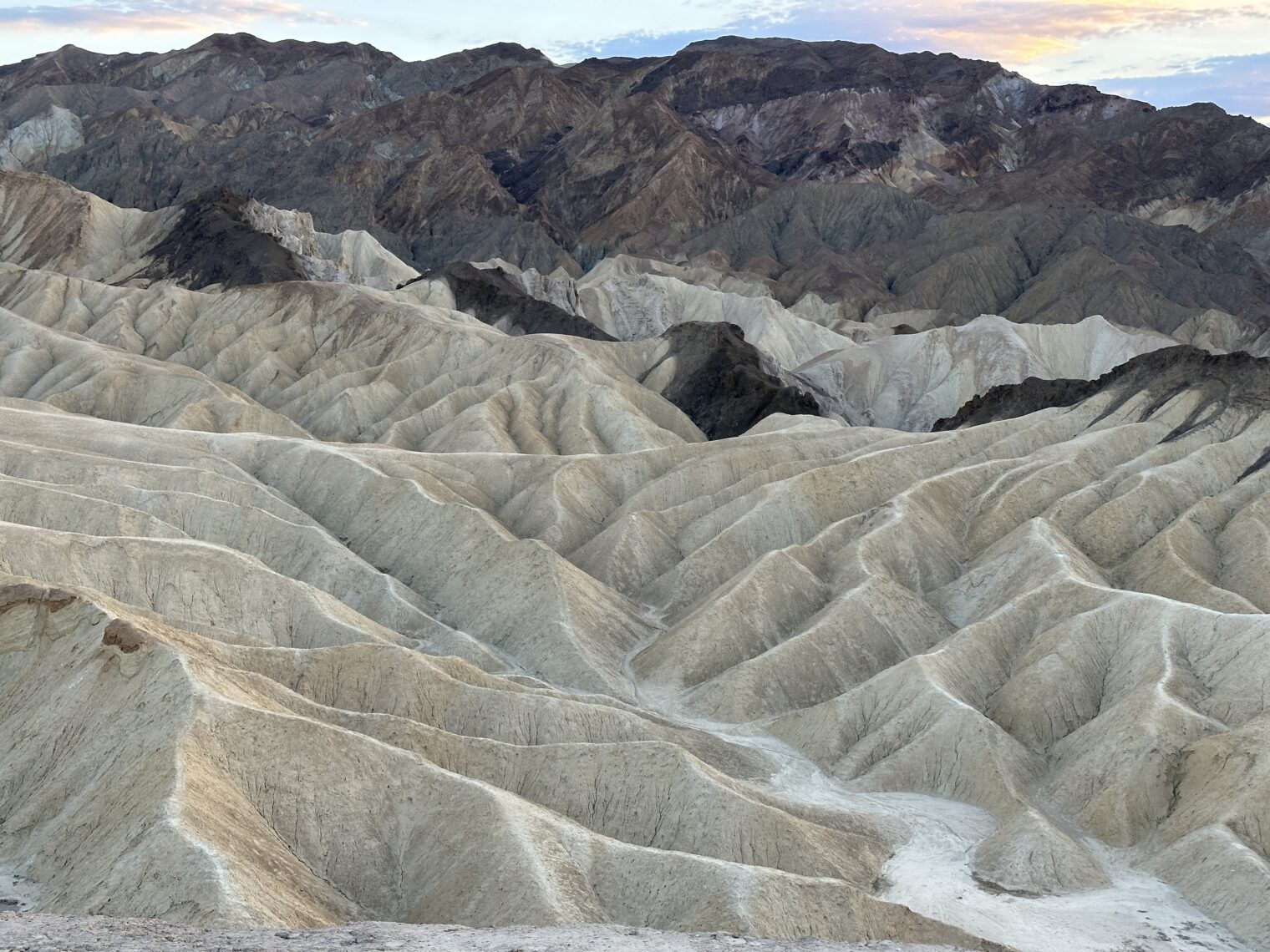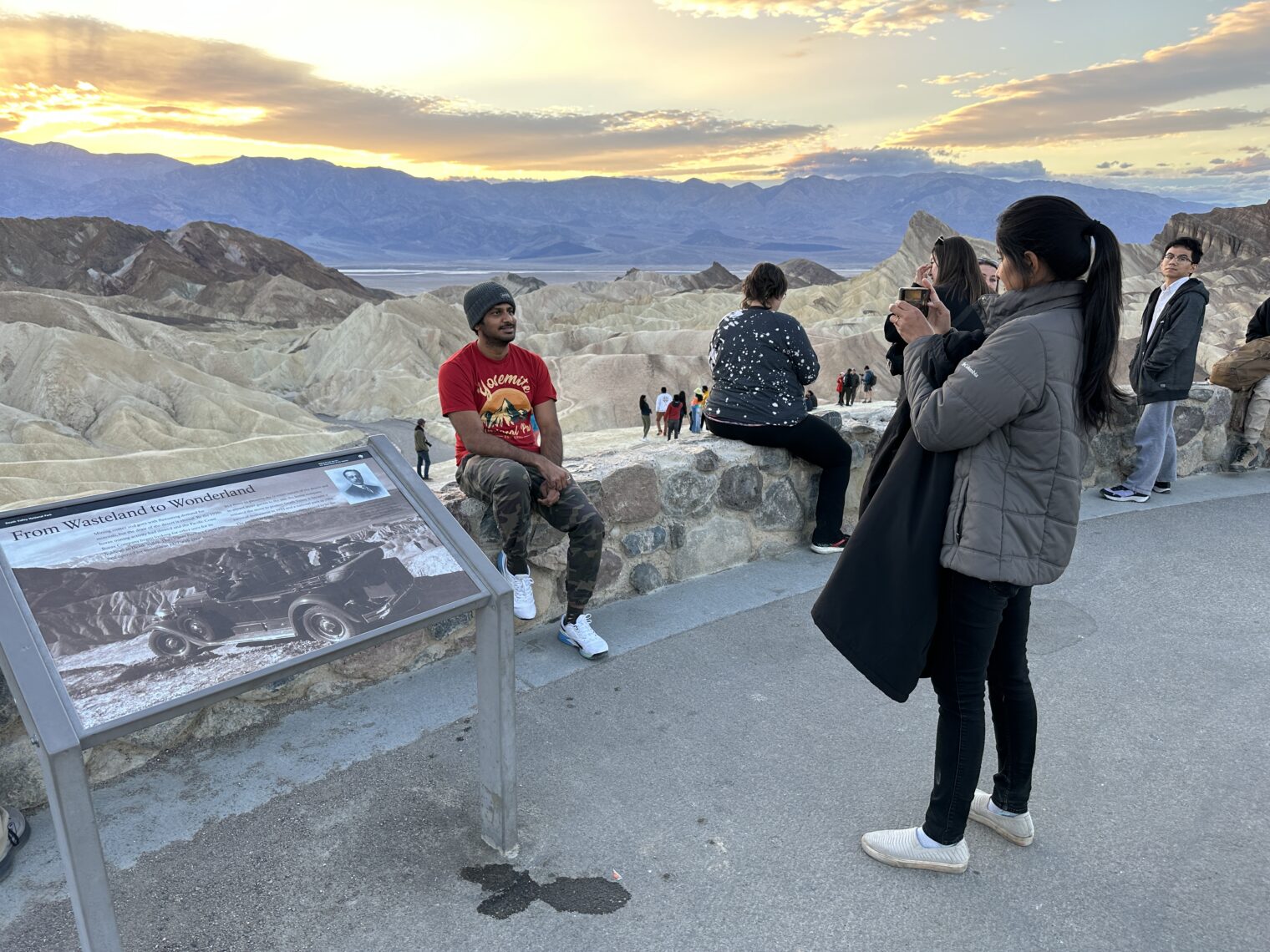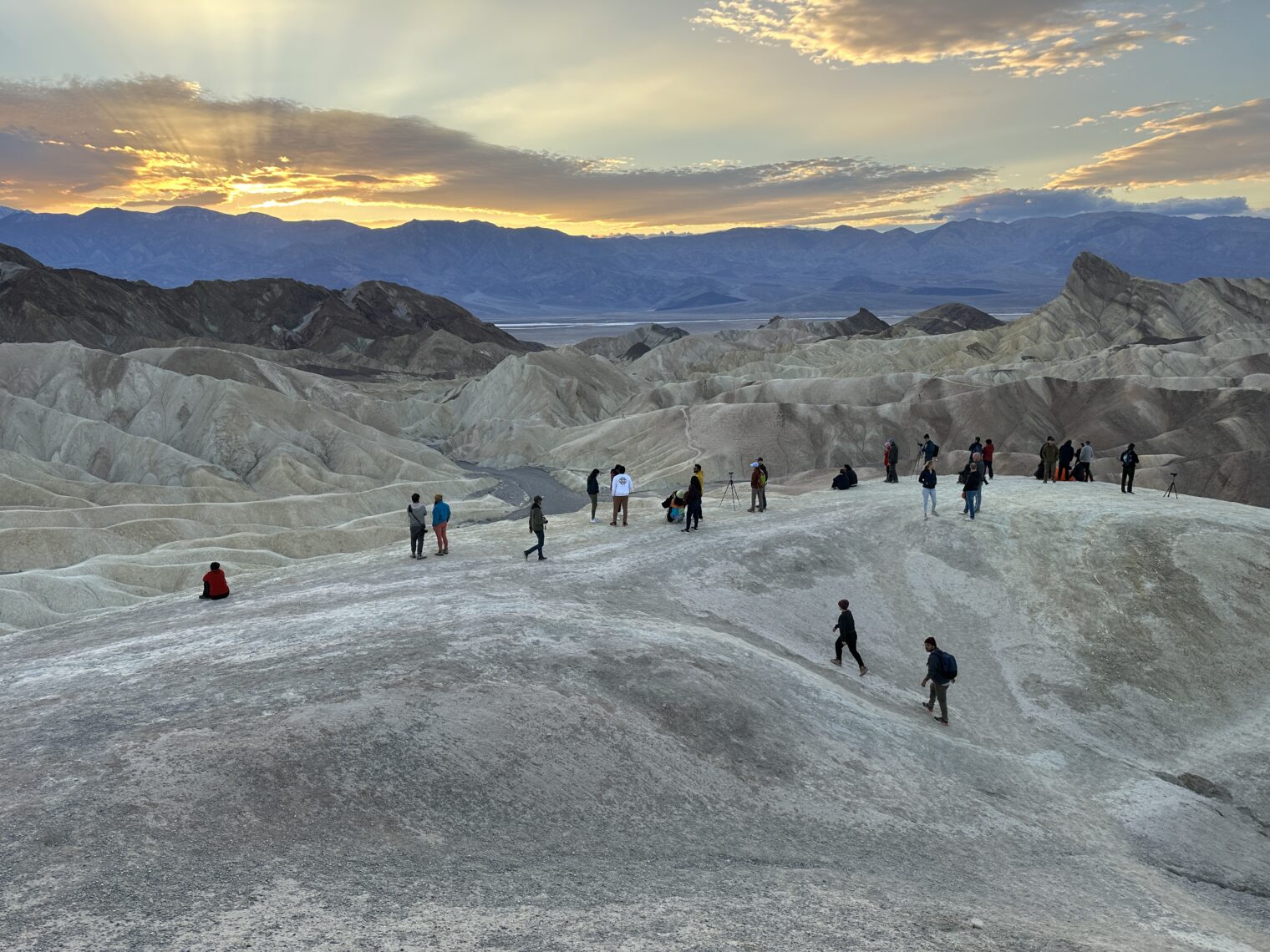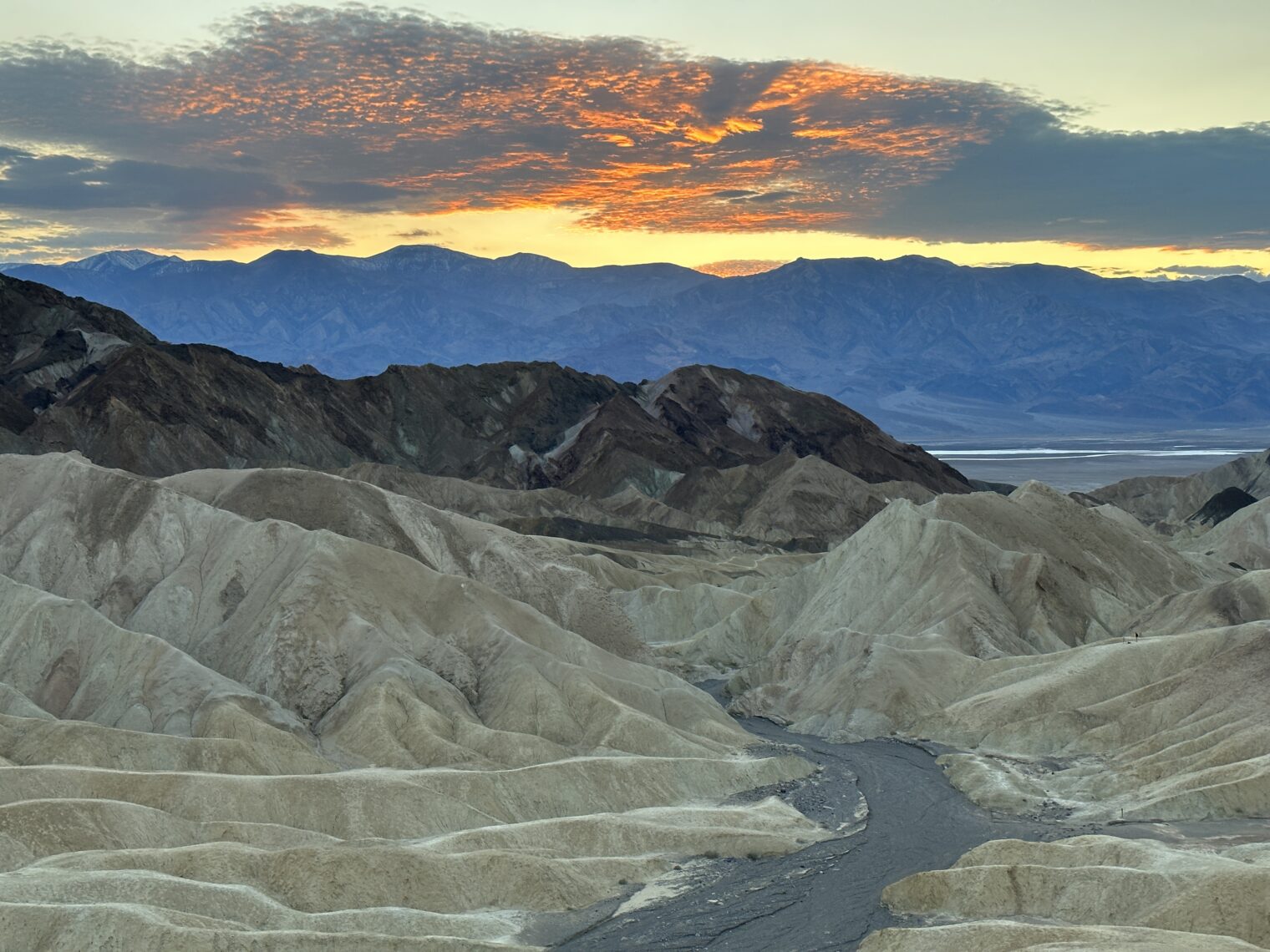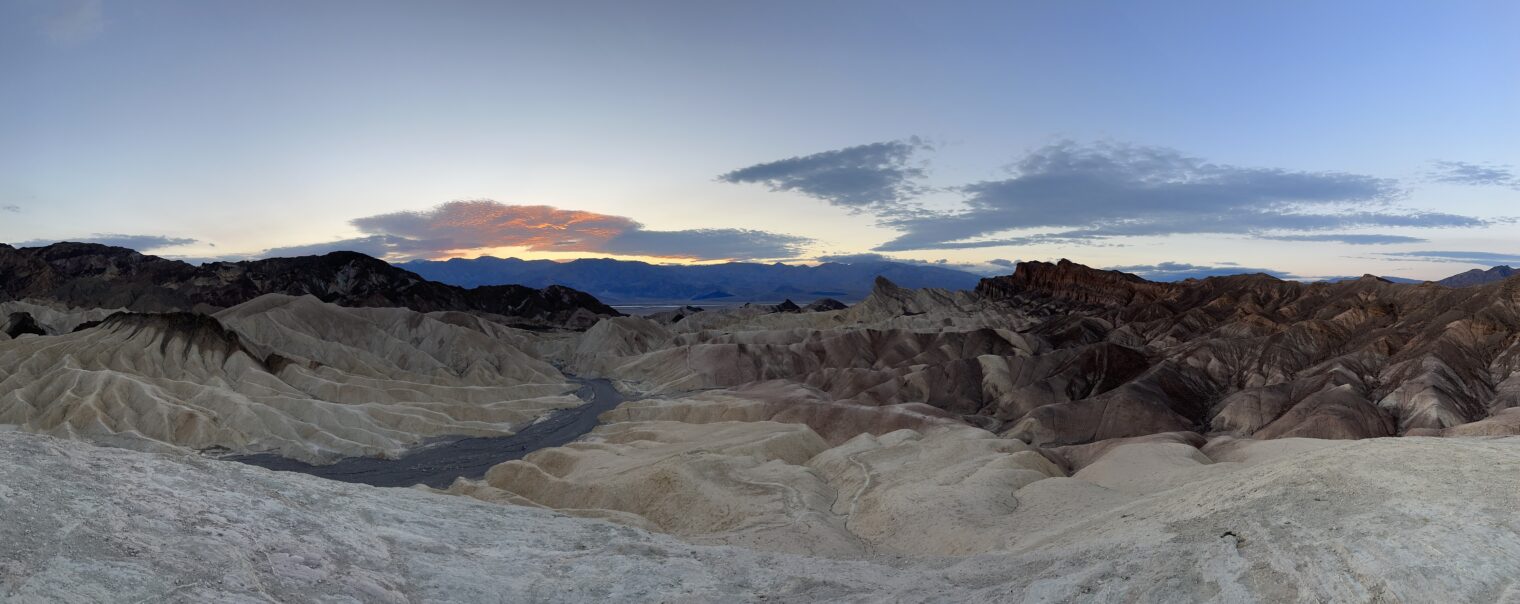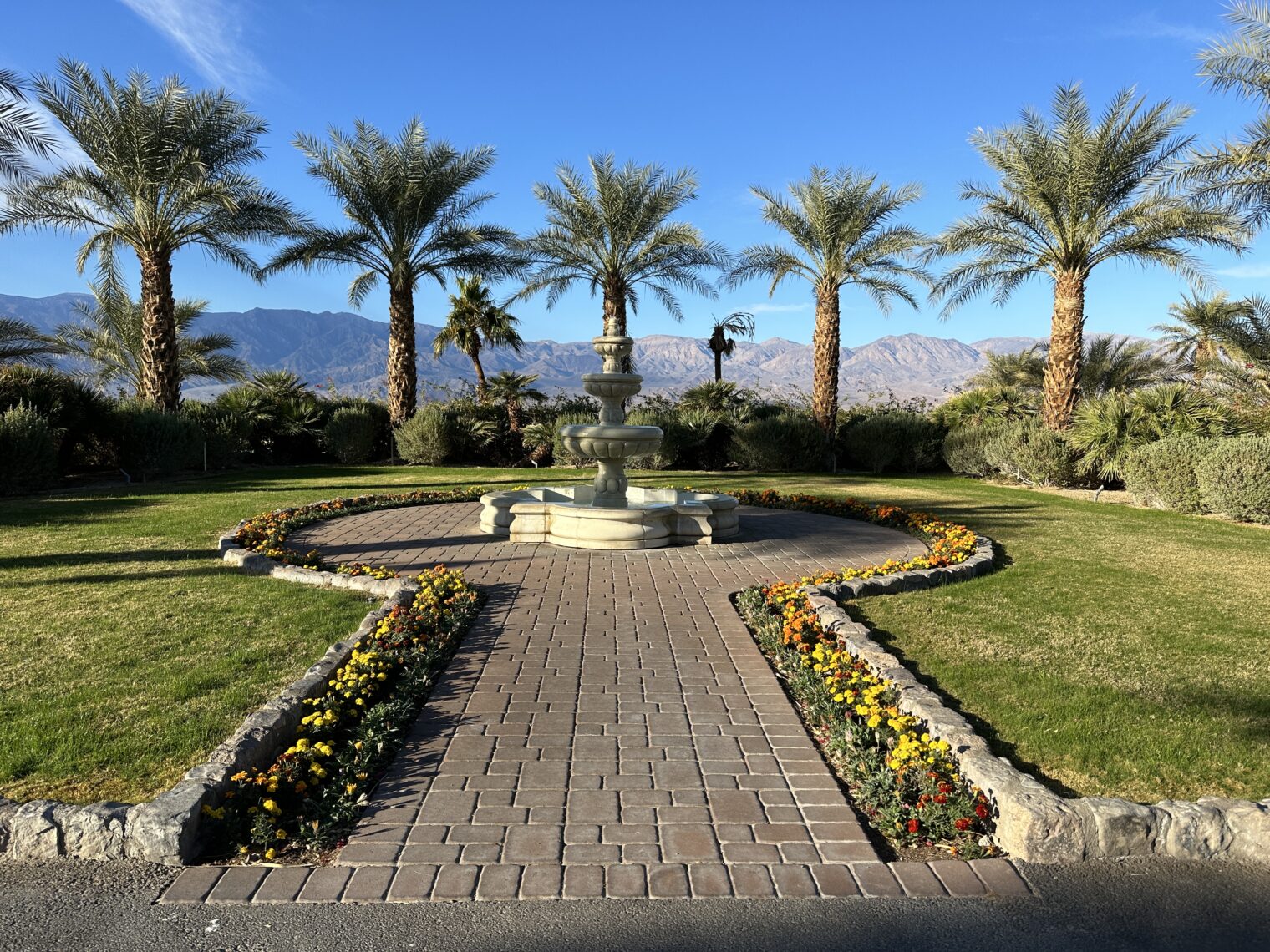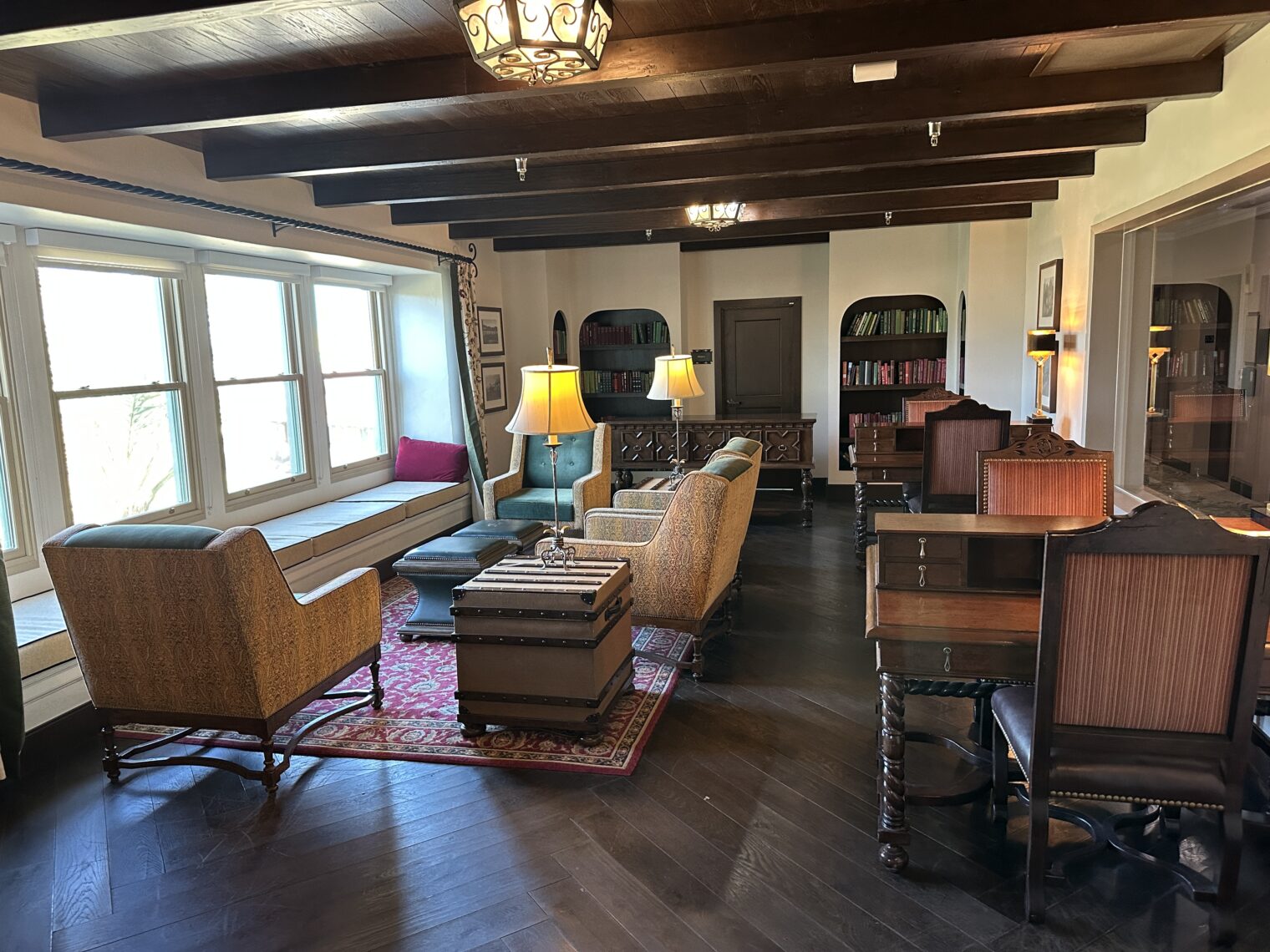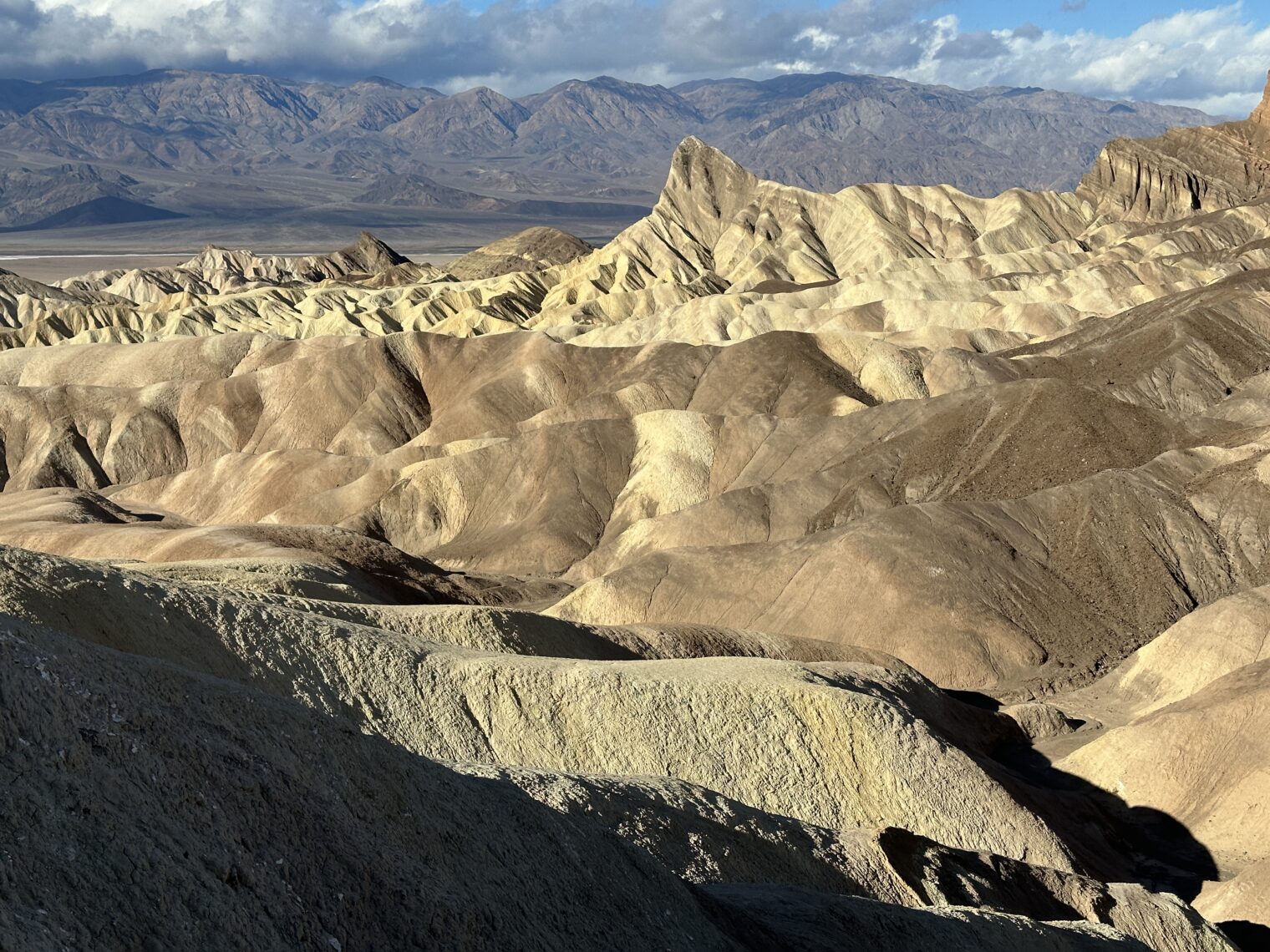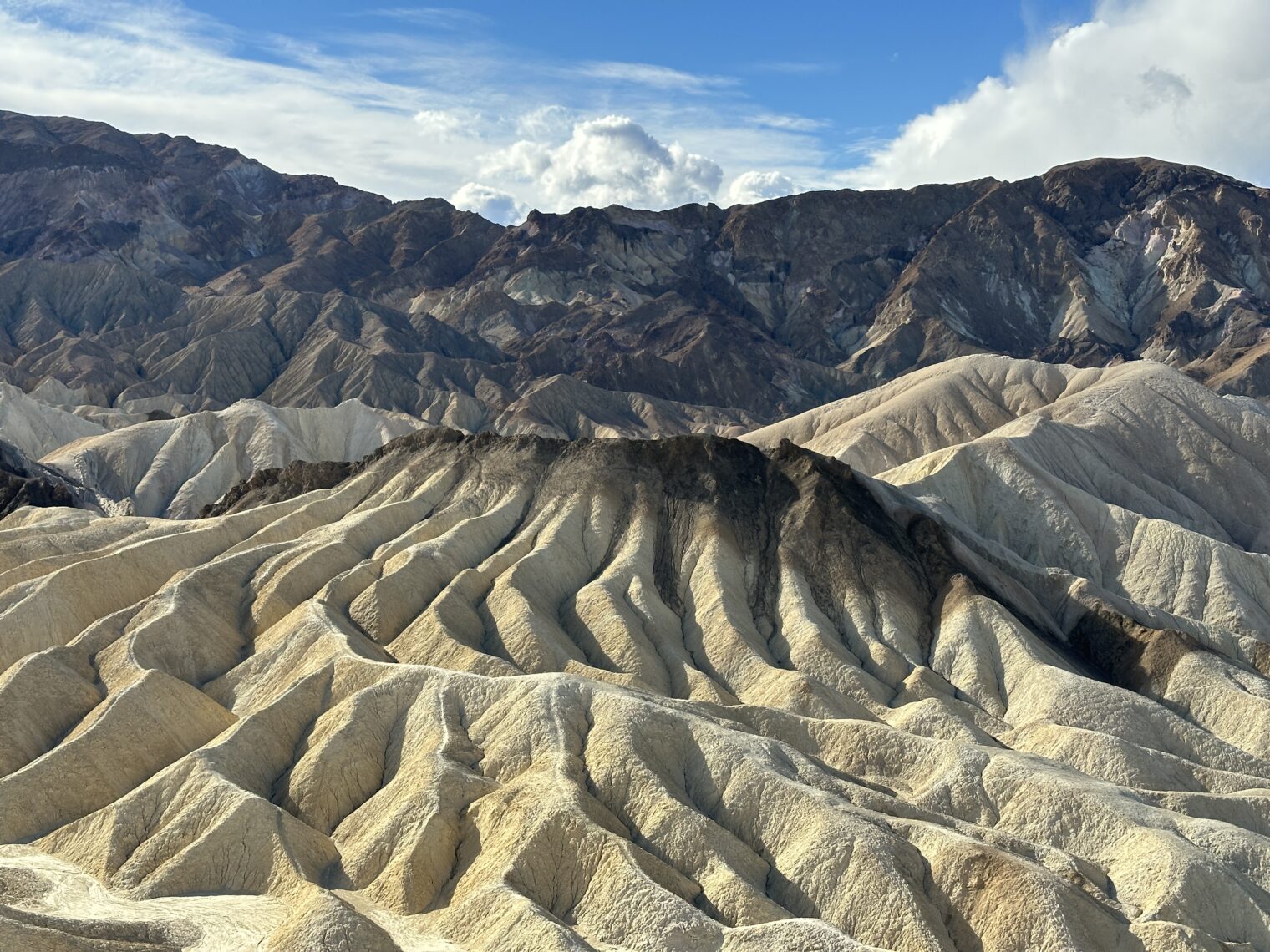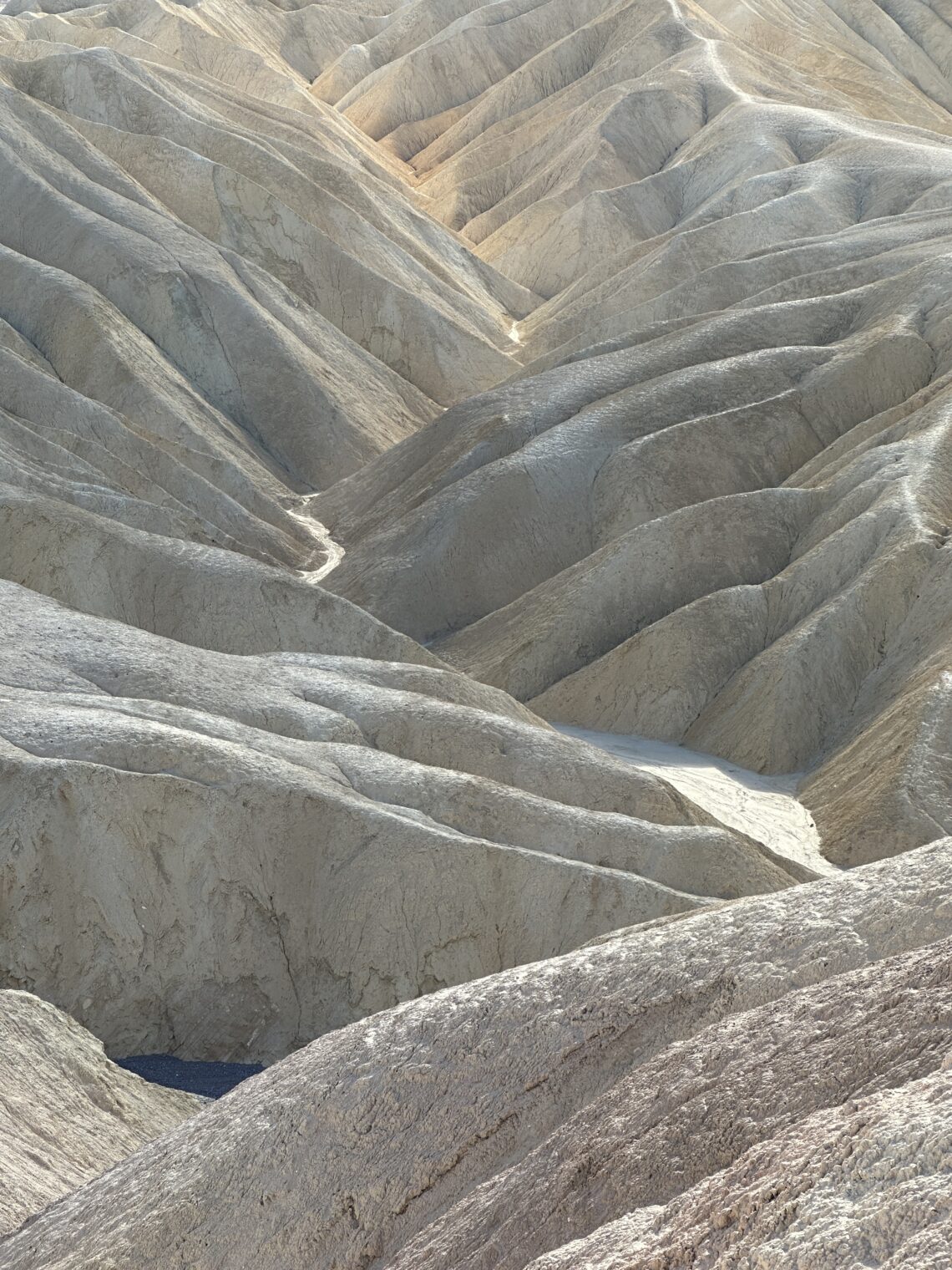The 30,000′ view on crossing the North Atlantic
Here’s a report on a crossing from Belfast, Northern Ireland to Canada in July 2023 in a Cirrus Vision Jet (my review).
The machine: one engine, one parachute, 31,000′ service ceiling, cruise speed of about 310 knots, range of about 900 nautical miles. It lacks almost everything that the regulatory gods want to see for an aircraft crossing the North Atlantic. There is no HF radio. We could not spell or pronounce CPDLC, much less operate with it. We were one letter behind on ADS, being equipped with ADS-B rather than the more impressive ADS-C. Nonetheless, we were entitled to fly the most sensible route for a short-range airplane at altitudes up to at least FL280 and sometimes all the way up to FL310 (the accessibility of RVSM flight levels is tough to predict, even for the experienced planners, so make sure that you have enough fuel to make it at FL280).
A common route for short-range aircraft… EGAA, BIKF, BGSF, CYYR:
The biggest challenge with this route is that Greenland, because it remains a colony of Denmark (the natives would prefer to have accepted Donald Trump’s proposal and become part of the U.S.), has only two decent airports, both built by the U.S. military. Kangerlussuaq, which started out as “Sondrestrom” during World War II, is where all of the jet airliners land and where any general aviation pilot who doesn’t imagine him/her/zir/theirself to be a hero should land. The Cold War-era Thule, now “Pituffik Space Base”, is too far north to be a useful alternate and is generally closed to civilians (see Project Iceworm for what we did up there without telling our Danish hosts). Nuuk, BGGH, might be a reasonable alternate when they finish extending the runway (delayed until 2024 due to coronapanic). See charts below.
There is always the possibility that BGSF, which lacks a parallel taxiway, will get shut down due to a disabled aircraft. I wouldn’t advise any attempt at crossing unless BGSF is forecast to be good VMC (visual meteorological conditions).
A lesser challenge is the long leg between CYYR and BGSF, which is readily doable with a tailwind, but crosses a lot of water and takes an airplane out of communication range at 30,000′. Why not skip this by substituting CYFB (Iqaluit, Nunavut; not to be confused with “Frobisher Bay“) for CYYR? Now the leg is 487 nm instead of 872 nm and much of the route is within gliding distance of land.
We had an additional challenge on our trip. The owner-pilot of the Vision Jet had been in Europe for a couple of months with his family and we were tasked with bringing a furry child back to the U.S. Iceland and Greenland are unfriendly to Canine-Americans and, therefore, it would have been extremely ugly if we had gotten stuck due to weather or mechanical issues. Maybe the pup would have been locked down in quarantine for weeks (like a California K-12 student!). Maybe the owner would have had to sleep with her in the plane. In theory, dogs are not even allowed out on the airport ramp/grass to pee.
Although apps such as fltplan.com and ForeFlight can provide good weather briefings and performance calculations, most people making the crossing elect to use a planning and dispatch service such as Air Journey or Shepherd Aero. We used Shepherd and, in addition to the high-level and low-level planning, they provided a raft and survival suits in Belfast that we later dropped off in Bangor, Maine. They also handled the paperwork requirements for approval to operate in the North Atlantic high-level airspace (“NAT HLA”; see link at the end).
Our day started around 6 am at a Hilton golf hotel where we checked weather and navlogs over breakfast. The TV described “millions of public sector workers” getting raises in the UK. Fortunately, we are assured by top economists that a wage-price inflation spiral is impossible.
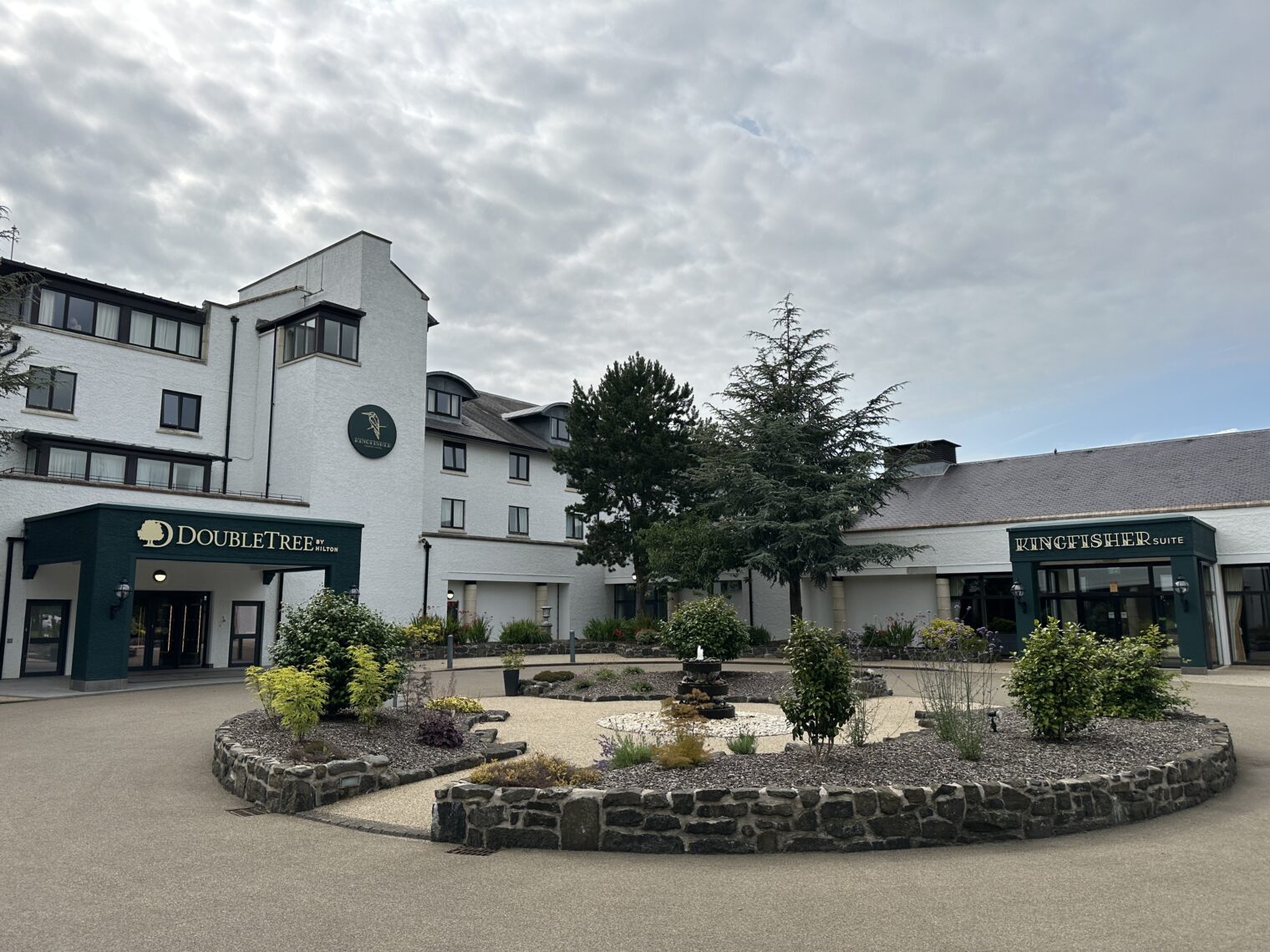

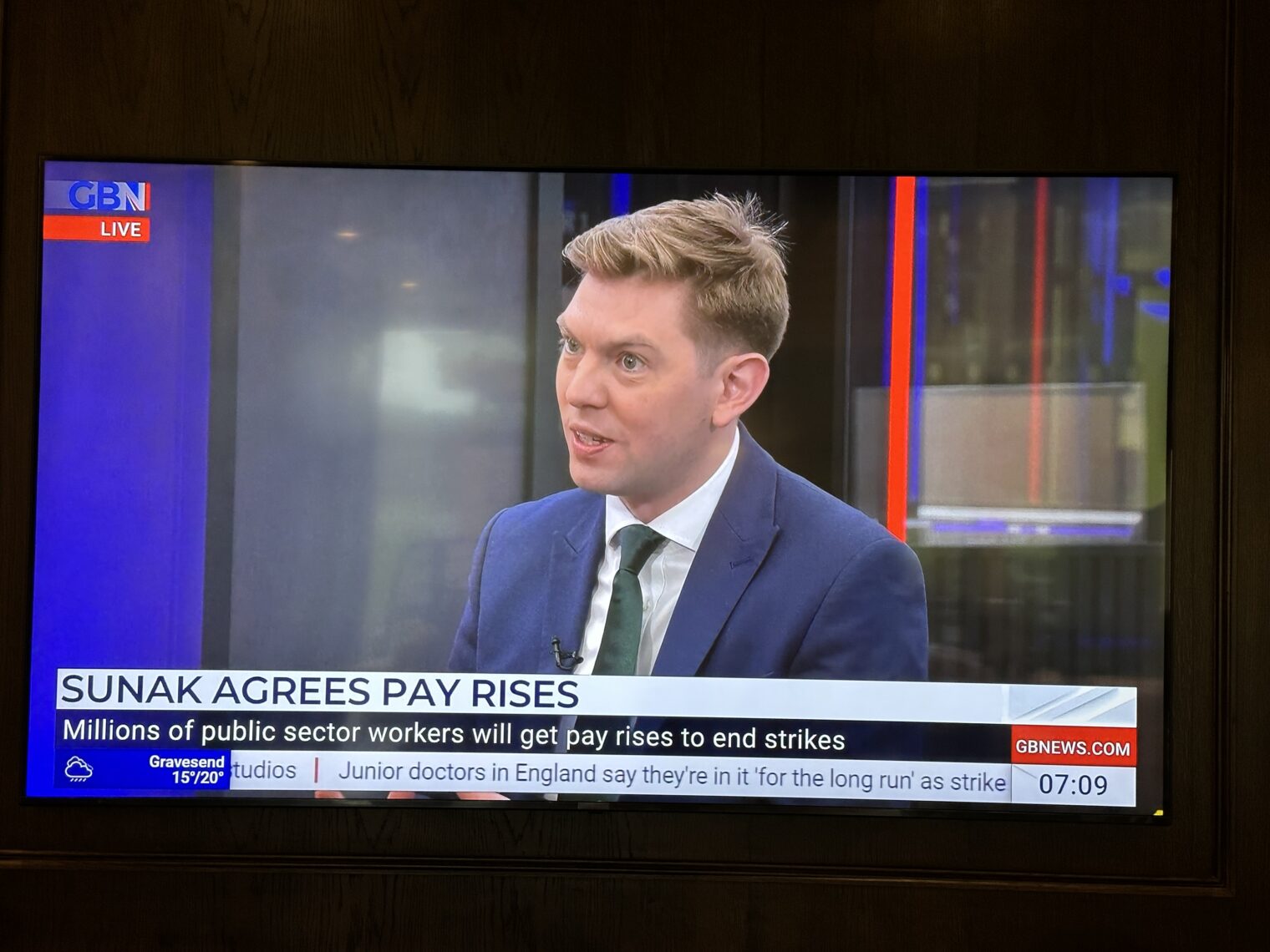
We showed up before 8 am at Global Trek, the FBO at the big airport in Belfast.
We unlocked the baggage door so that the local maintenance folks could top off the oxygen bottle. If a jet depressurizes at the midpoint of one of these legs and descends to an altitude where oxygen is not required, the additional fuel burn will result in a failure to reach the destination. The only way to avoid a swim is to put on the oxygen masks and stay at least reasonably high, e.g., 20,000′. The mask is also a great tool for avoiding a deadly SARS-CoV-2 infection from one’s co-pilot. #AbundanceOfCaution:
(What if you don’t get the quick-don oxygen masks on after an explosive decompression? The Vision Jet, thanks to the Miracle of Garmin and having seen a cabin altitude above 15,000′, will automatically descend to 14,000′. In theory, the pilots will then wake up. If they don’t, the Garmin AI will try to Autoland (I’d like to see that in Greenland! Autoland requires a GPS approach with LPV or LNAV/VNAV at an airport within 200 nm).)
What about a weight and balance calculation? Given long runways, cold temperatures, and mostly-smooth air, being slightly overweight is not a significant risk (not a tough issue for us because all of the back seats were not only empty, but had been removed). Would it ever make sense, from a risk management point of view, to leave out fuel or survival gear in order to hit a book number? (In Greenland, the fueler didn’t even ask whether we wanted to be topped off. He simply topped off the plane because nobody would be dumb enough to depart over the North Atlantic in a light plane with less than full fuel.)
Prep for the unlikely event of that single turbojet engine breathing its last? As with Caribbean flying, it is essential to have a life raft and as many EPIRB/PLBs as one can reasonably attach to one’s raft and person. In addition, however, one must have a survival suit to protect against the cold and wet. Here’s me suited up for the crossing and/or the Climate Change (TM)-induced floods in the Northeast (photo taken at the end of the trip, in Bangor, Maine; note the sun-reddened face due to the Vision Jet’s less-than-complete UV protection):
How does it work to operate the latest generation of touchscreen avionics with hands like Zoidberg‘s? What’s conventional is to wear the survival suit up to one’s waist and be prepared to don the rest in a worst-case scenario. The folks who do this all the time get constant-wear dry suits that have separate gloves ($4,000 in pre-Biden money).
We departed with full fuel and full oxygen at 9:00 am local time, just as planned, climbed to FL300, and stayed within radio and radar range for the entire nearly-3-hour trip to Iceland. The only old-school task that we had to perform was tell Reykjavík Control when we expected to enter their airspace at RATSU. Radio communications on the entire trip proved to be easy and informal. The controllers are nowhere near as busy as FAA controllers, so you can always ask for a clarification.
We were able to get to FL300 and found the temperature, due to humans ignoring Greta Thunberg, to be ISA+4. True airspeed of 315 knots plus a tailwind of 10-20 knots.
Landing in Iceland is relaxing because BIKF is a huge international airport with two runways and, in the event of shutdown by fog or mostly-peaceful protest, BIRK is next door and also has two reasonably long runways. The wind was blowing 29 knots when we landed, which made taxiing in certain orientations challenging and also required some thought regarding parking orientation for the restart. The powerful wind was forecast to continue for four days, so we were glad that we hadn’t planned to stay. Our canine companion was not allowed out of the plane and immigration came out to meet us in a shack to check passports, despite us having expressed no intention to leave the airport or stay longer than required for refueling. Elites sometimes need to stop here in their Gulfstreams, e.g., if on their way from Los Angeles to attend a climate change convention deep into the Mediterranean and carrying a full load of sycophants. Consequently, there is a reasonably nice FBO with a full array of free drinks, a jail, and a children’s play area. Delicious pizza was delivered, but I had just one slice due to concerns regarding the bathroom facilities on the SF50 (none).
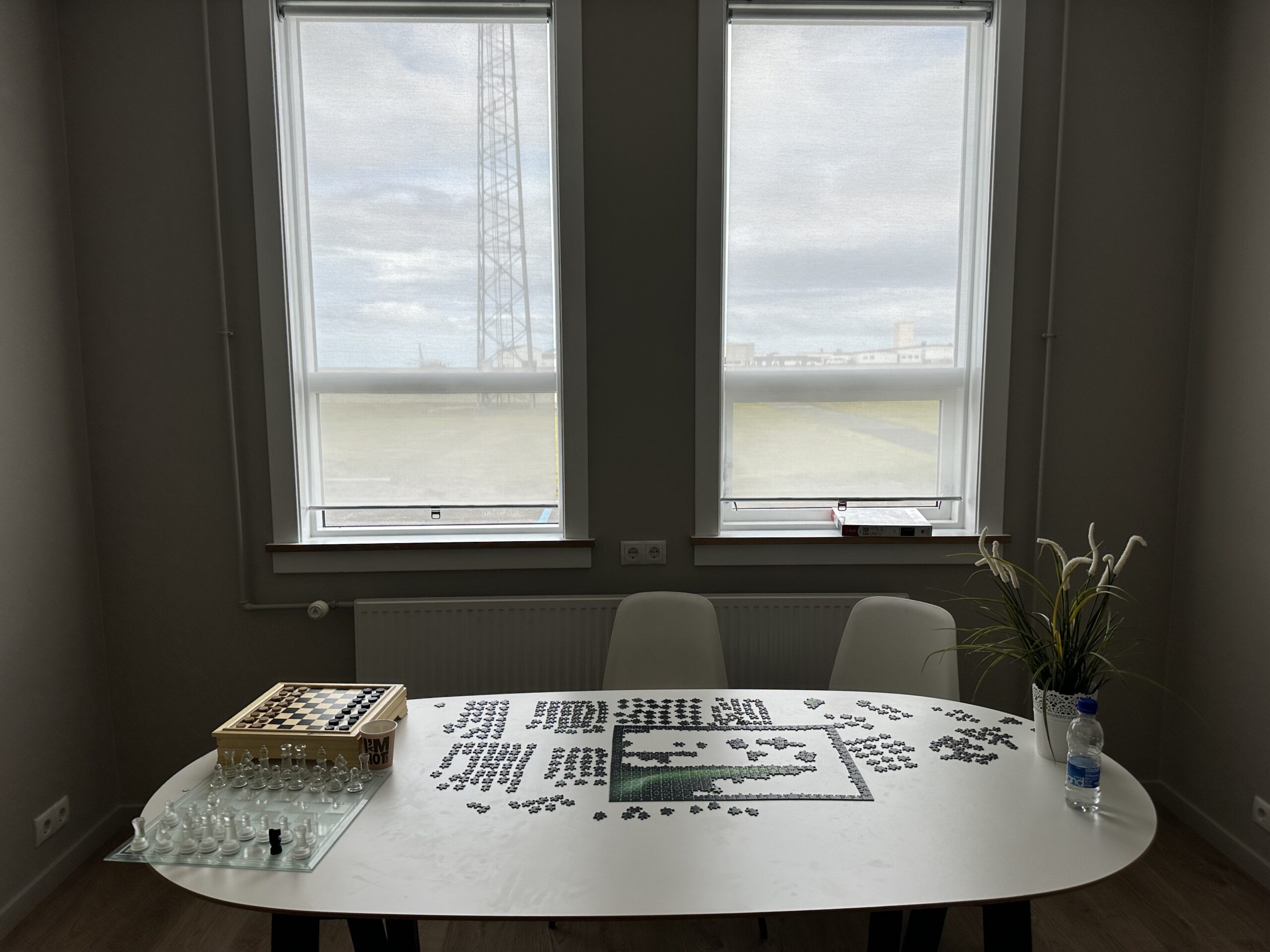
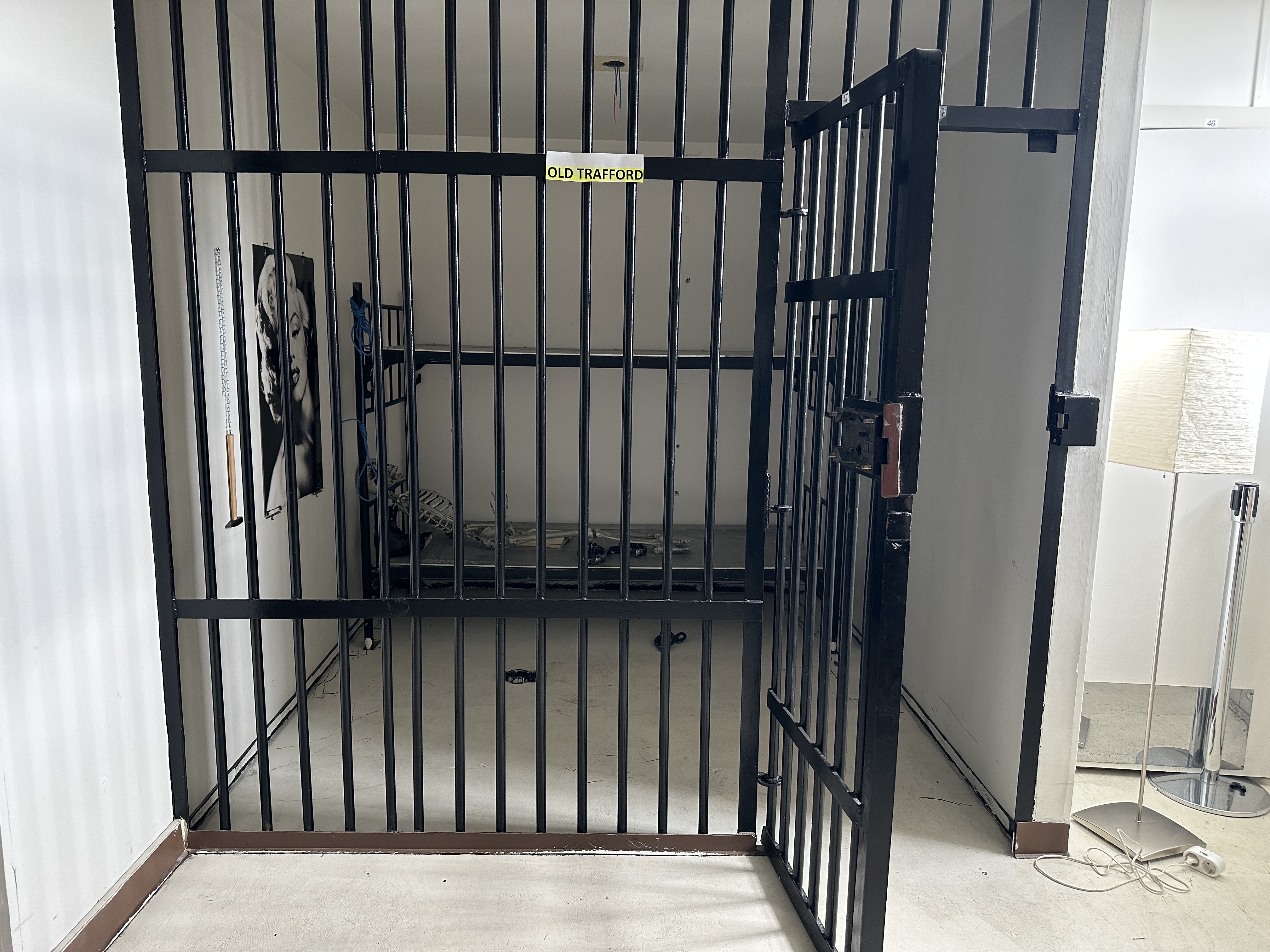
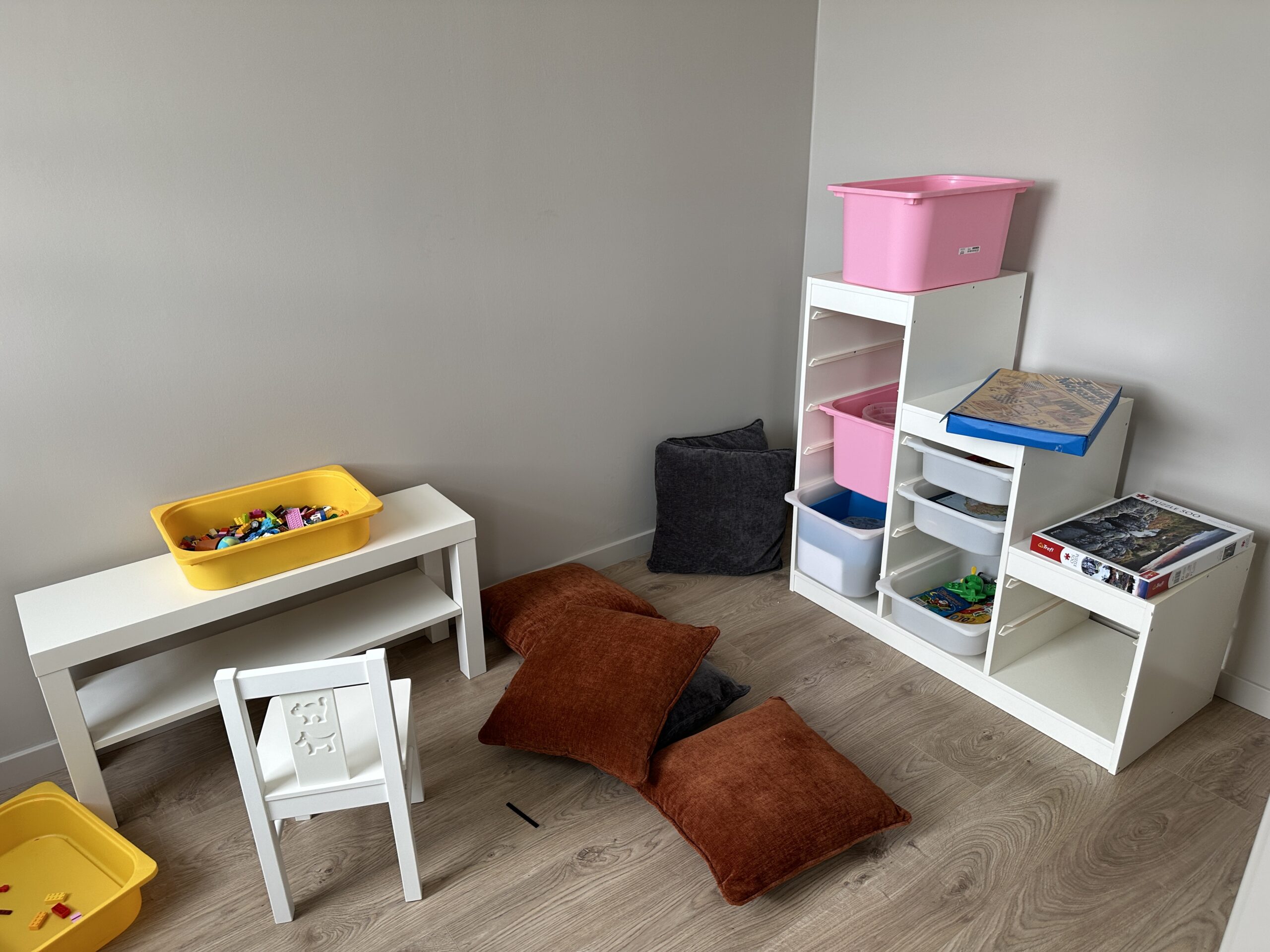
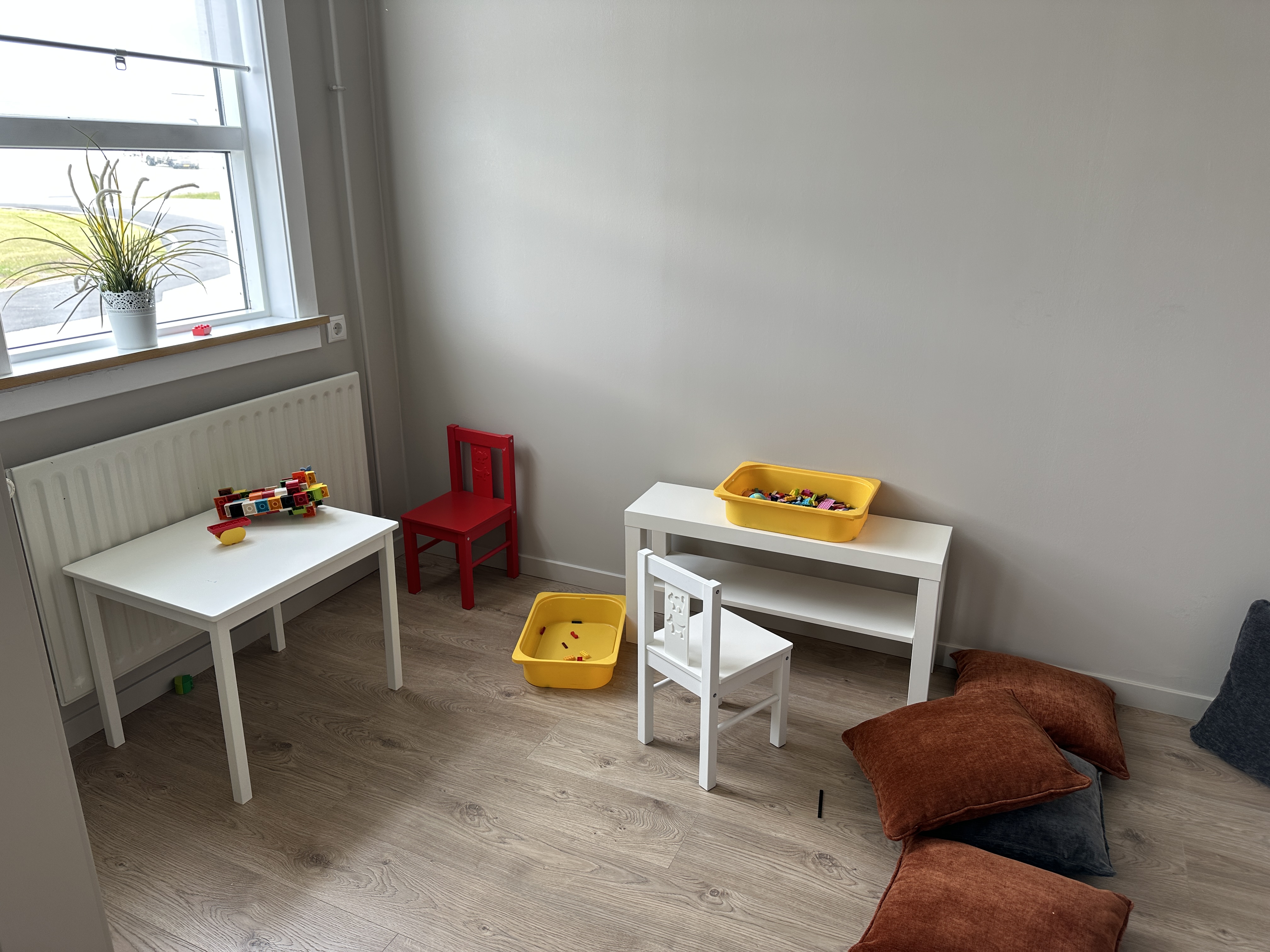
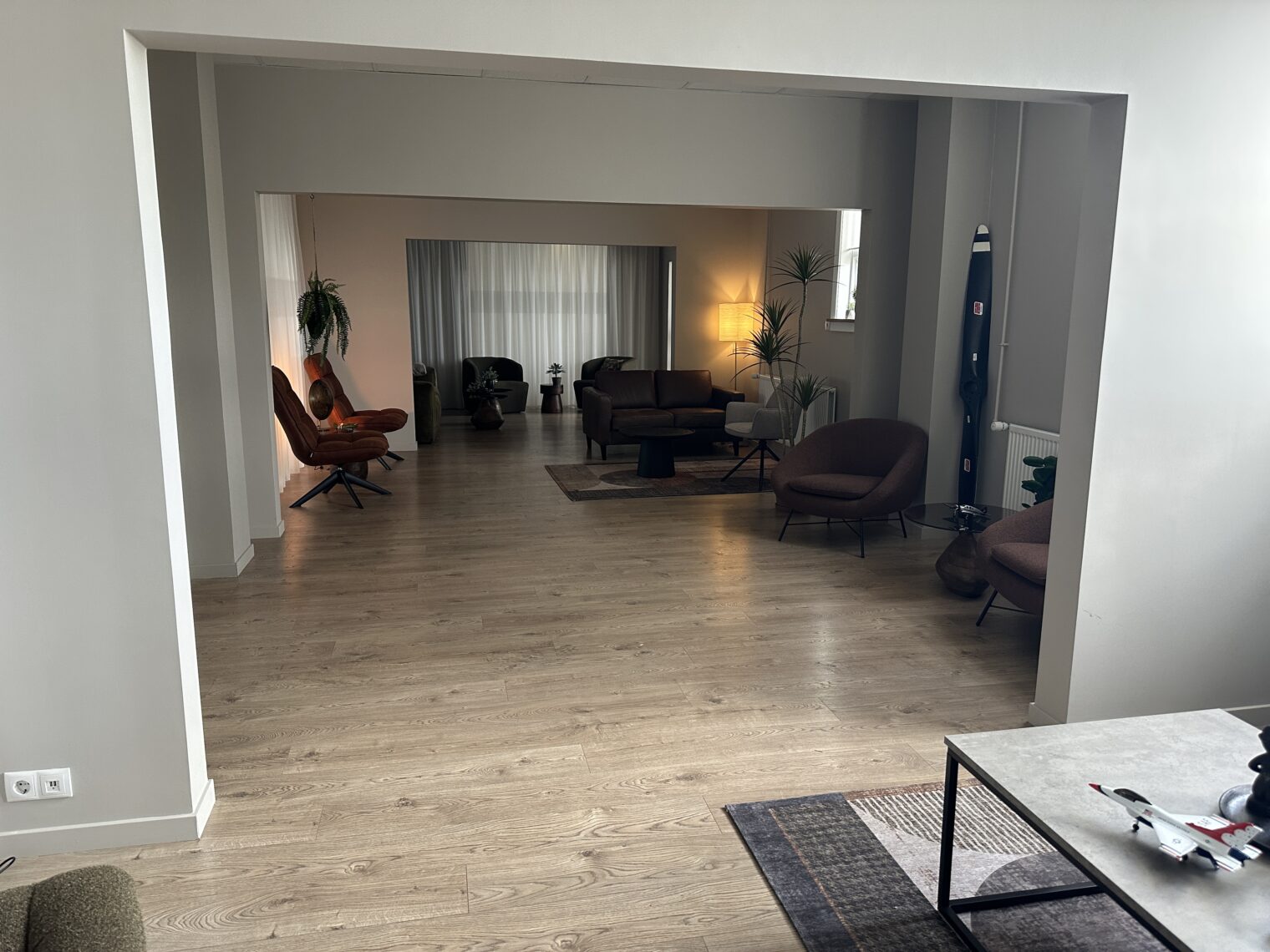
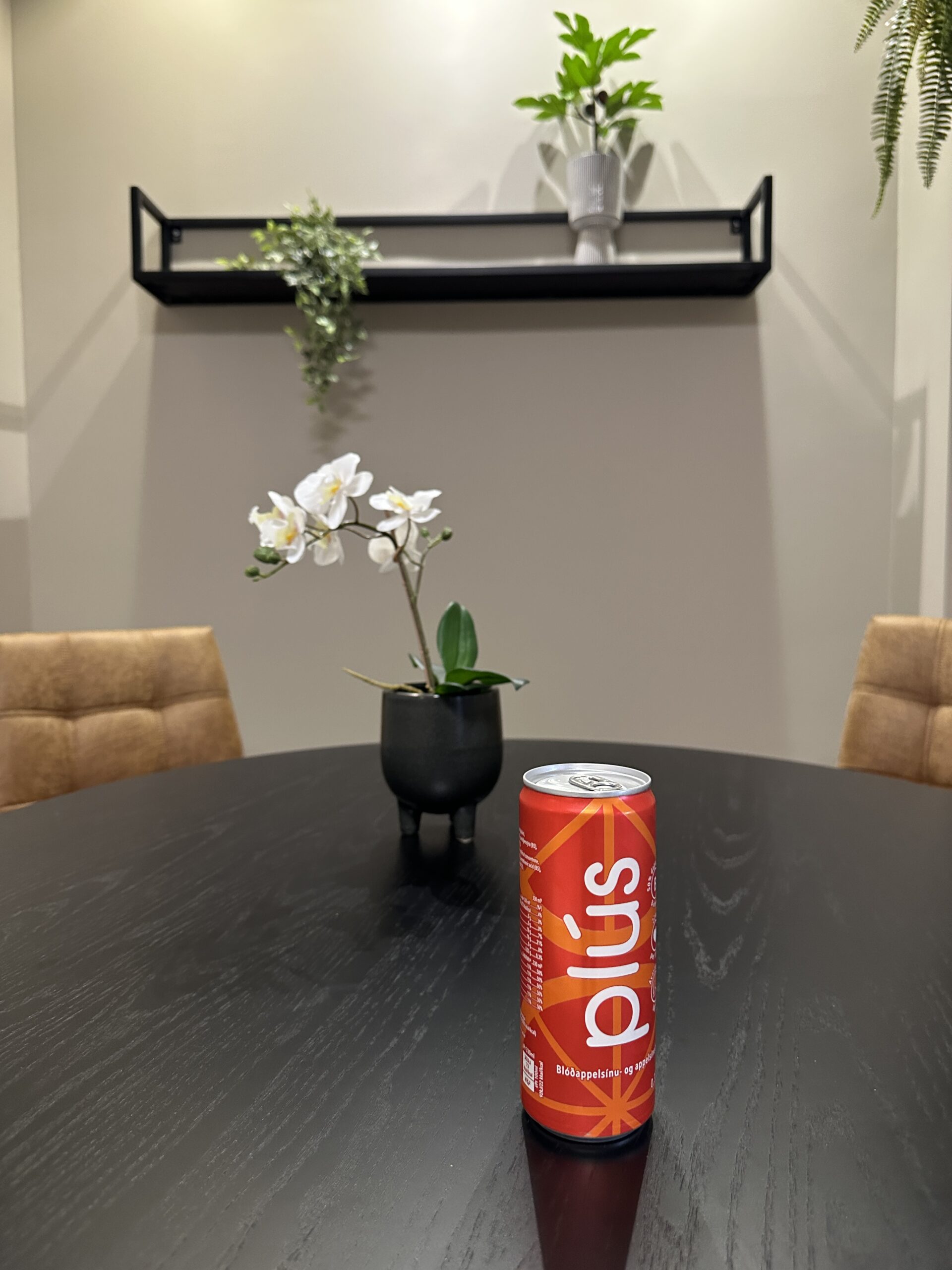
Here’s our beauty contestant on the ramp (n-number obscured):
(If you disagree that the Vision Jet is beautiful, remember that we crossed during the same week in which a person assigned male at birth was crowned the most beautiful woman in the Netherlands (BBC).)
The fuel truck in Iceland is more like a Mississippi River towboat with a fuel barge behind it:
It was then time to fire up and head for Greenland, another three-hour leg. The planning elves filed us for FL280. Our route took us directly over BGKK, an airport on the east coast of Greenland with a 4,000′ gravel runway. We could see a handful of buildings from the air, but nothing resembling a settlement.
Being “over land” in Greenland is not quite as comforting as it would be in the Midwest. Can you see a good place to land via parachute?
The weather had been forecast to be great for landing in Greenland, with ceilings of more than 5,000′. Nonetheless, the approach to the runway is right alongside enough terrain to get a pilot’s attention. Here’s our GPS approach on the Garmin G3000:
The closer to the airport you get, the more straightforward the view, but notice the mountains behind that would complicate a go-around or a departure:
Safety tip: fly every procedure as slow as possible. That gives you more time to think about whether you’re following the procedure precisely and, if you’re in an auto-everything aircraft like the Vision Jet, to see if the magic is set up properly.
Because only peasants who can’t afford a Falcon or Gulfstream would ever visit this airport in a private airplane, there is no FBO. Airline passengers are welcomed in a terminal, but light aircraft park in the middle of nowhere and are shuttled back to an airport management office to use the restroom or call CANPASS to report an expected arrival (only the pilot-in-command can do this and we waited on hold for 40 minutes; the regulars told us that this Canadian government service went downhill during coronapanic and never recovered).
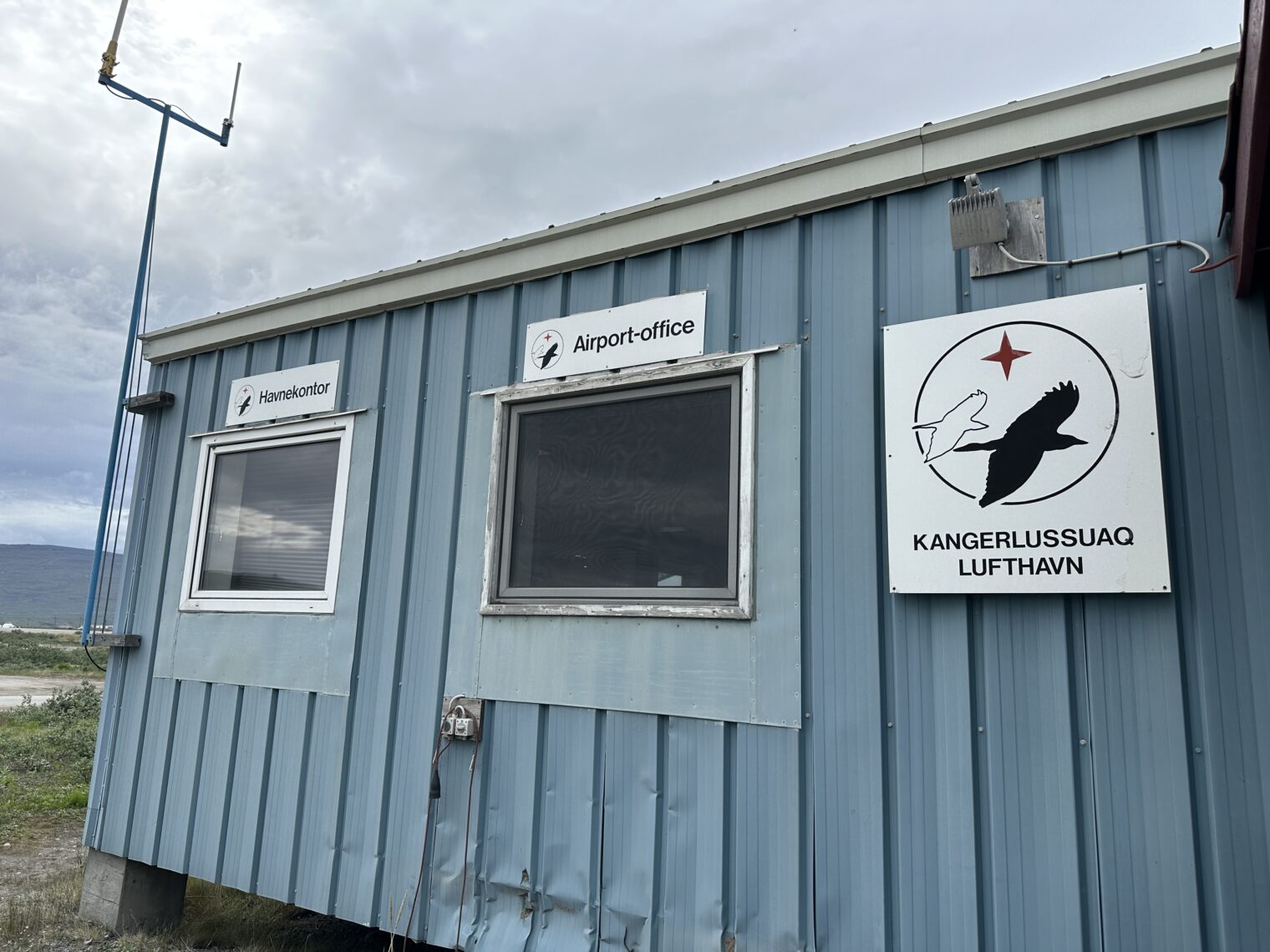
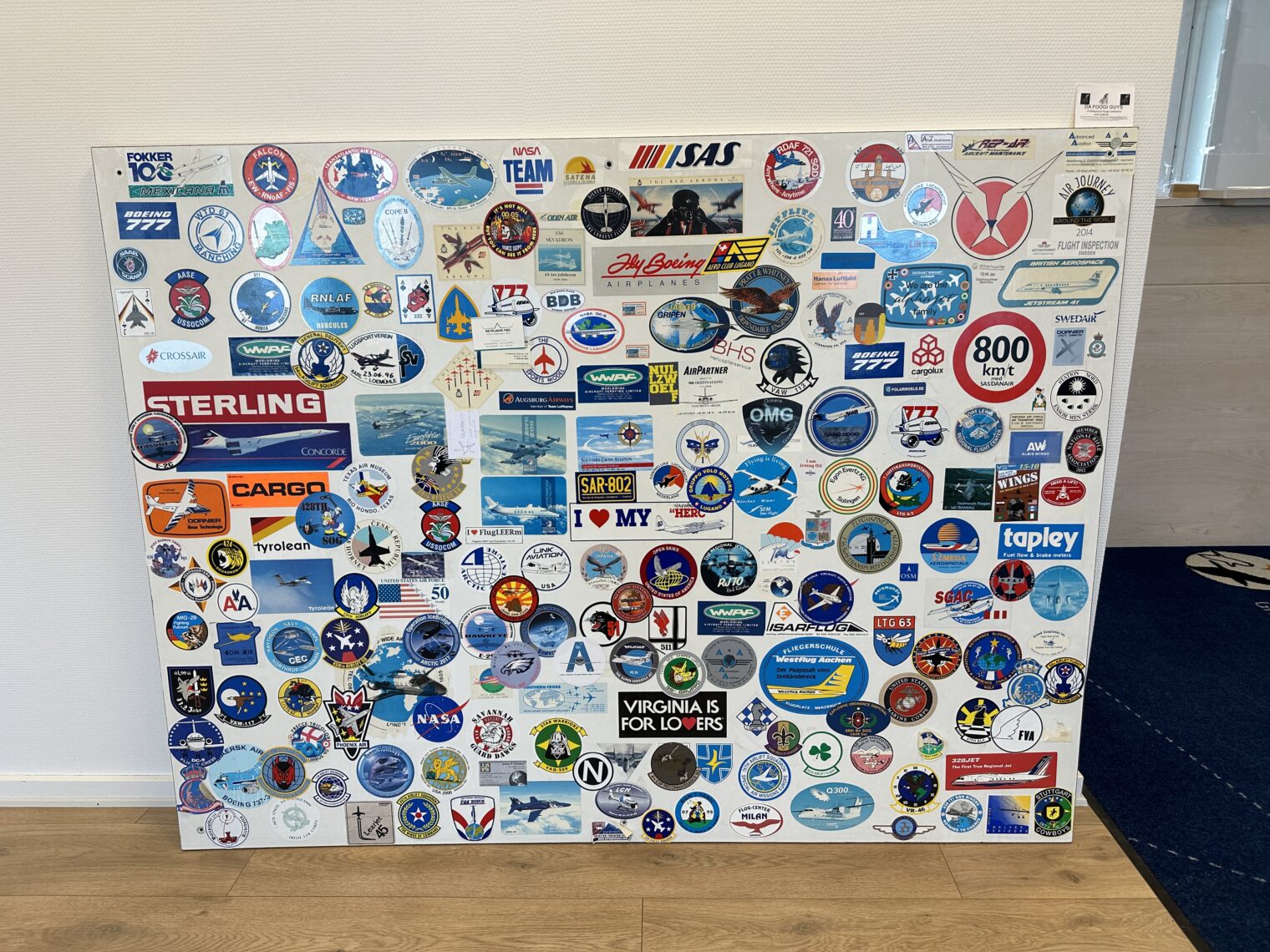
(Don’t tell anyone, but our passenger escaped to the side of the ramp for her own restroom action.)
BGSF is an inefficient airport because everyone tries to land 09 and depart 27 (in from the fjord and out toward the fjord). We had to burn fuel on the ramp for about 20 minutes before the arrivals were all down and it was our turn to depart opposite direction (the wind was actually favoring 27). This is another good reason not to plan on a maximum range leg out of BGSF.
It is always nice when the last leg of the day is the shortest and the final leg to CYFB, which was forecast to be reasonable VMC, was uneventful until we got the weather report… clouds at 200′ above the runway and visibility roughly 4,500′ down the runway. The approach minimums are 200′ and 4000′ of visibility. It would have made sense to go somewhere else except that there isn’t a lot else around. Fortunately, as I pointed out to our planners (channeling the New York Times; see also this story about the invention of computer programming), we could thank the female engineer who invented approach lighting. Runway 34 is equipped with approach lights that a pilot will be able to see at 200′ above the ground even when visibility
Full post, including comments
